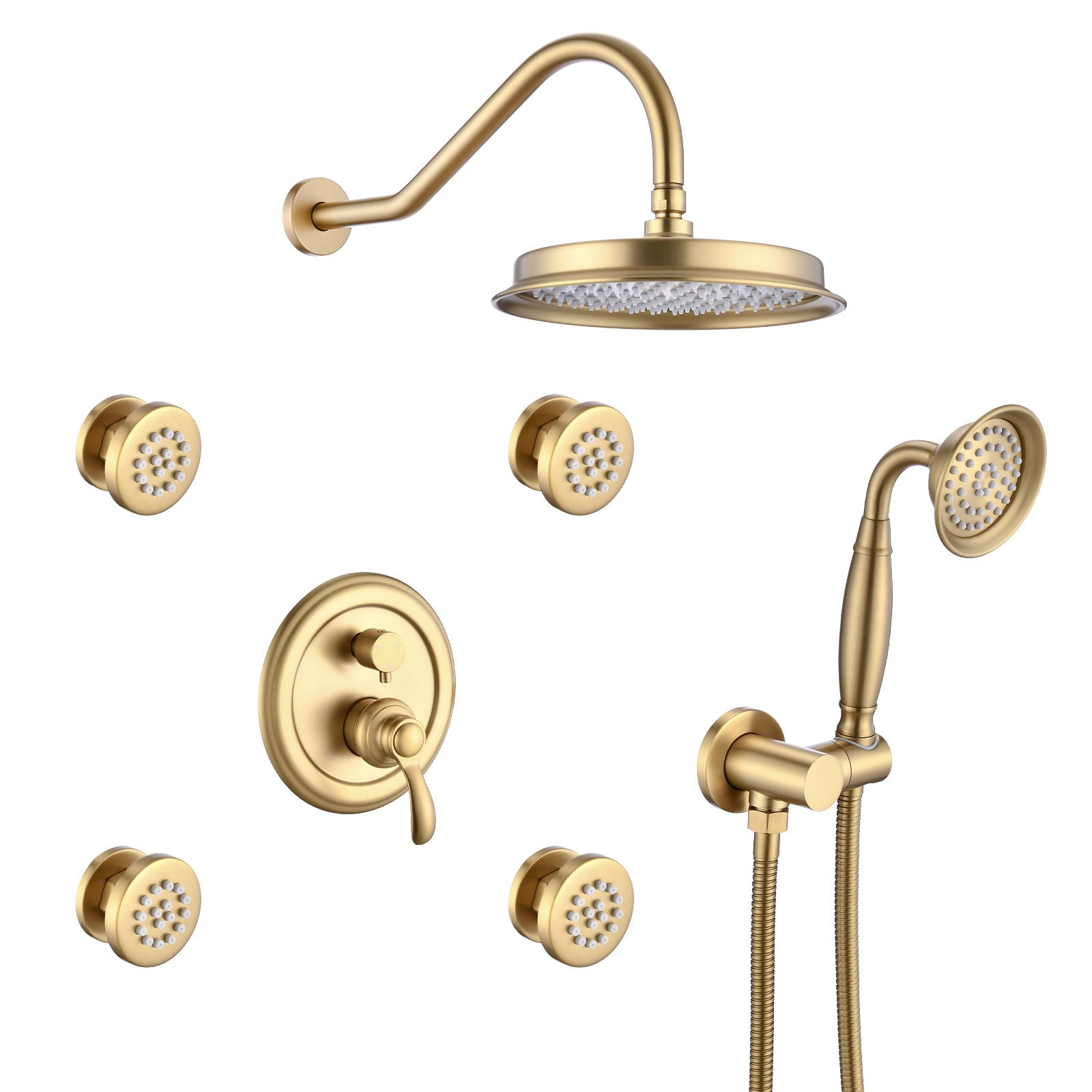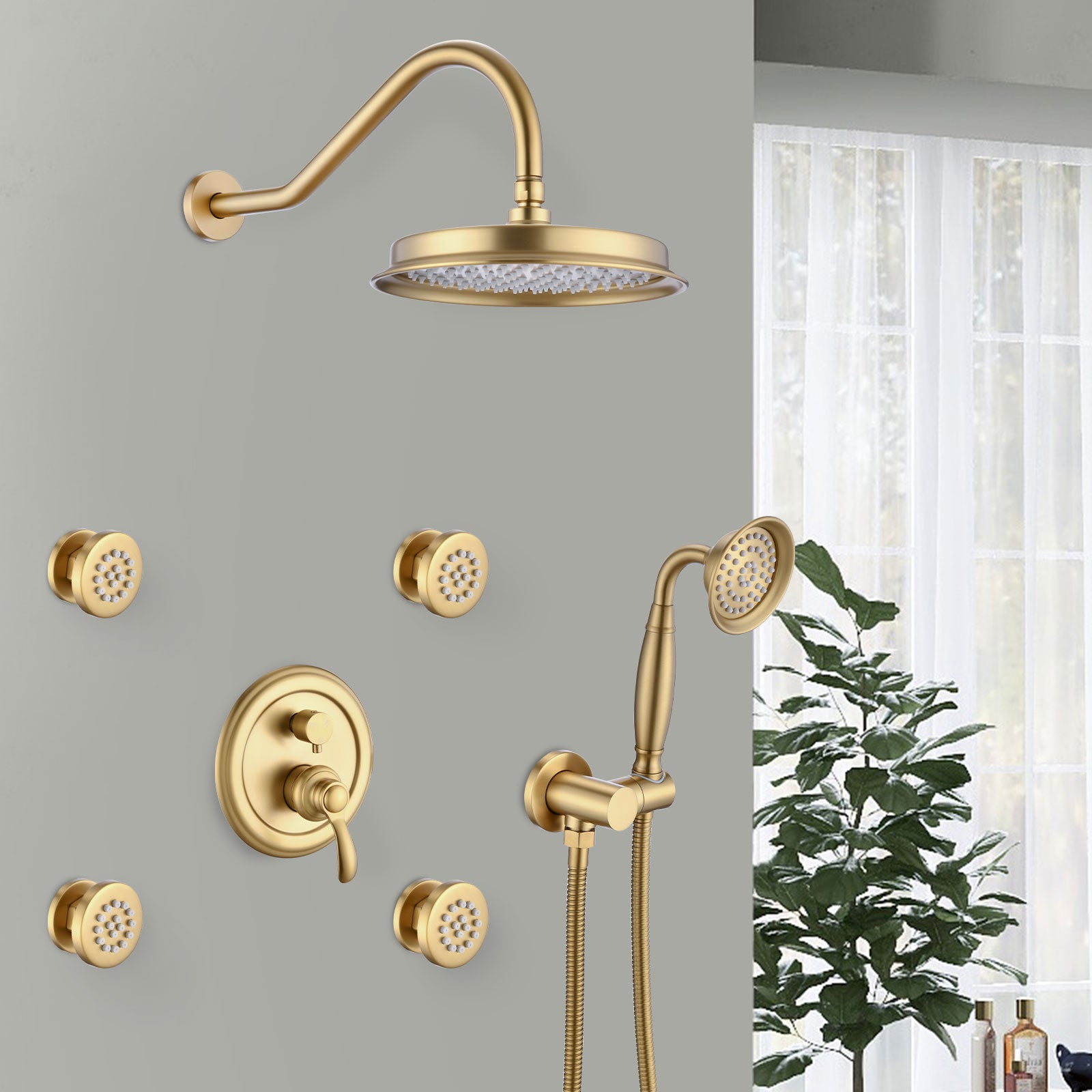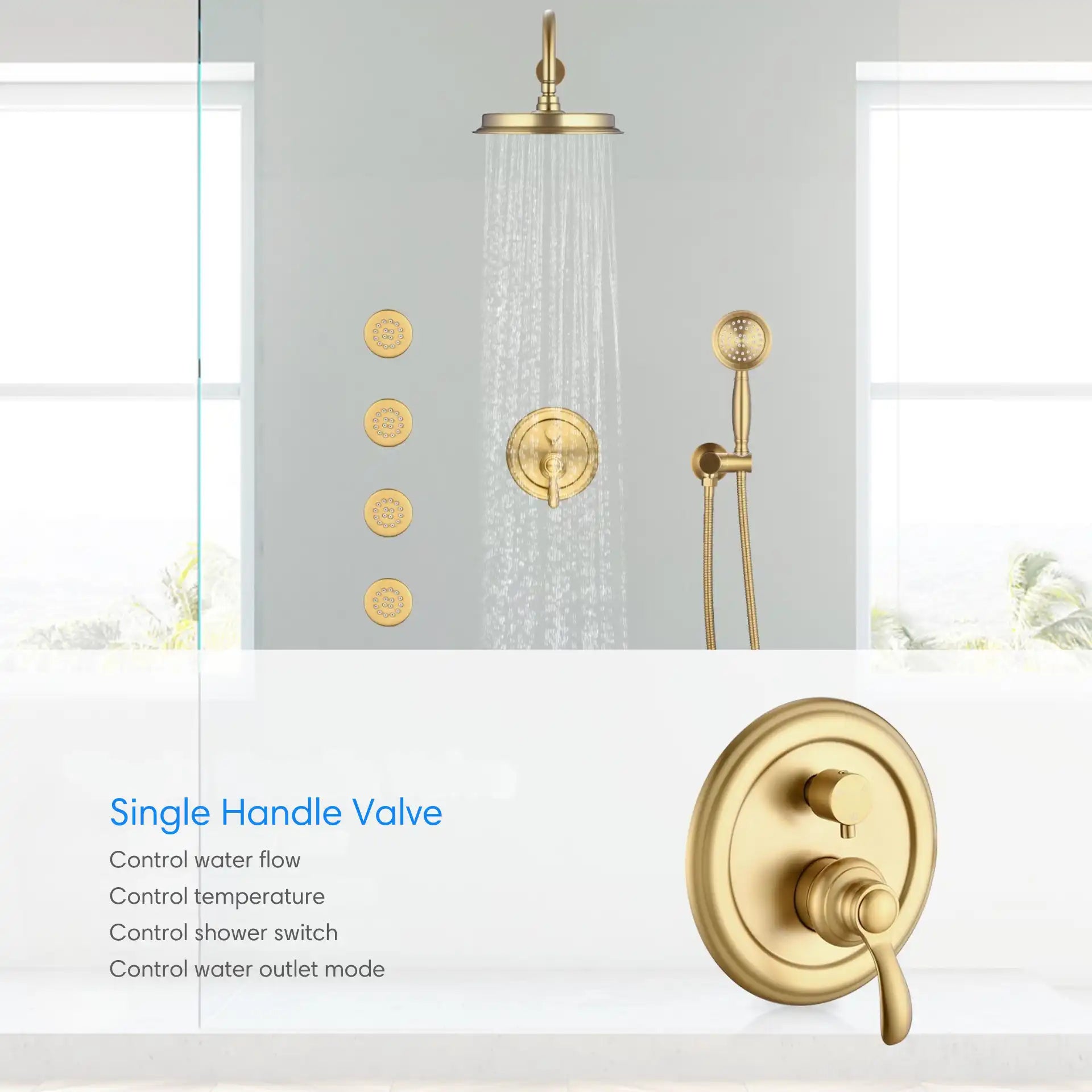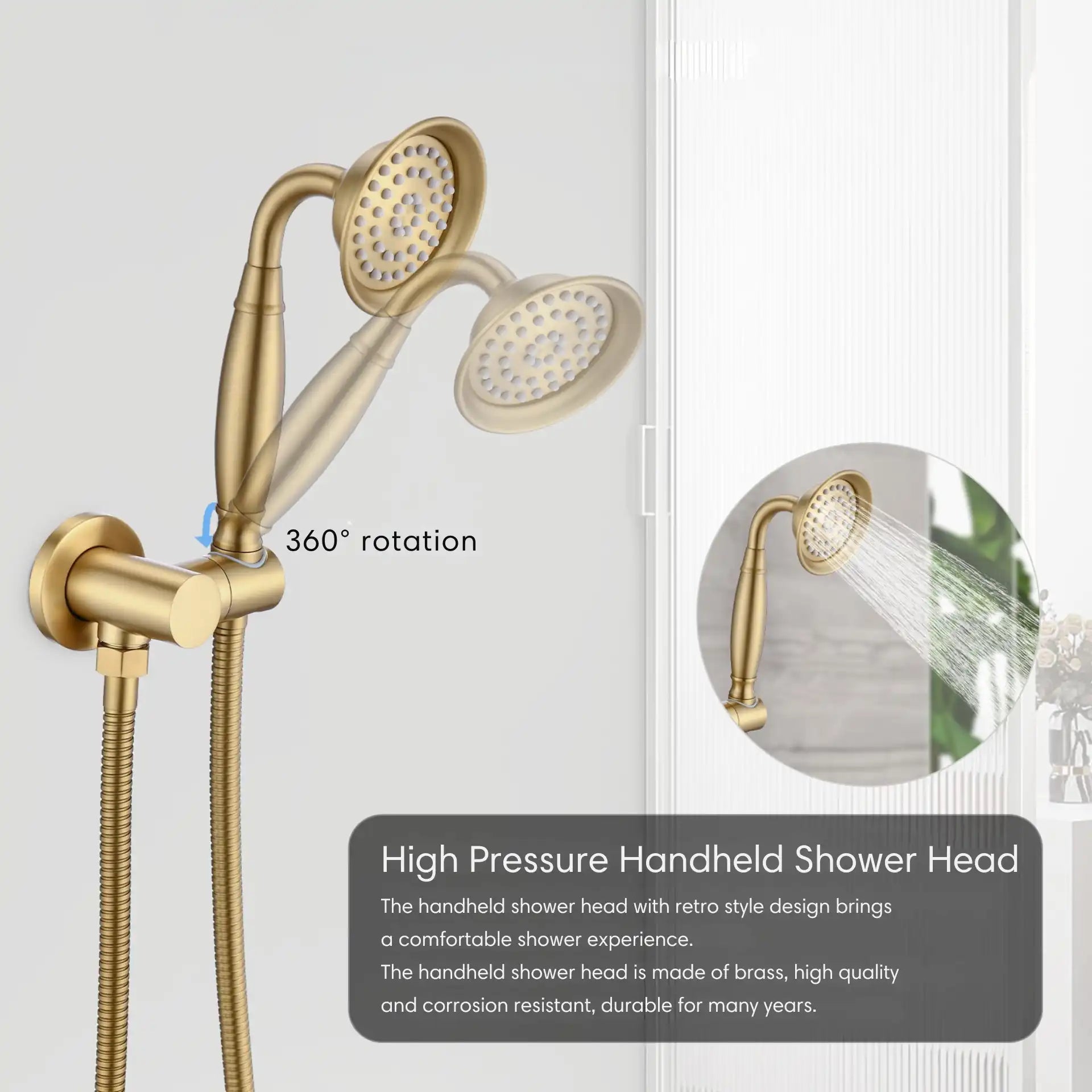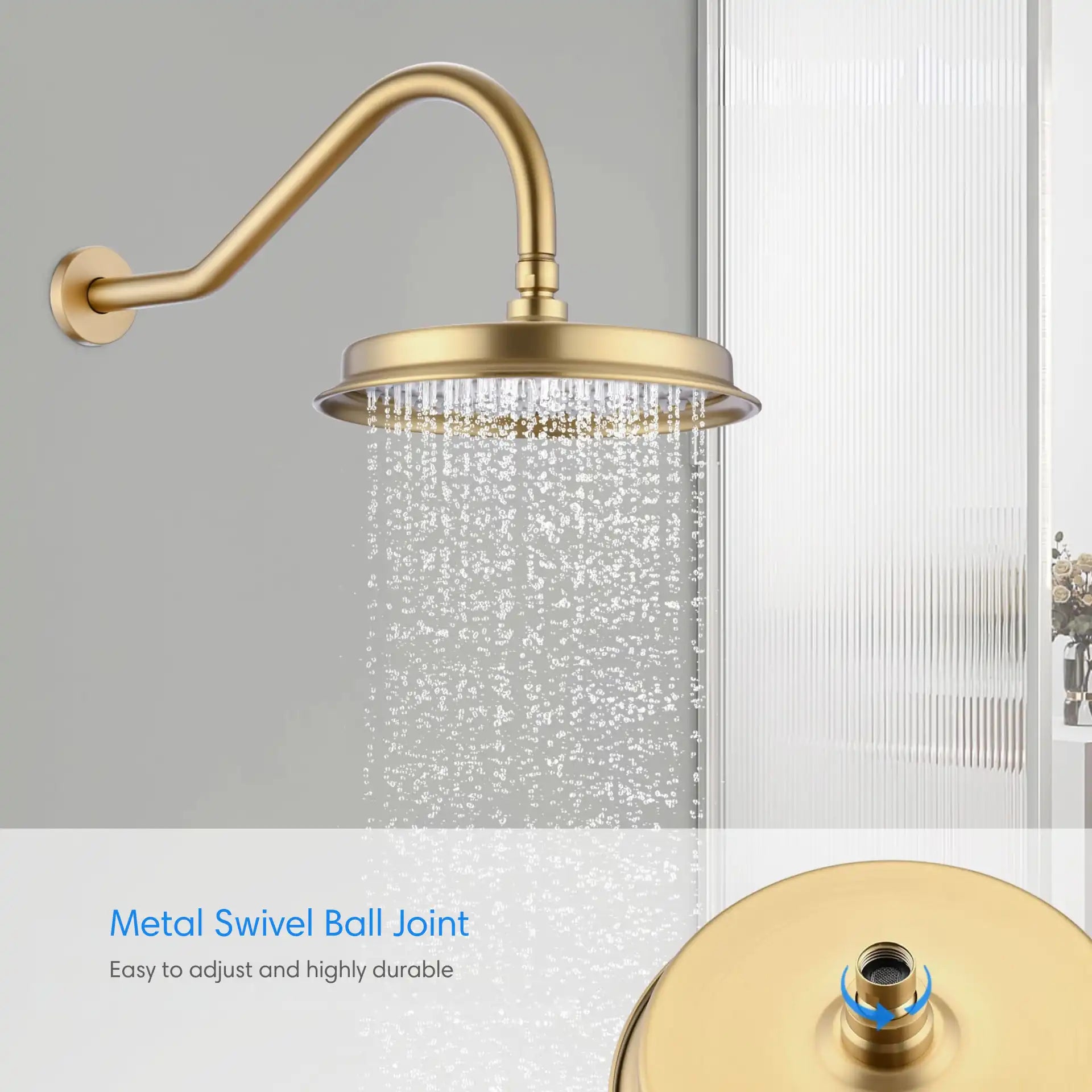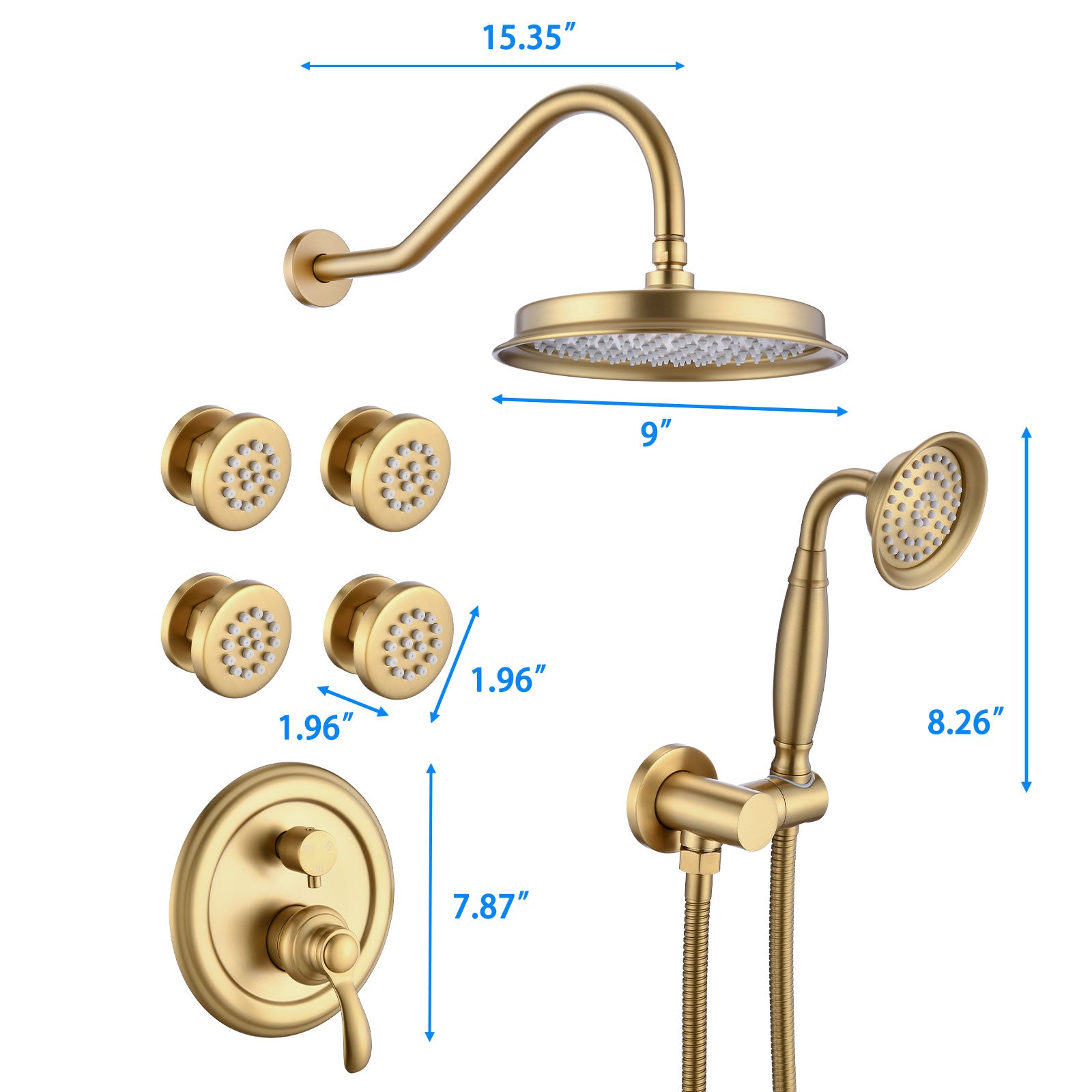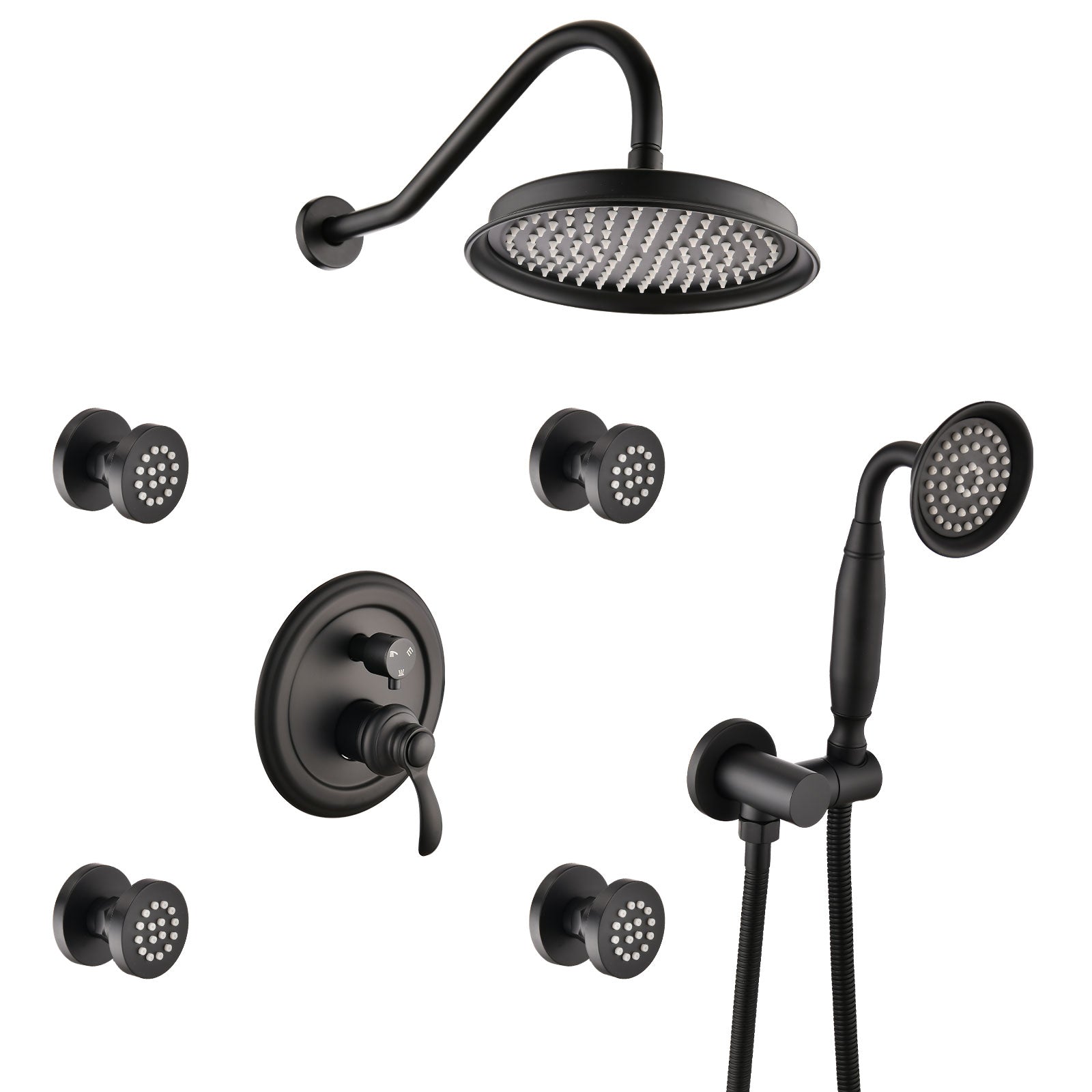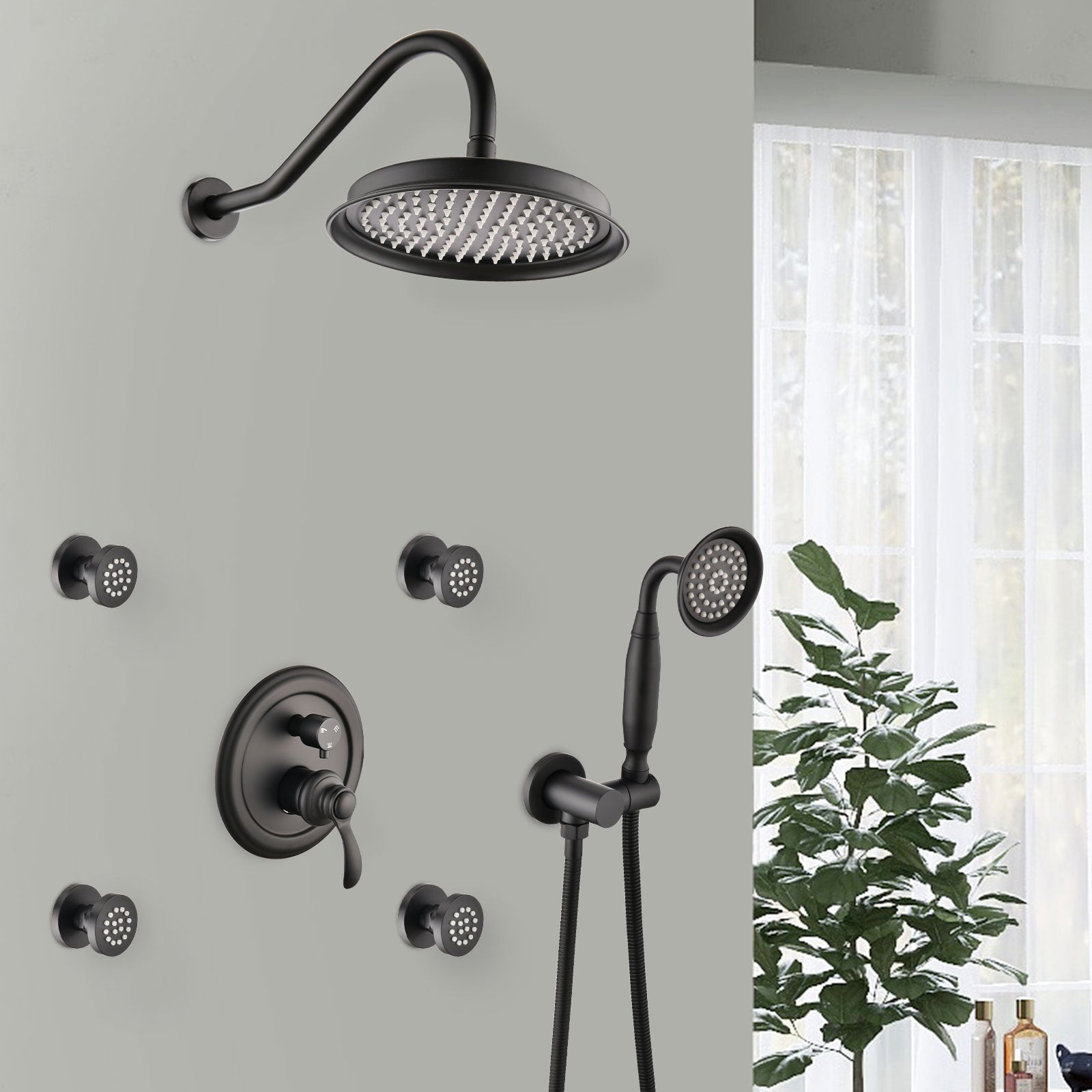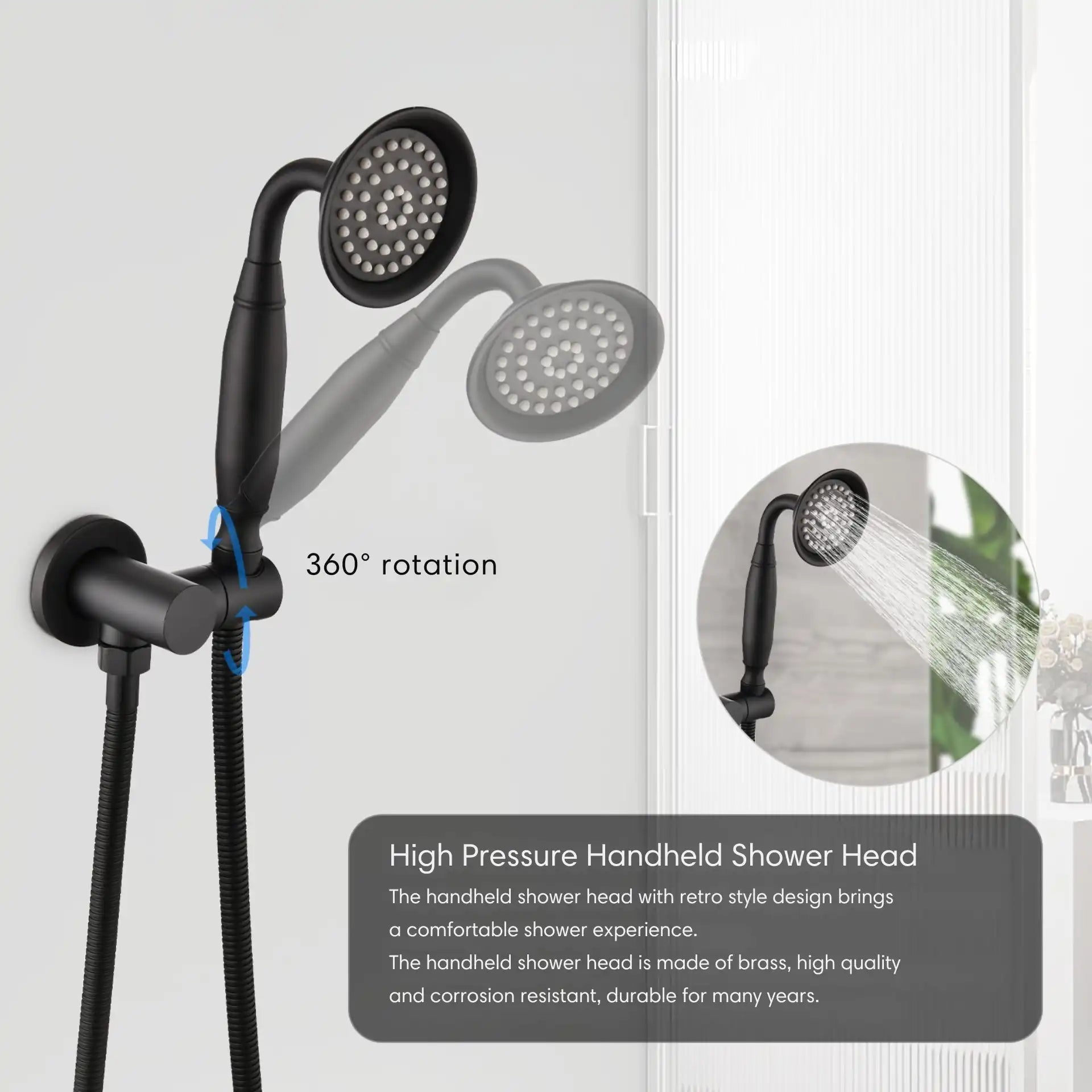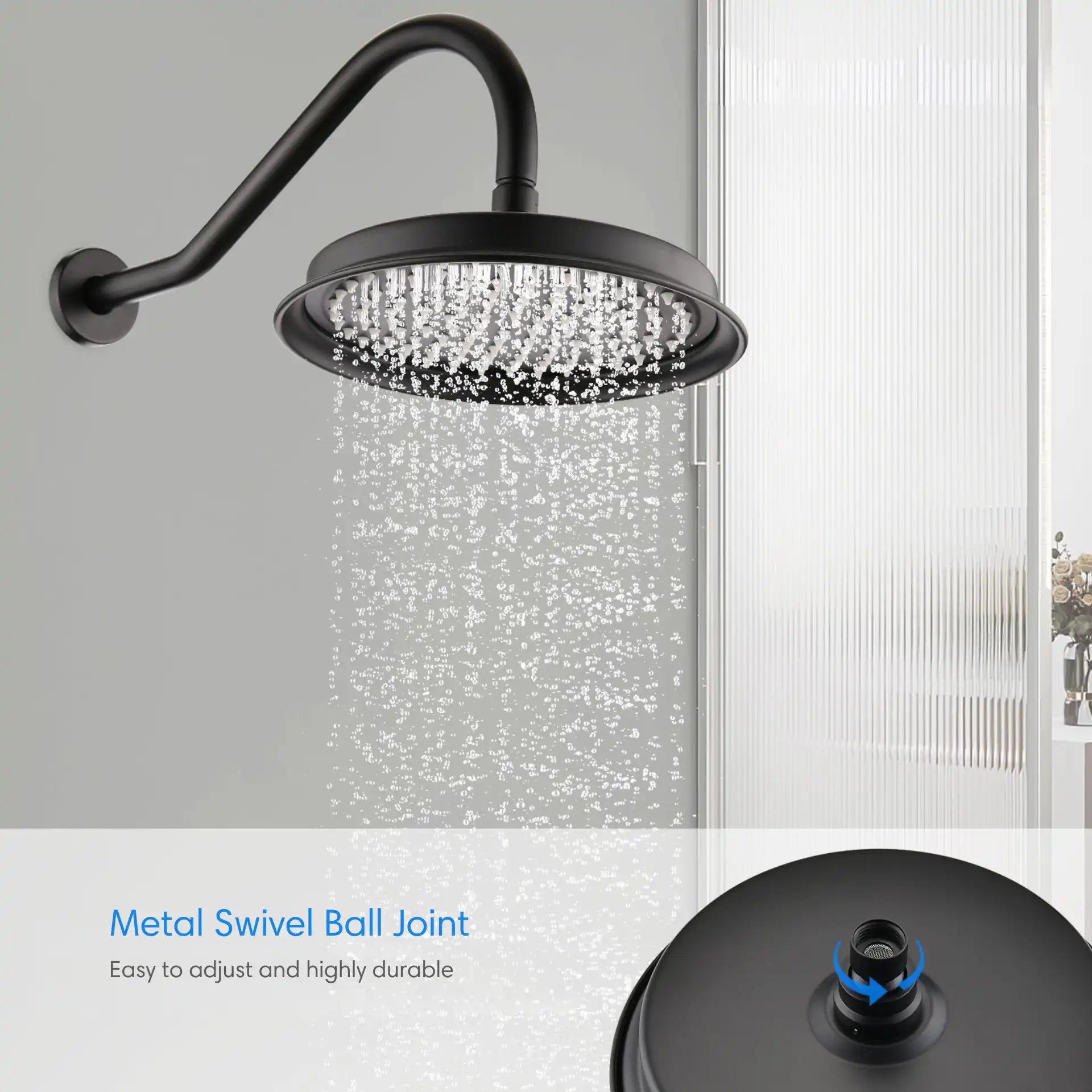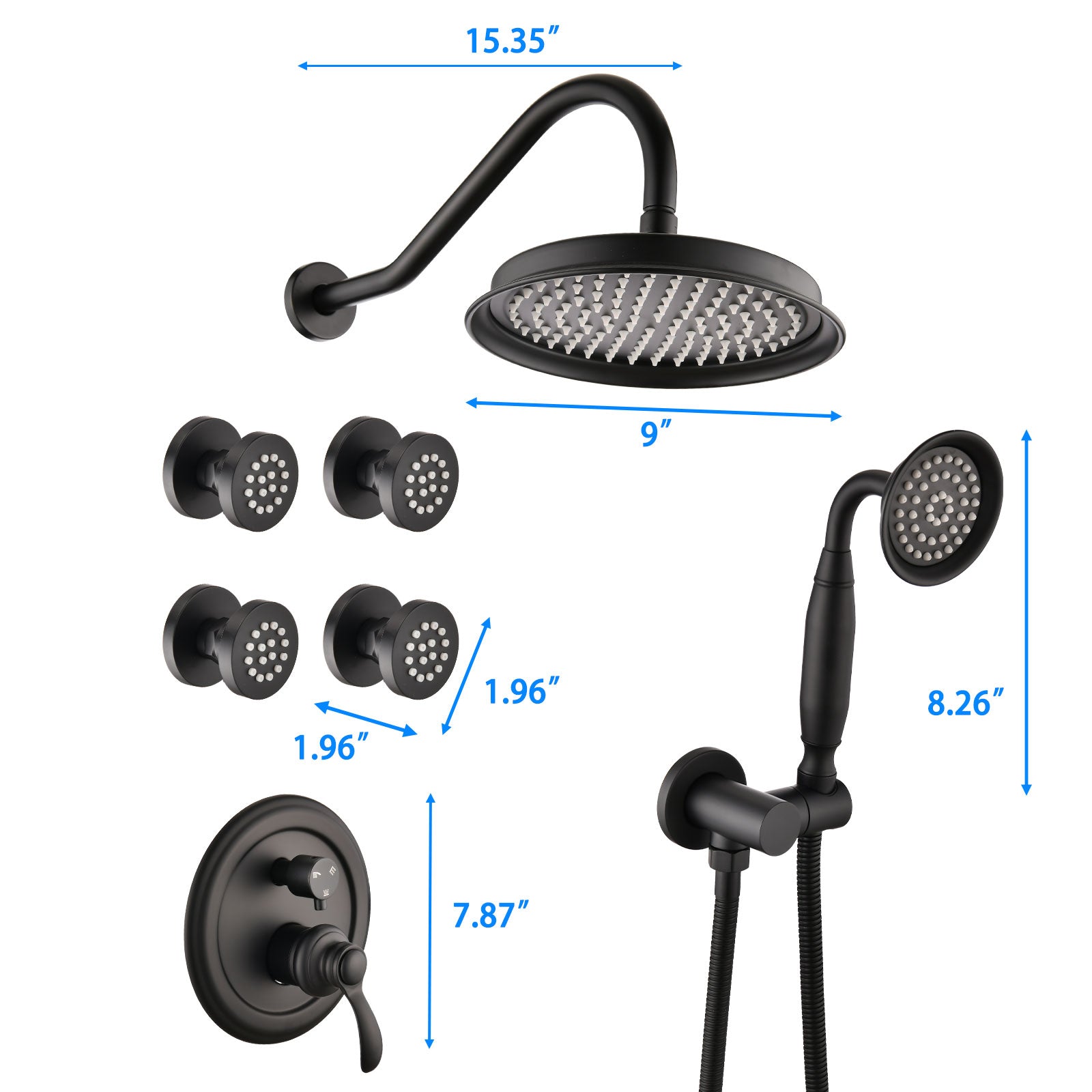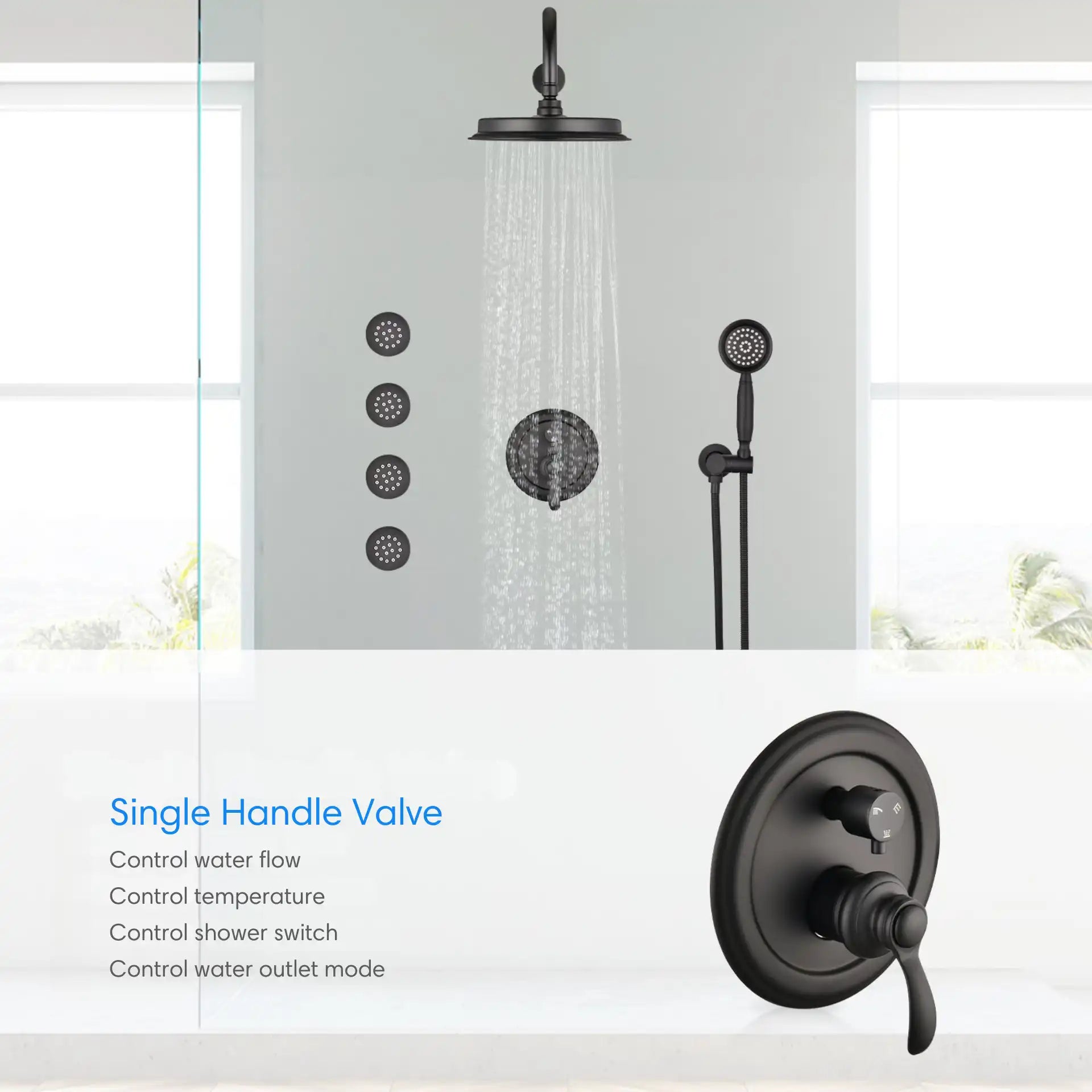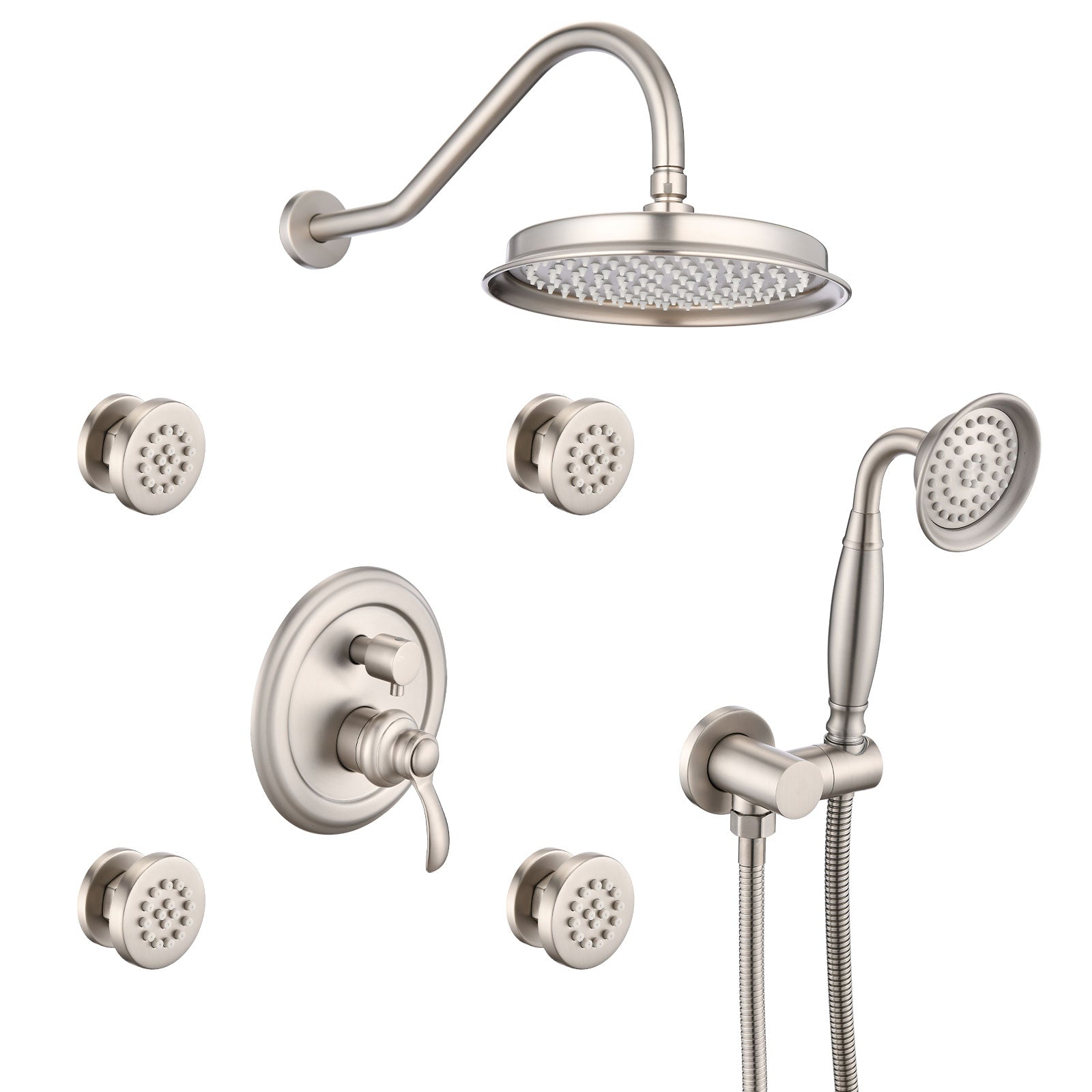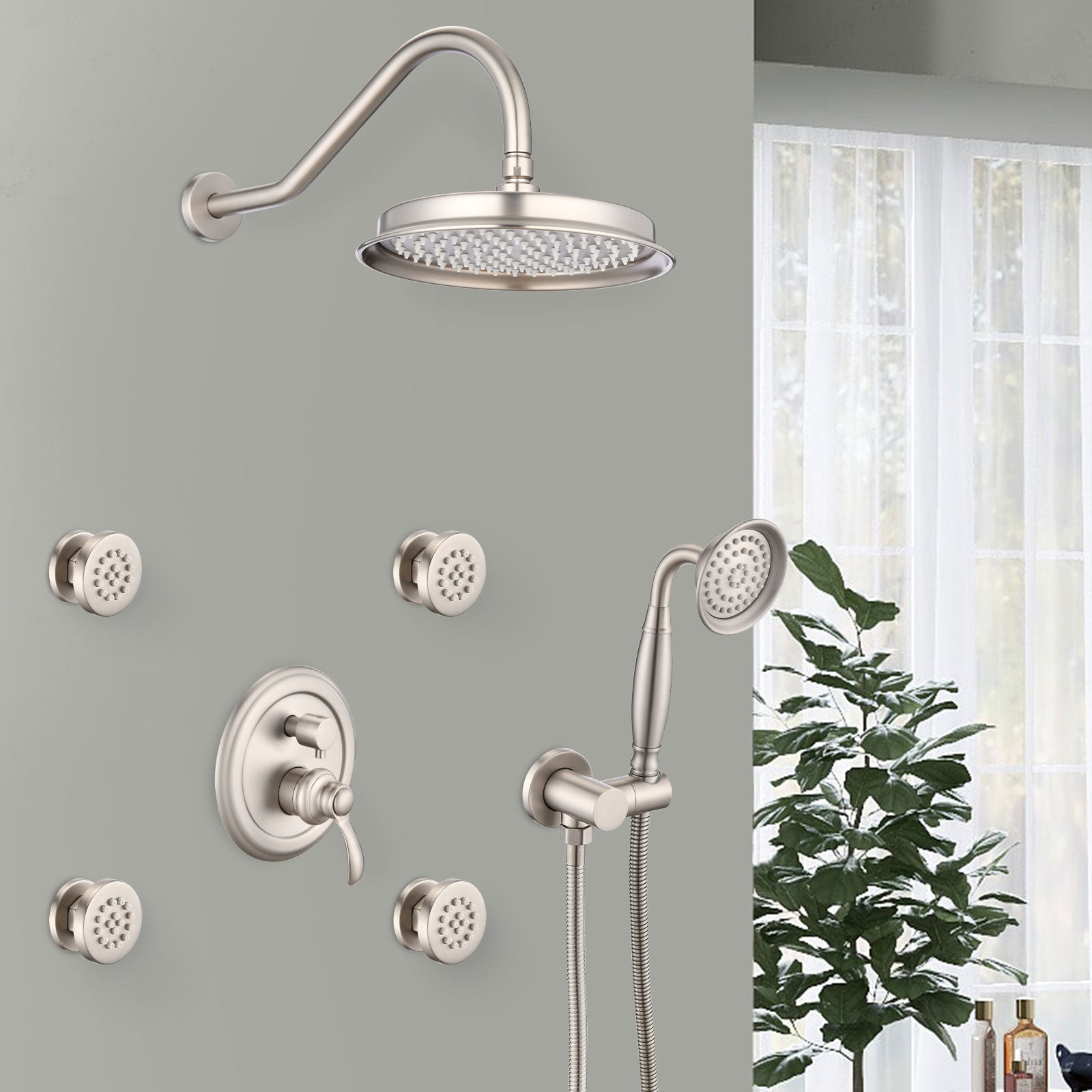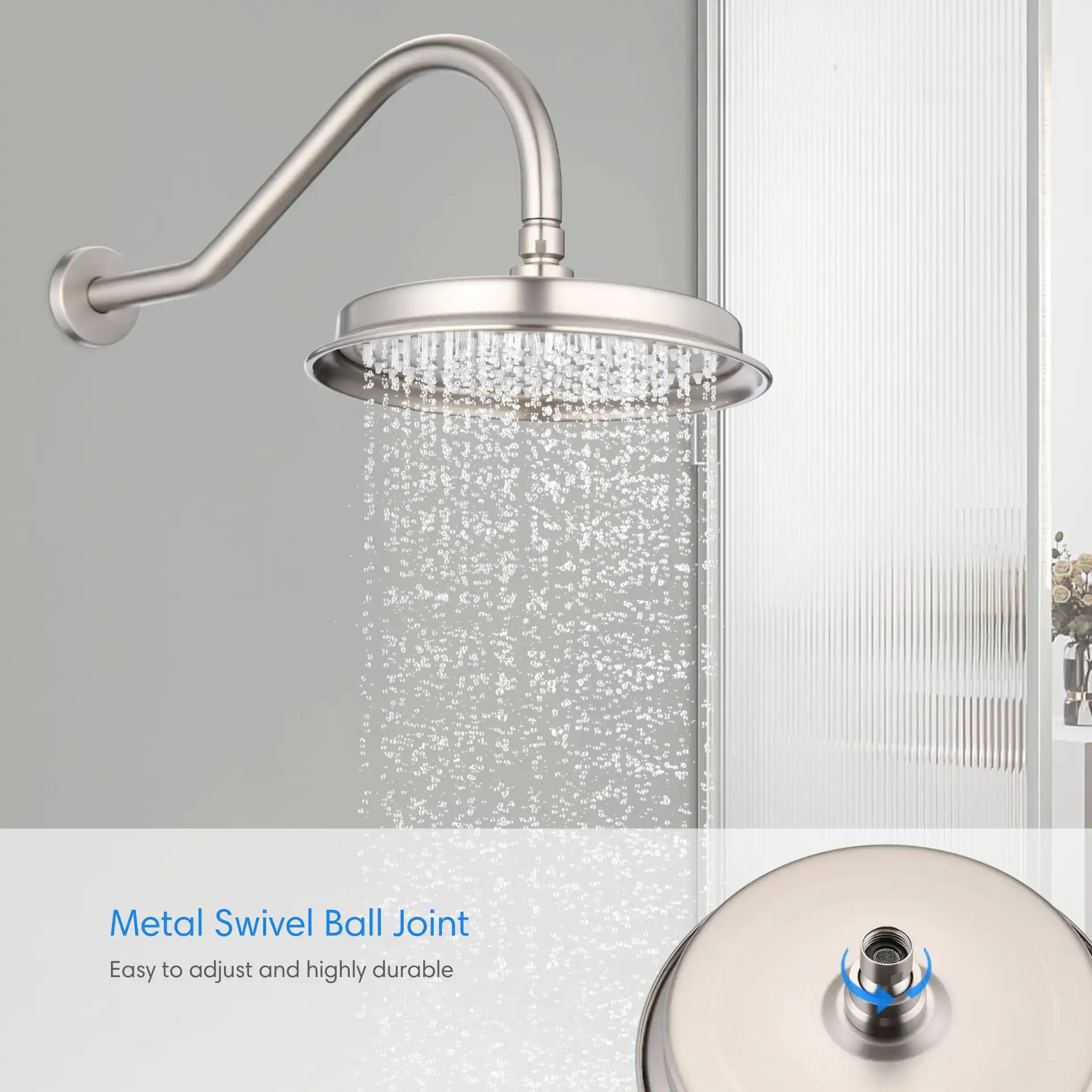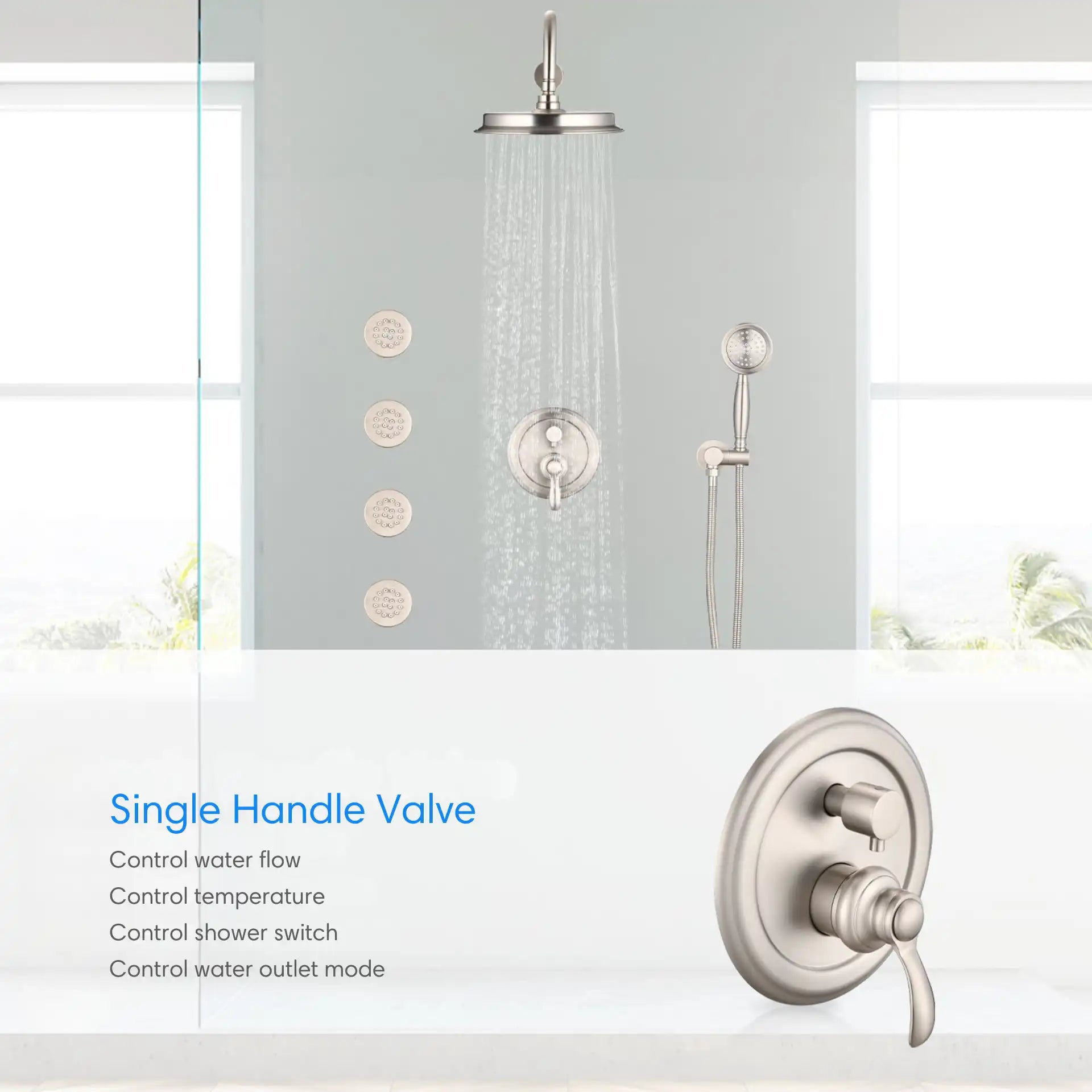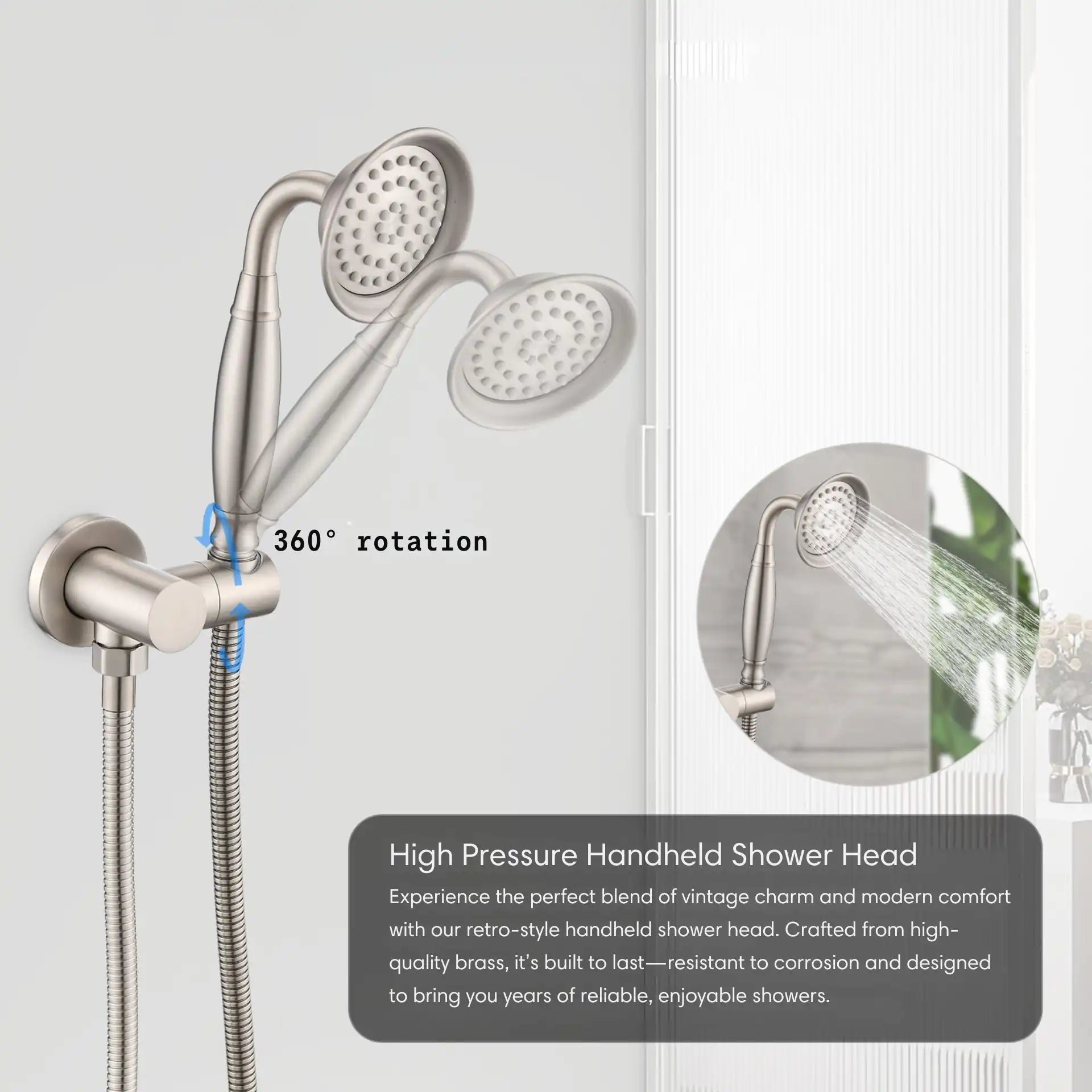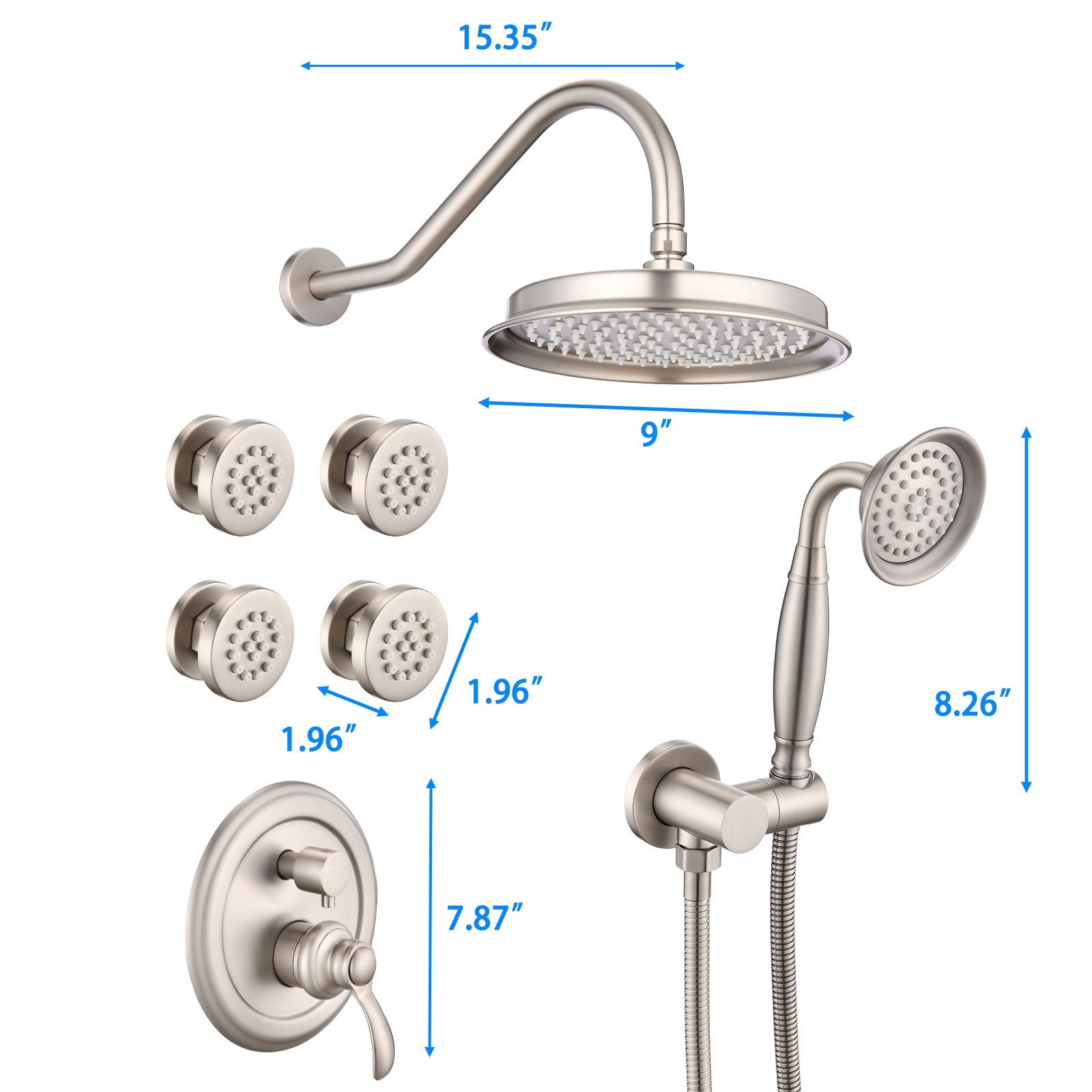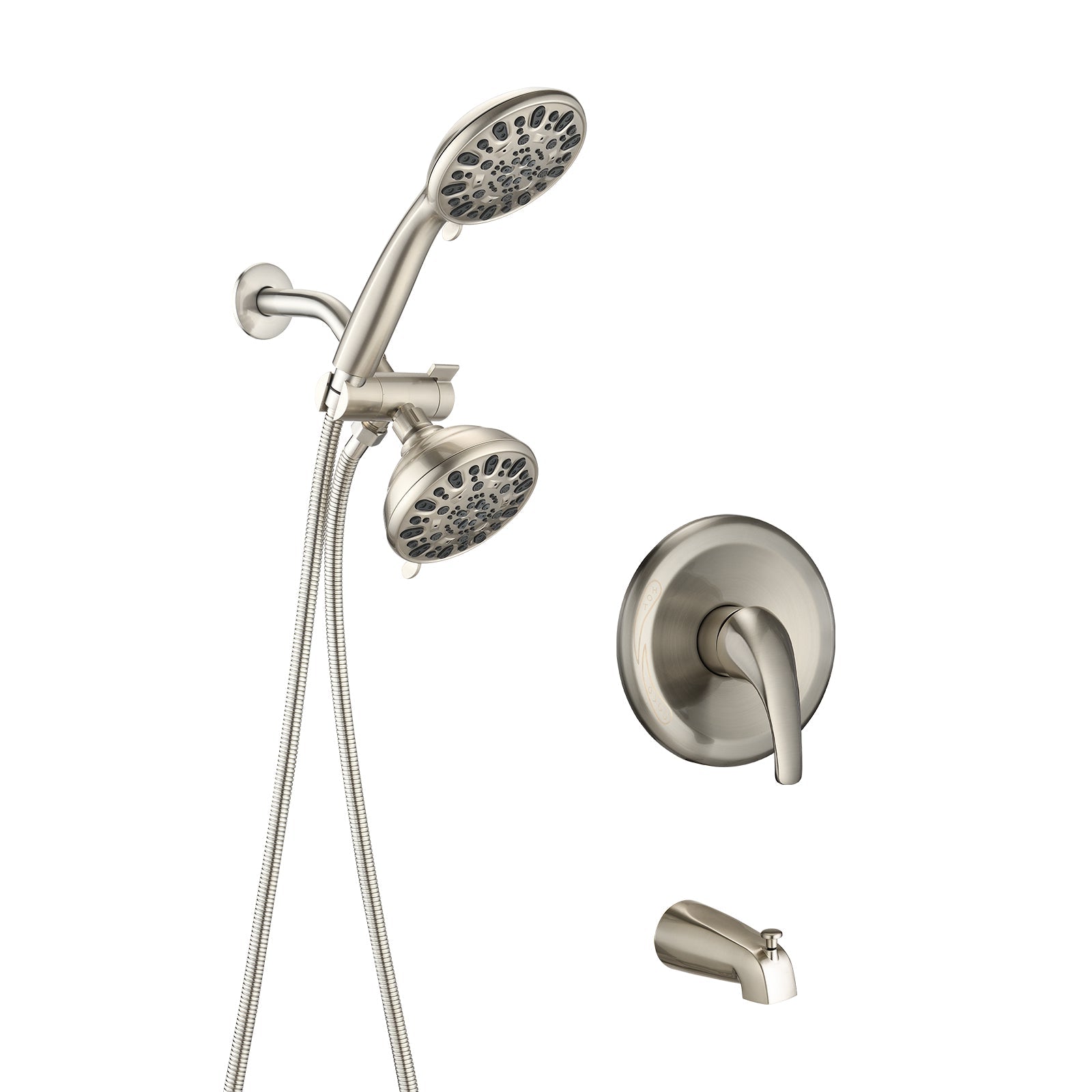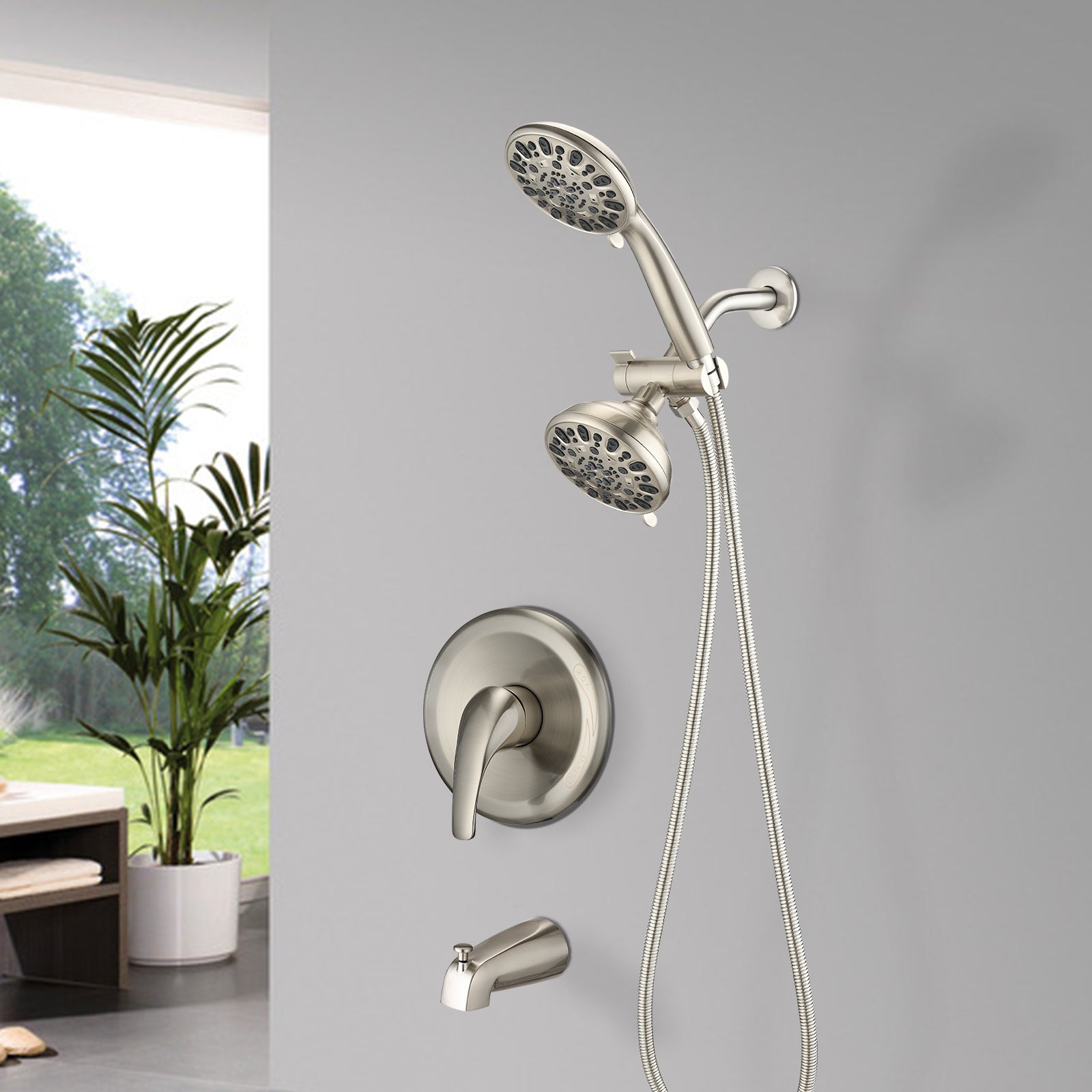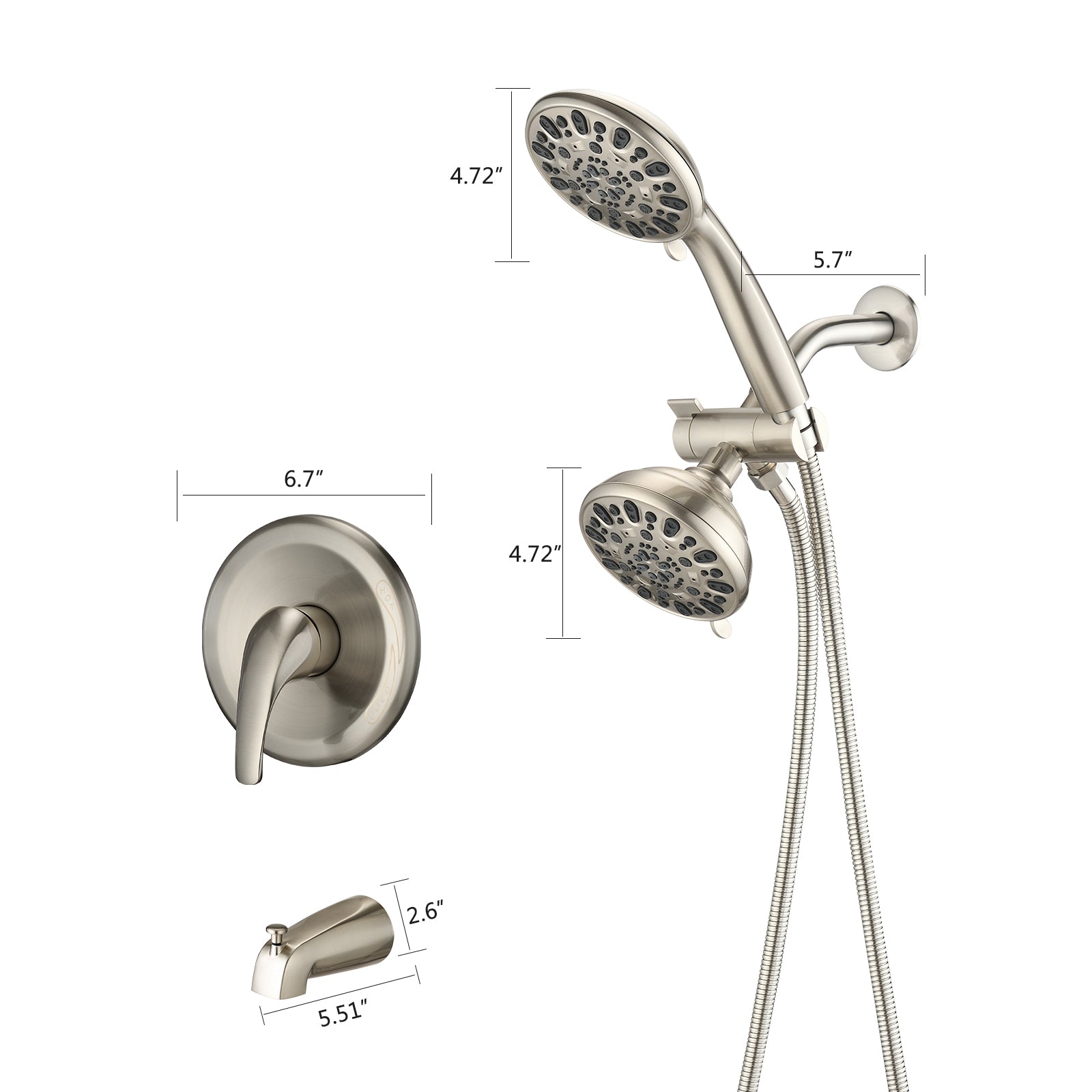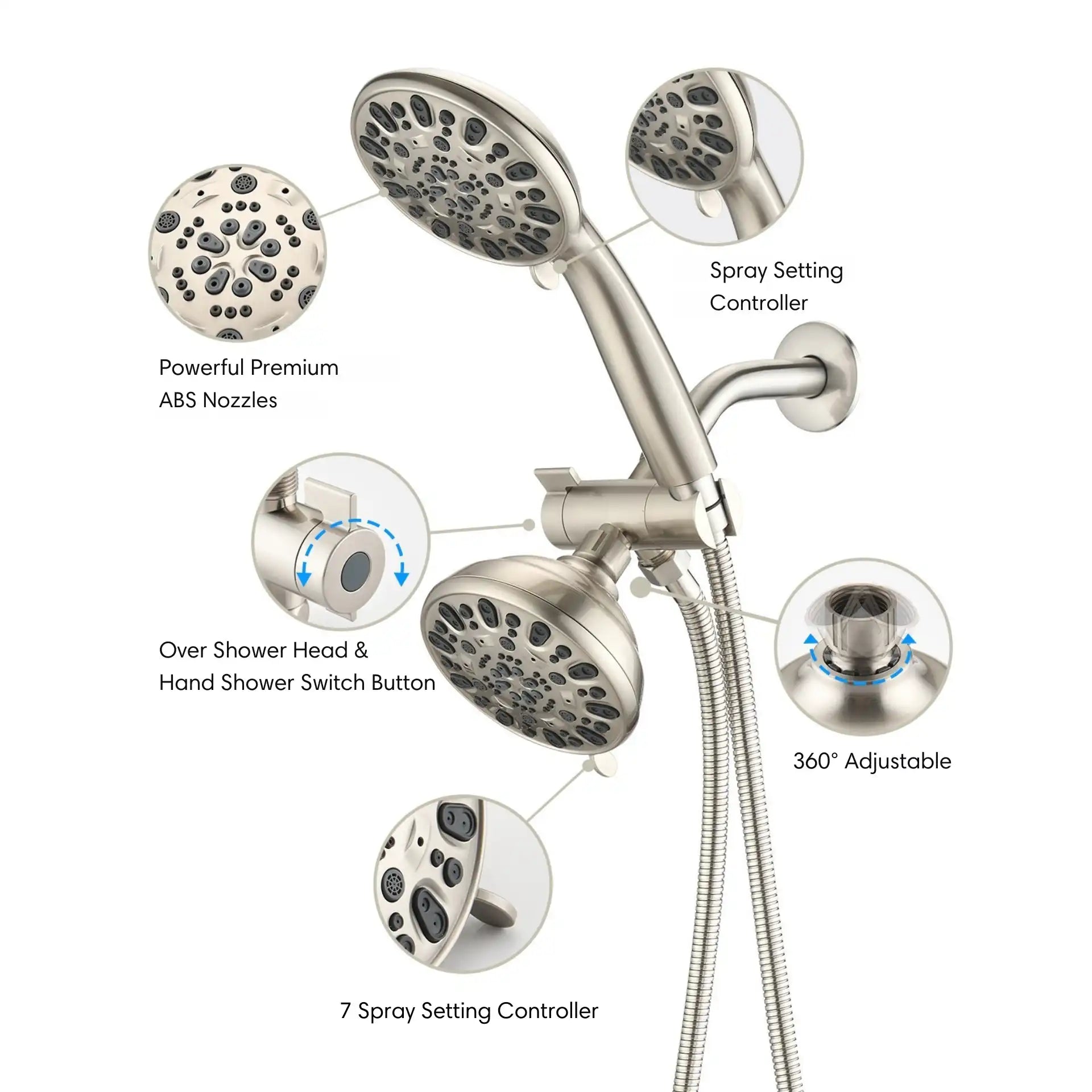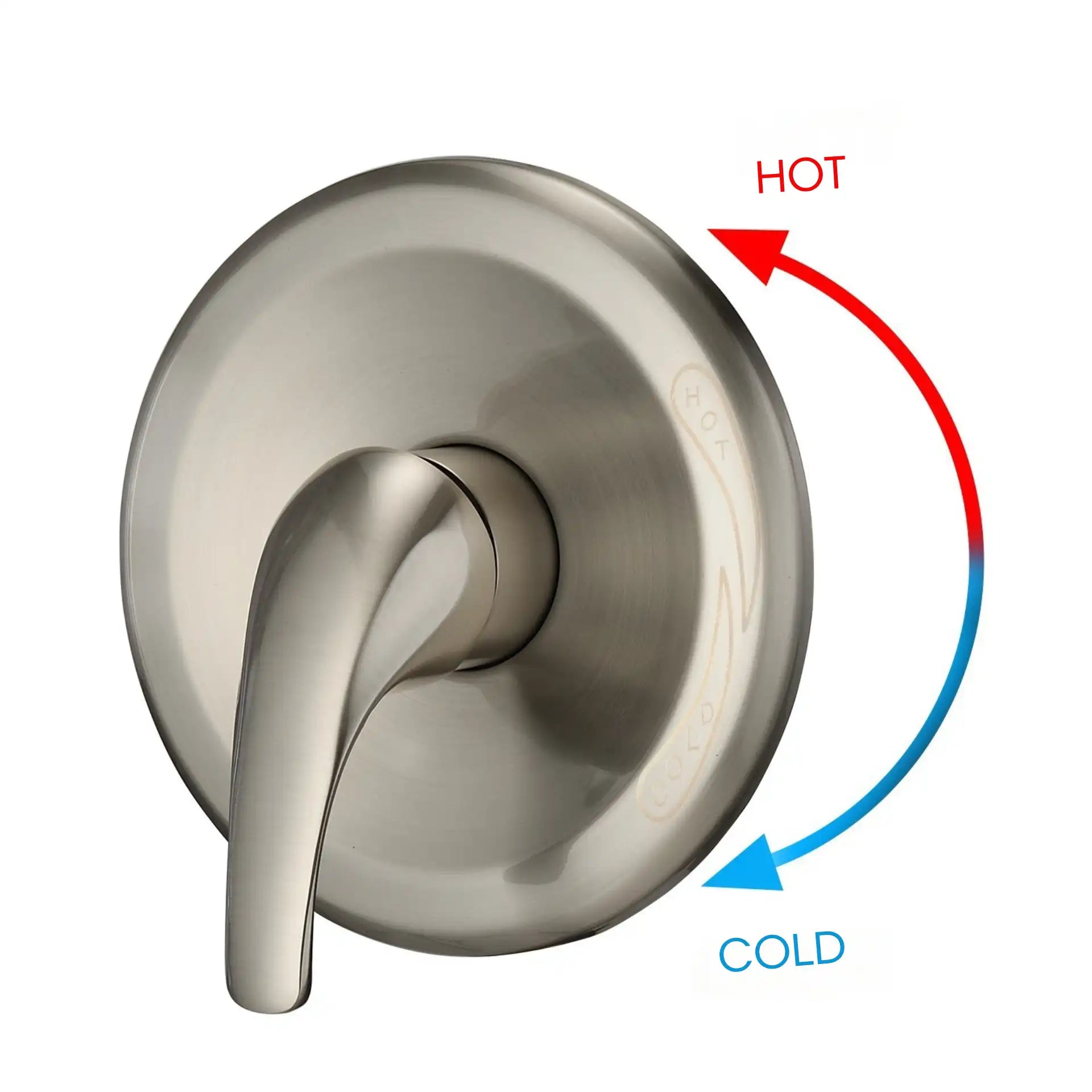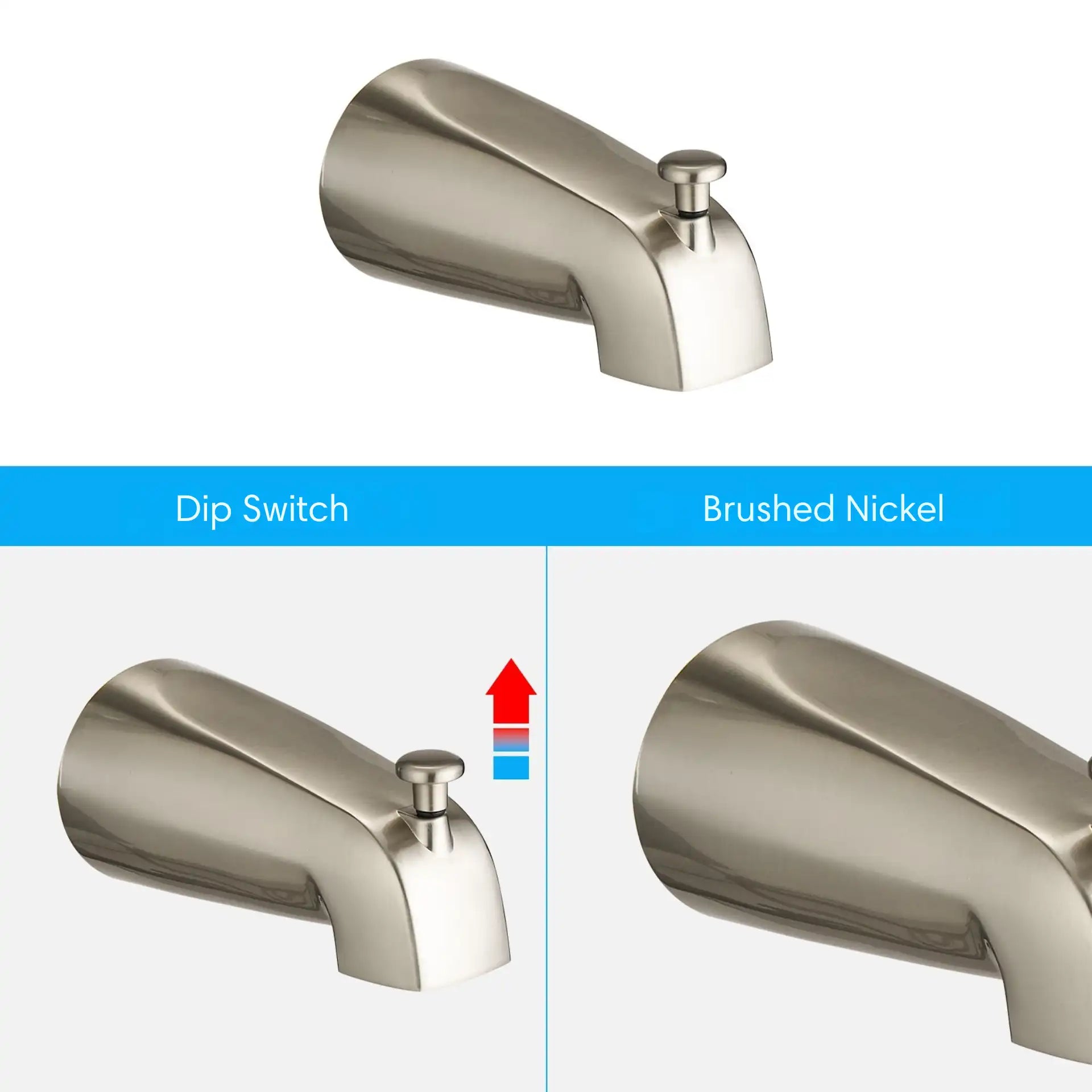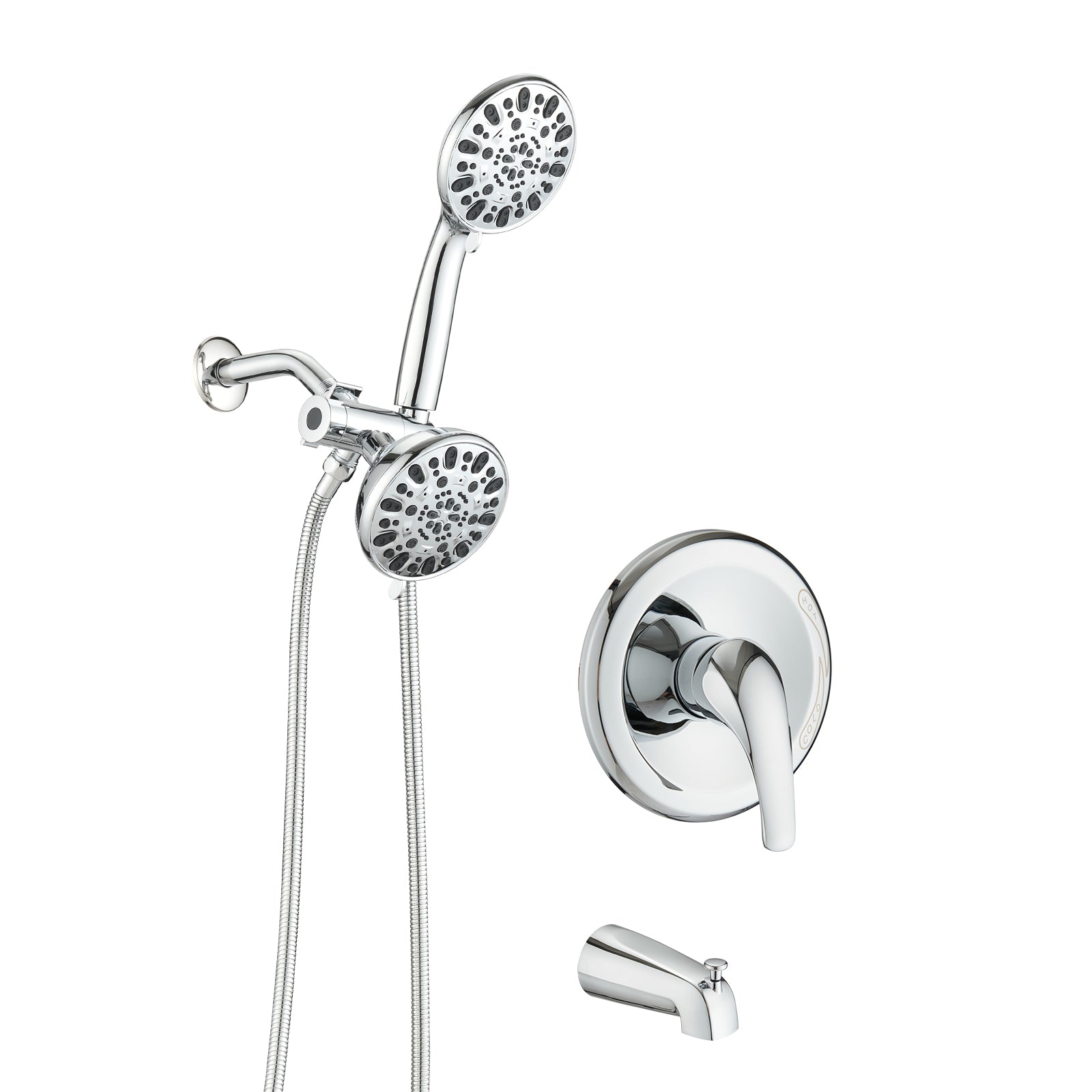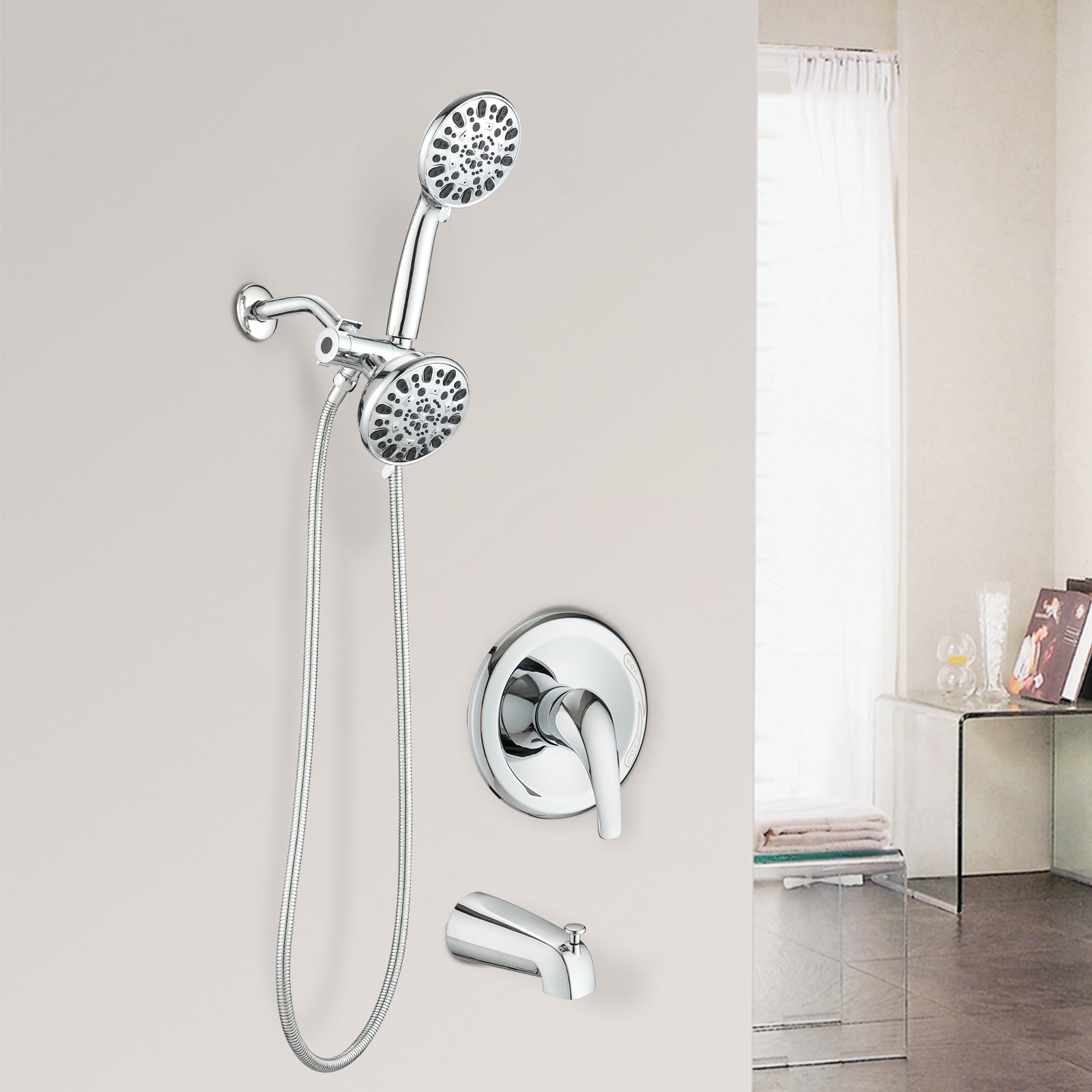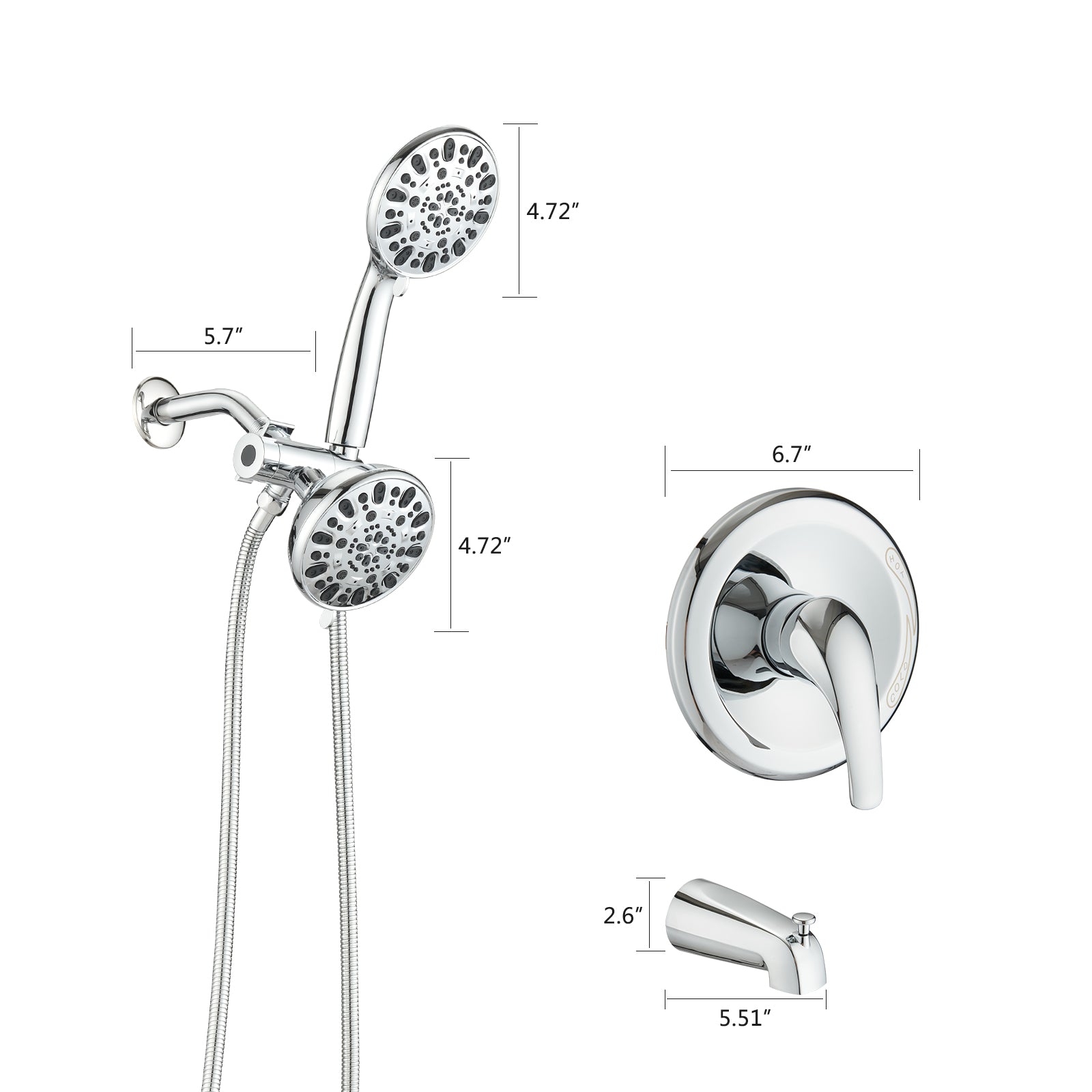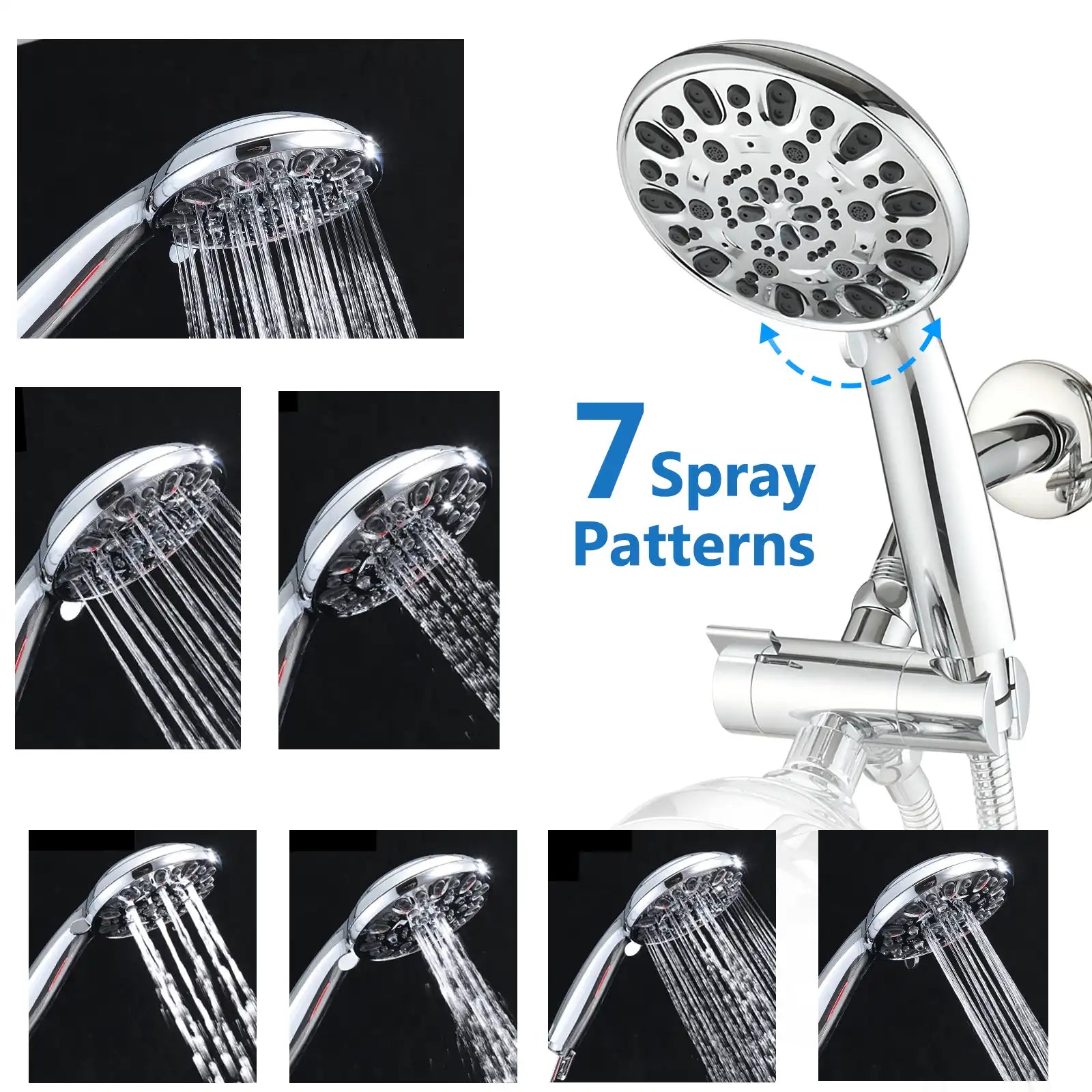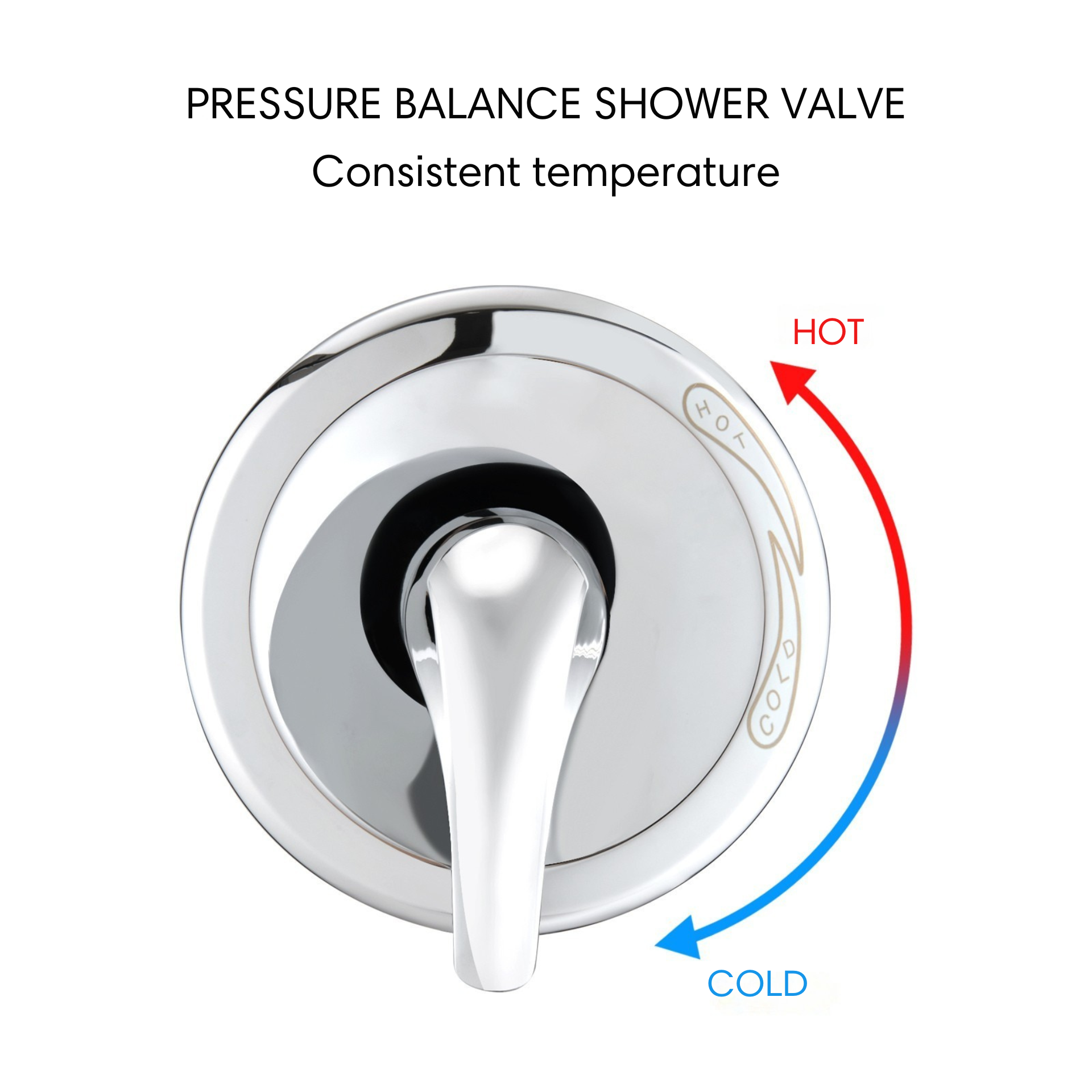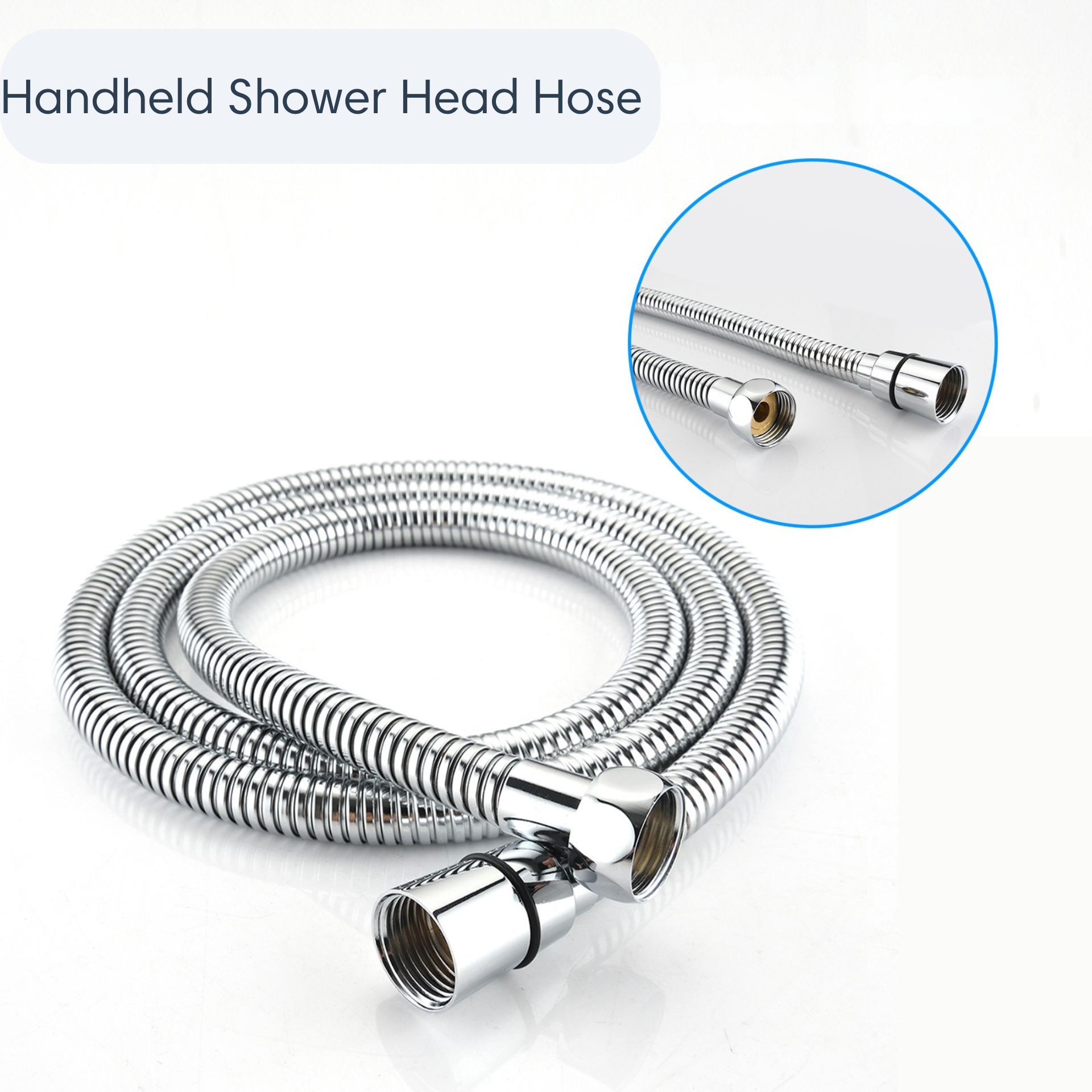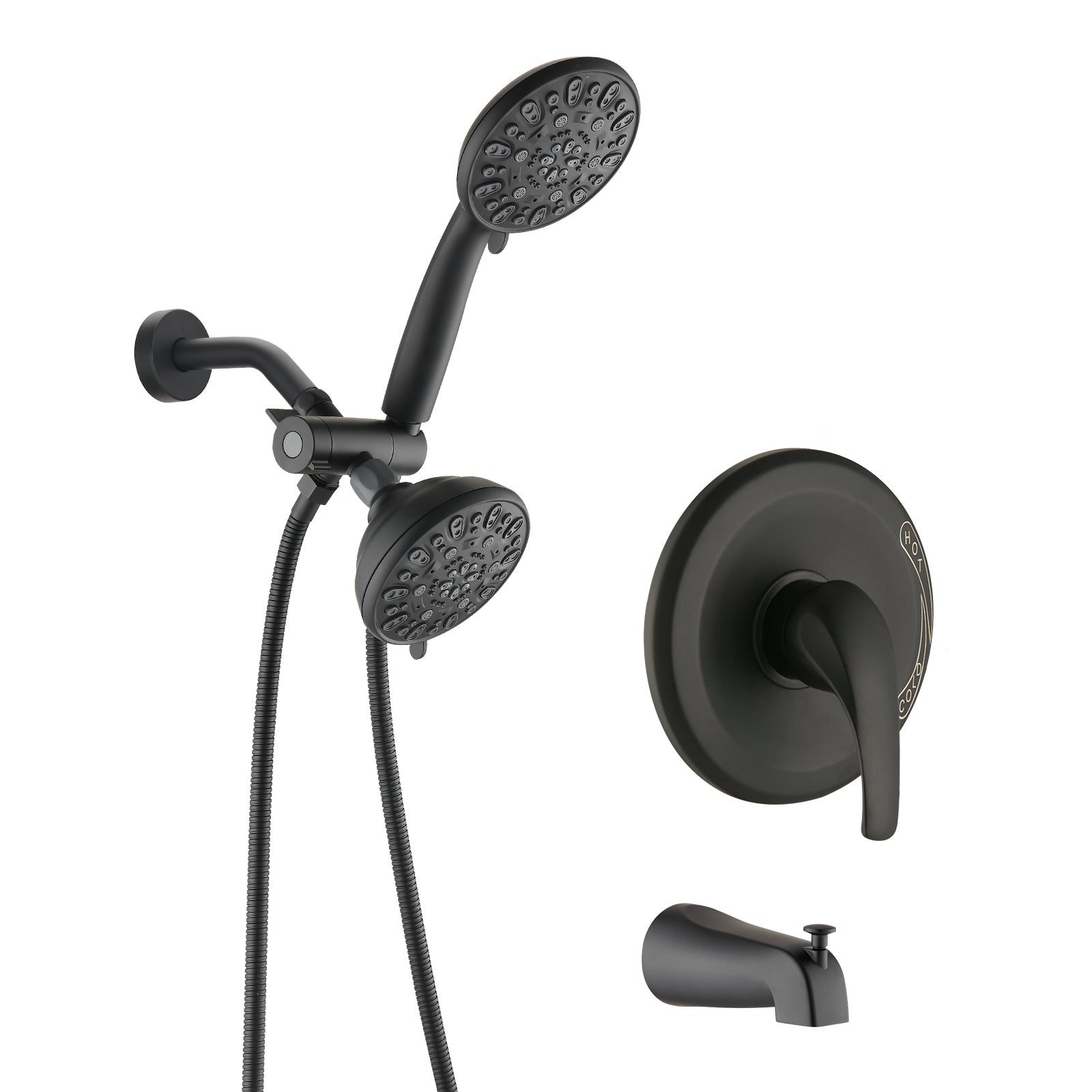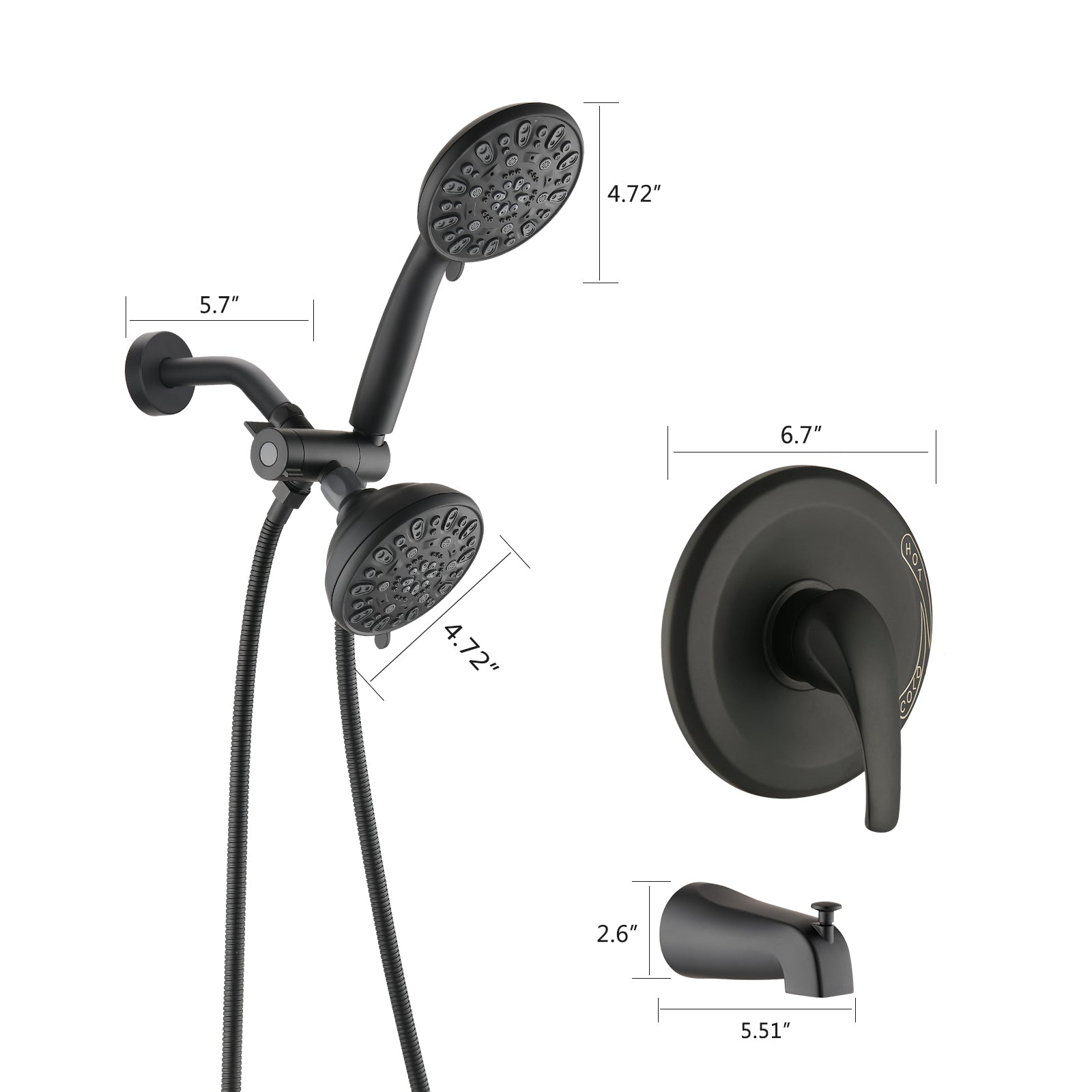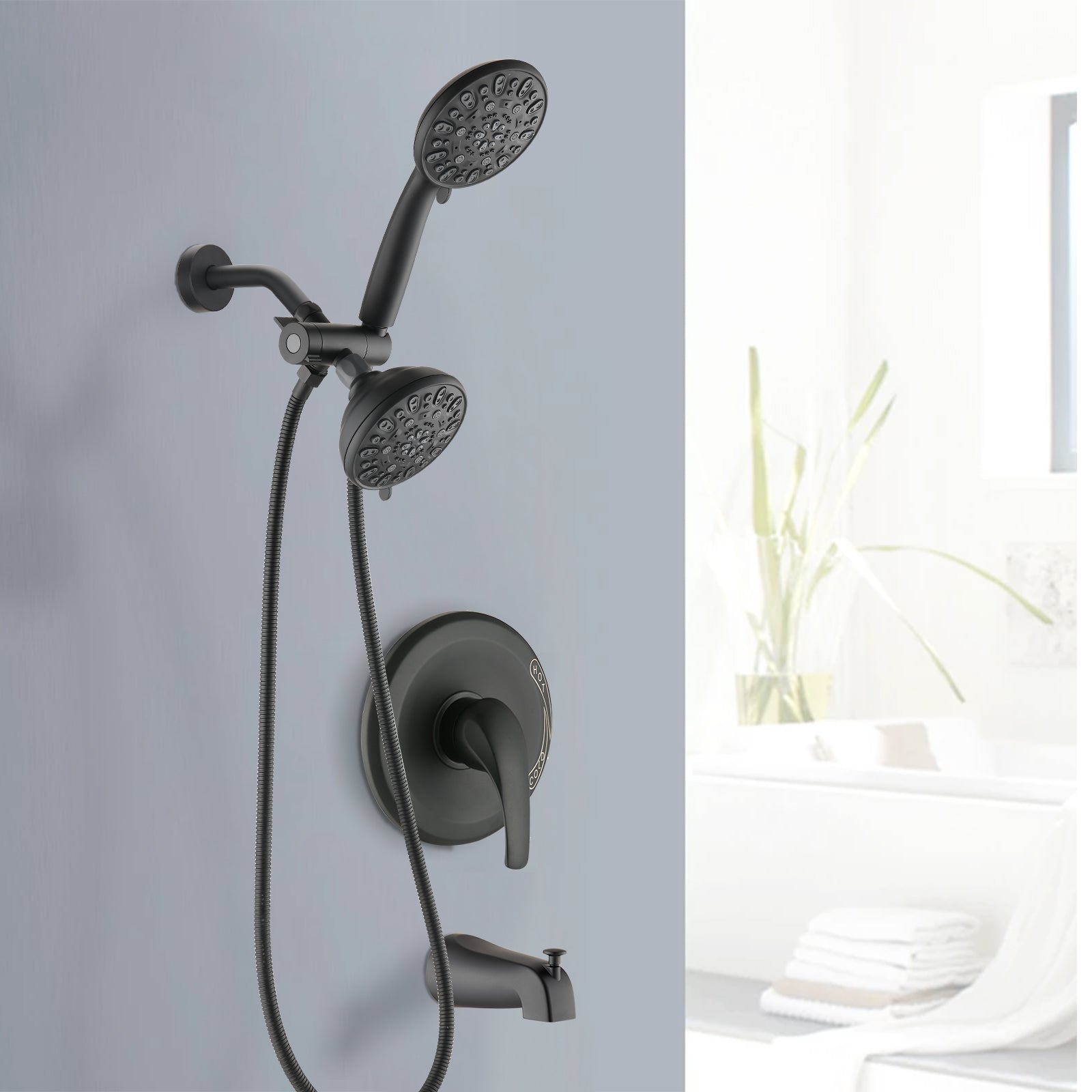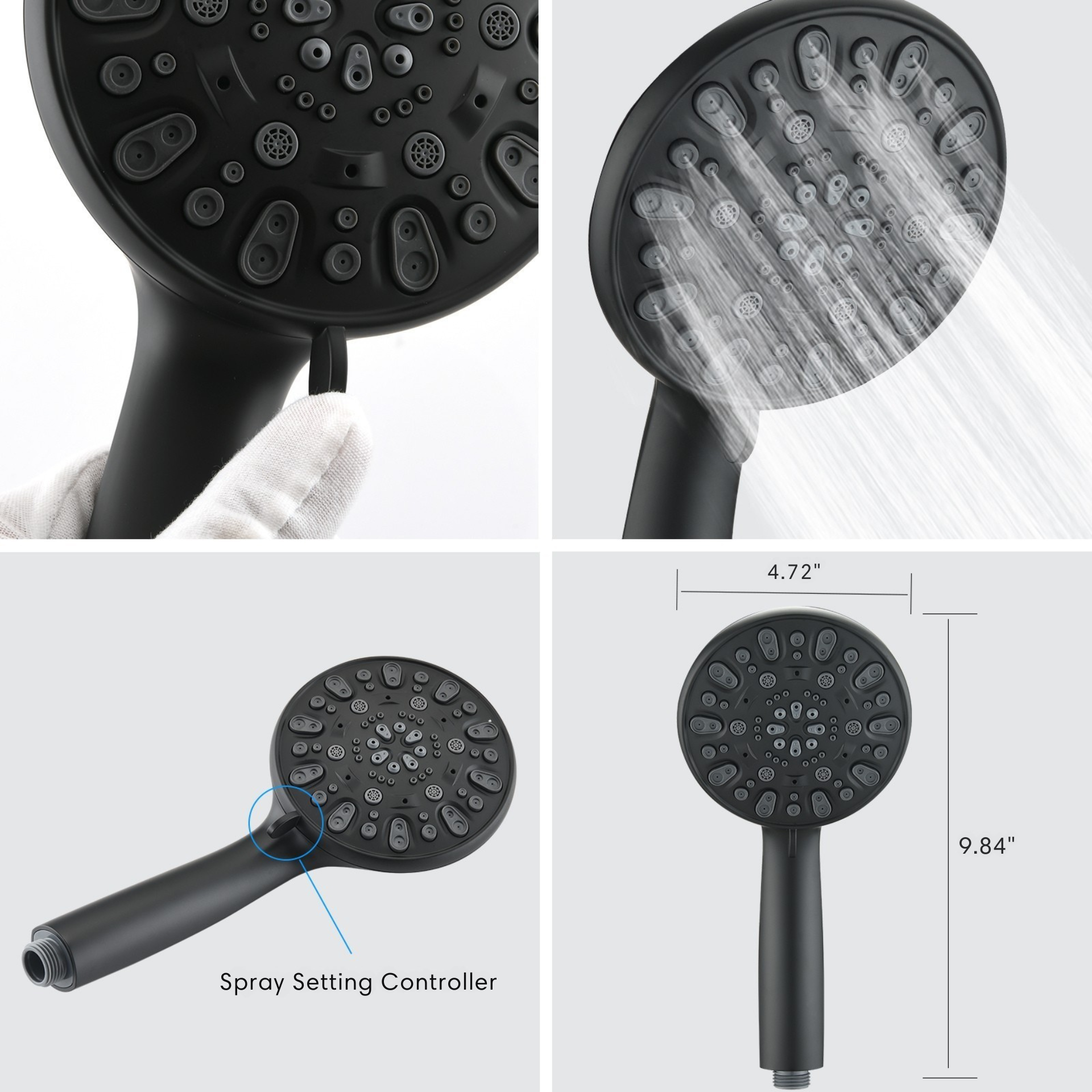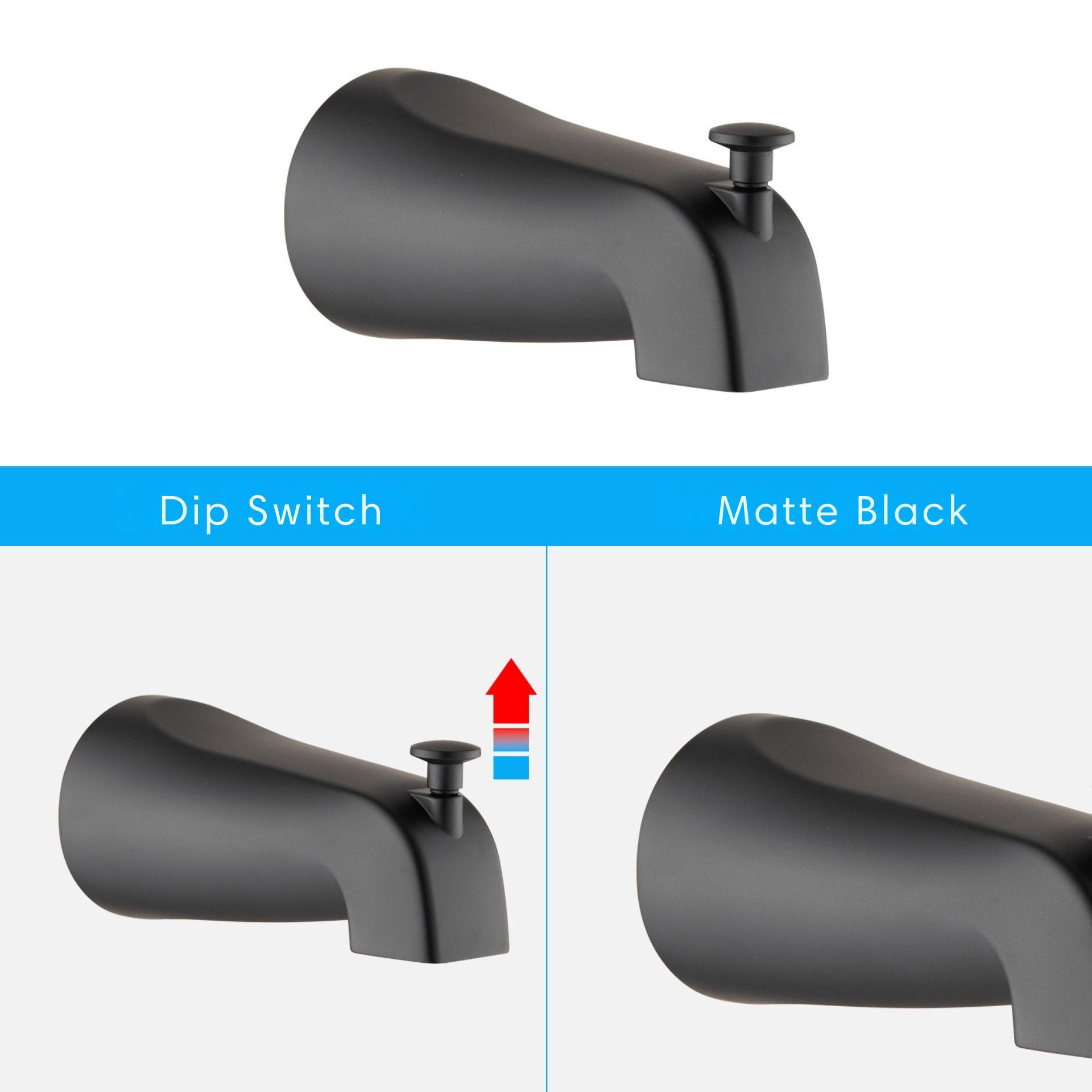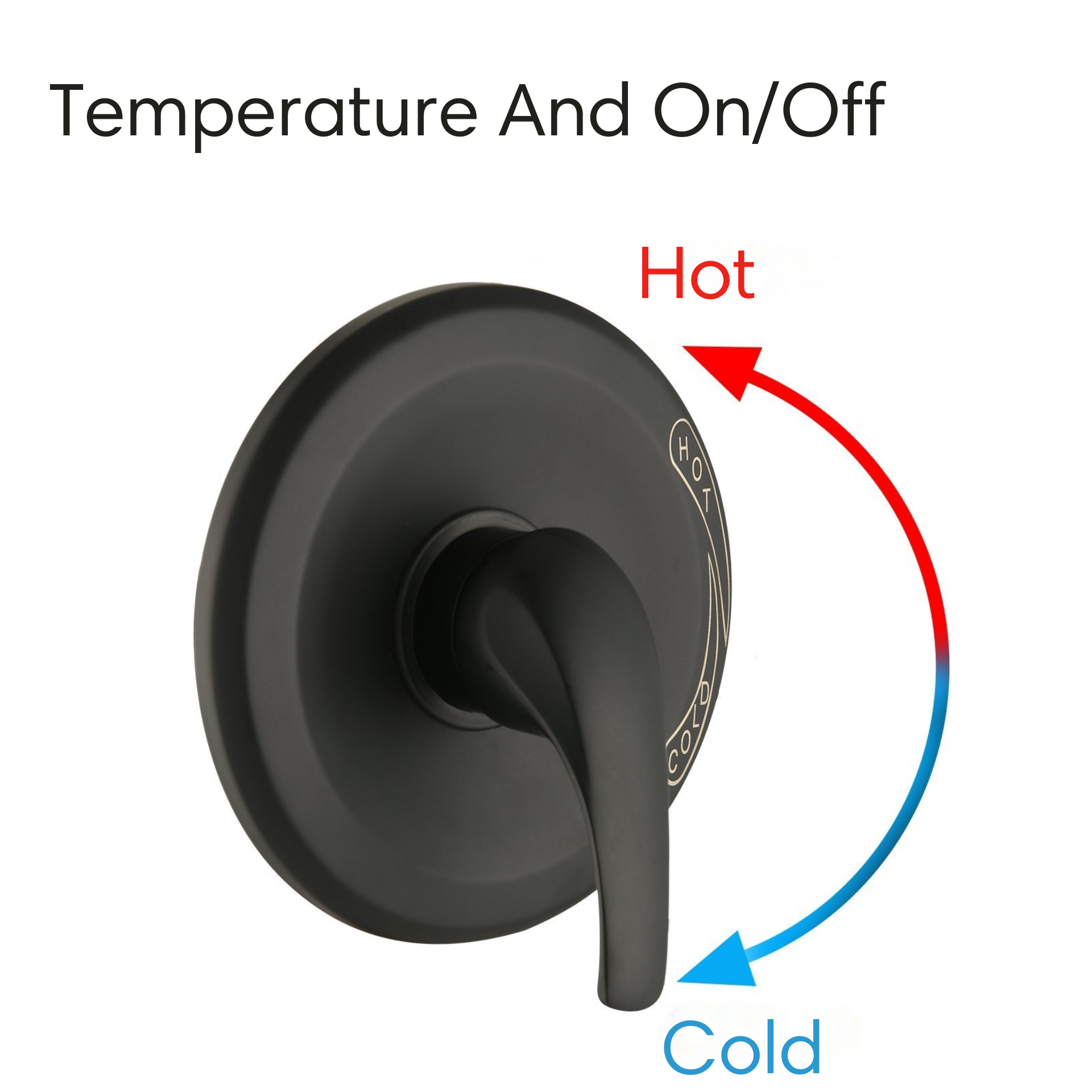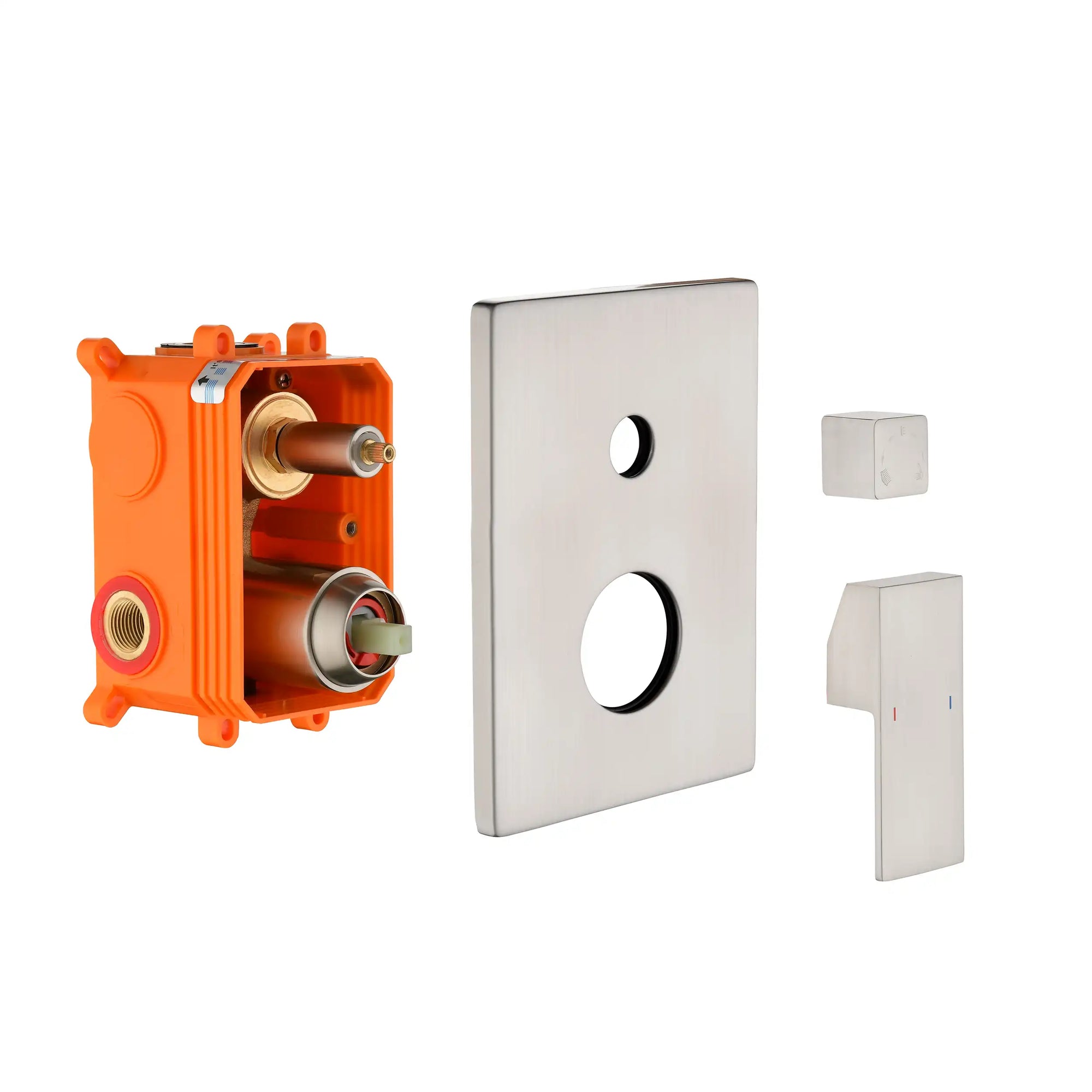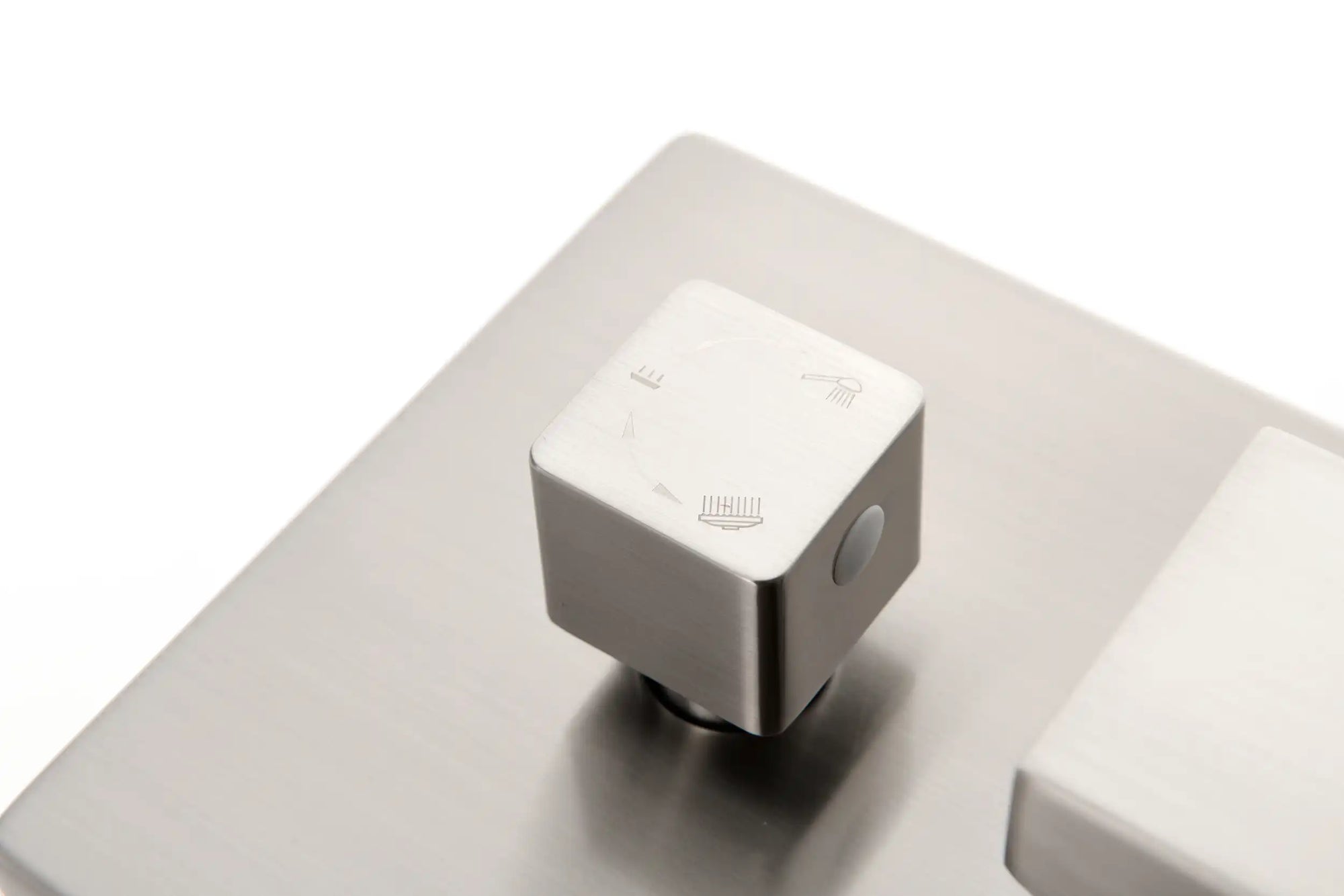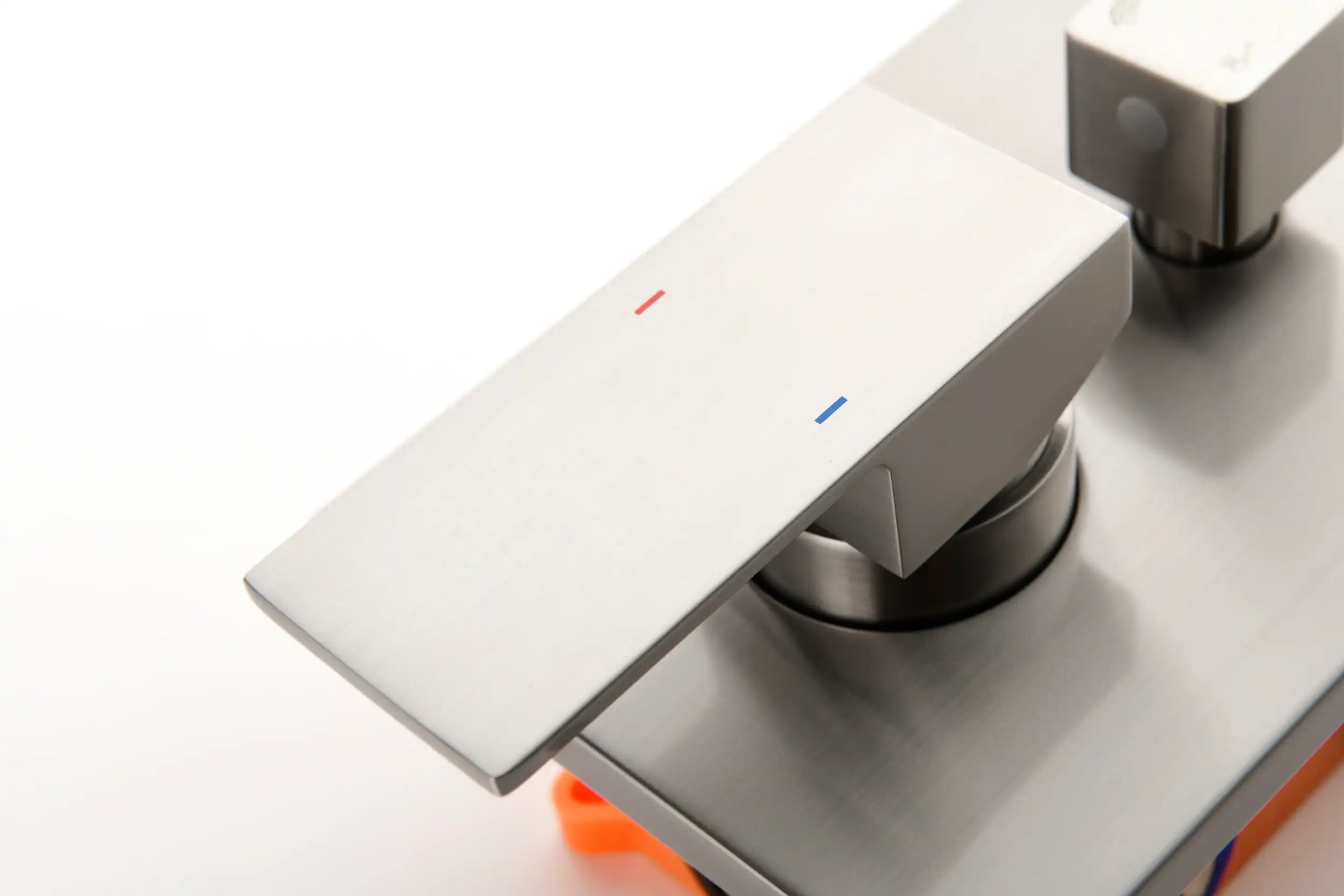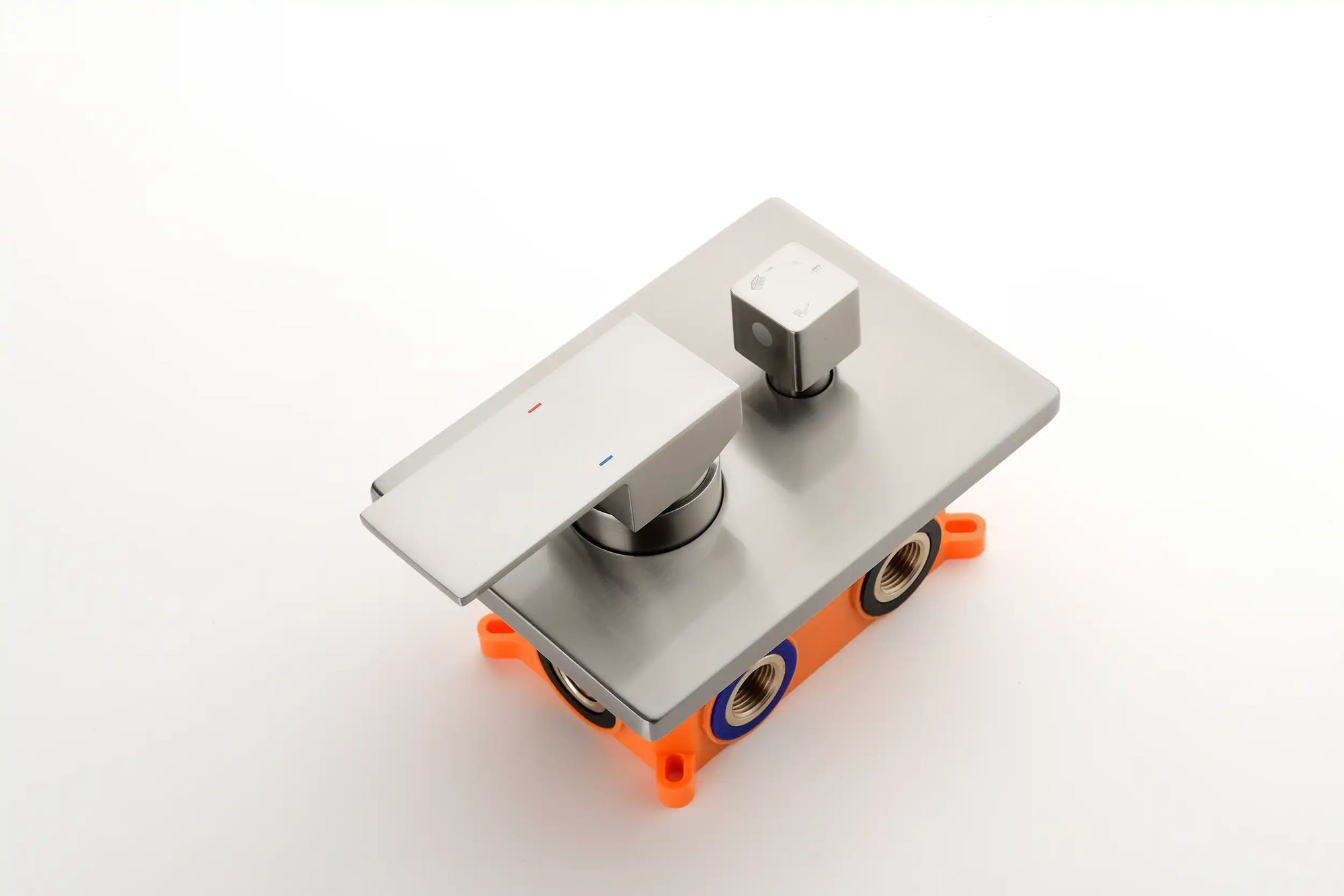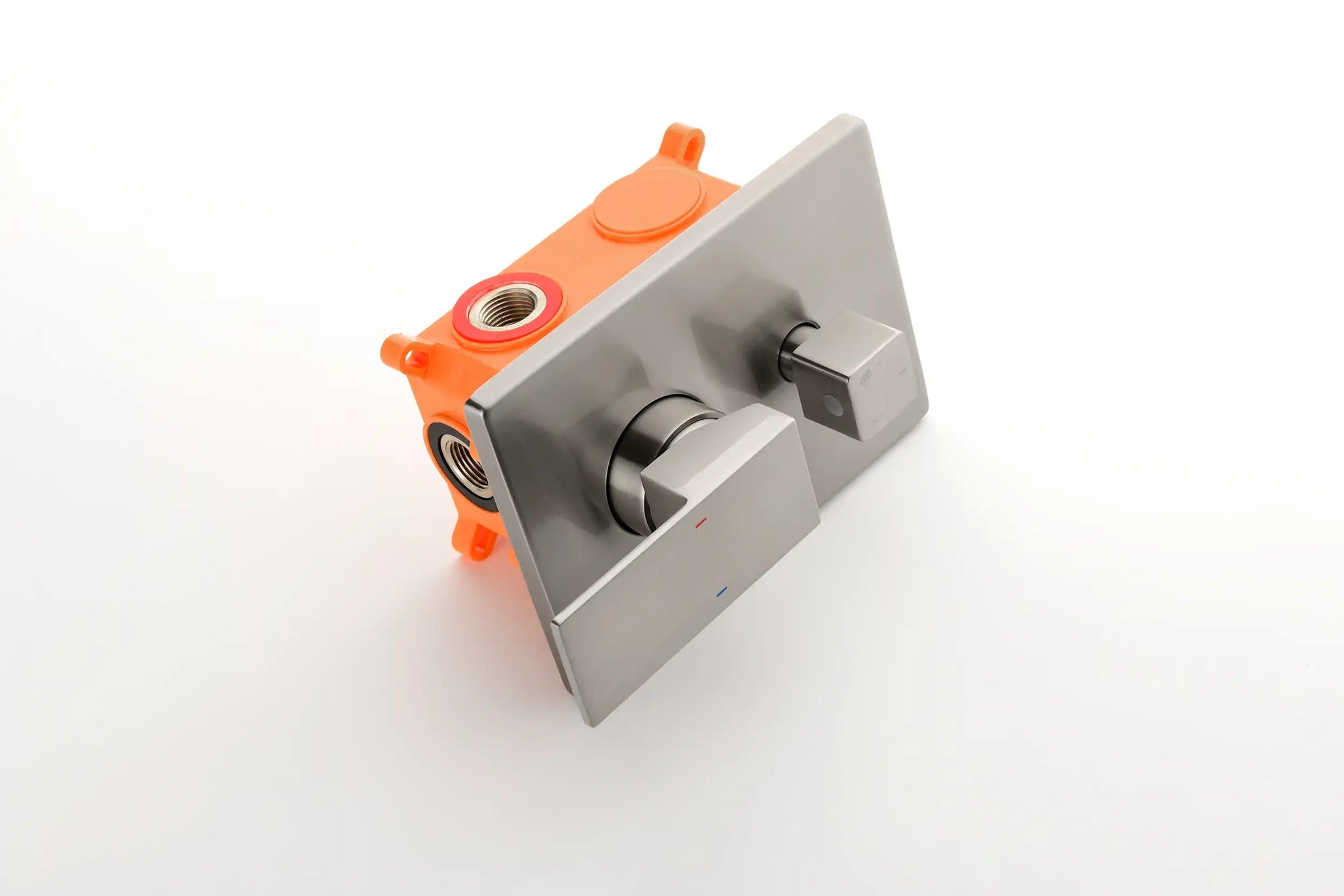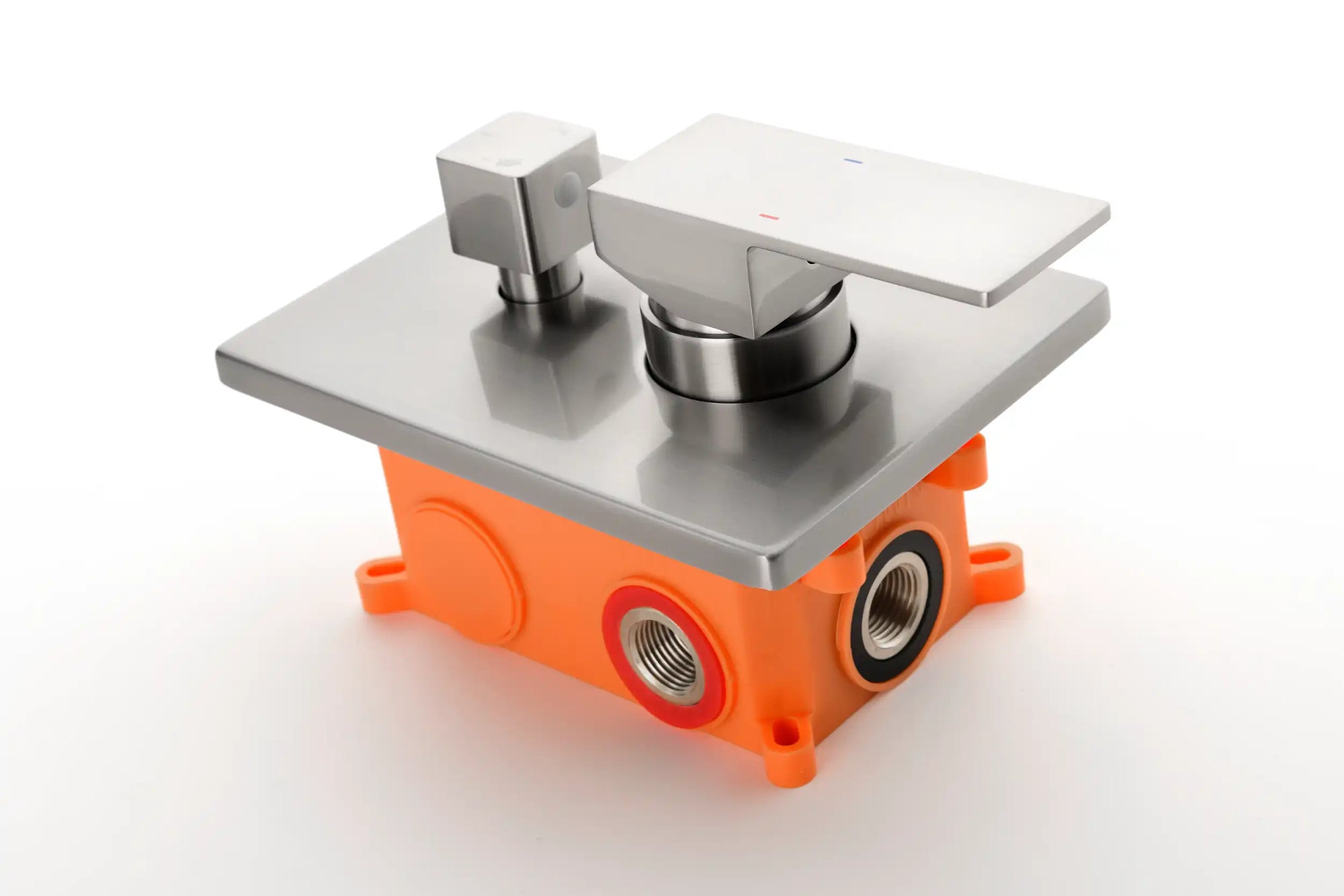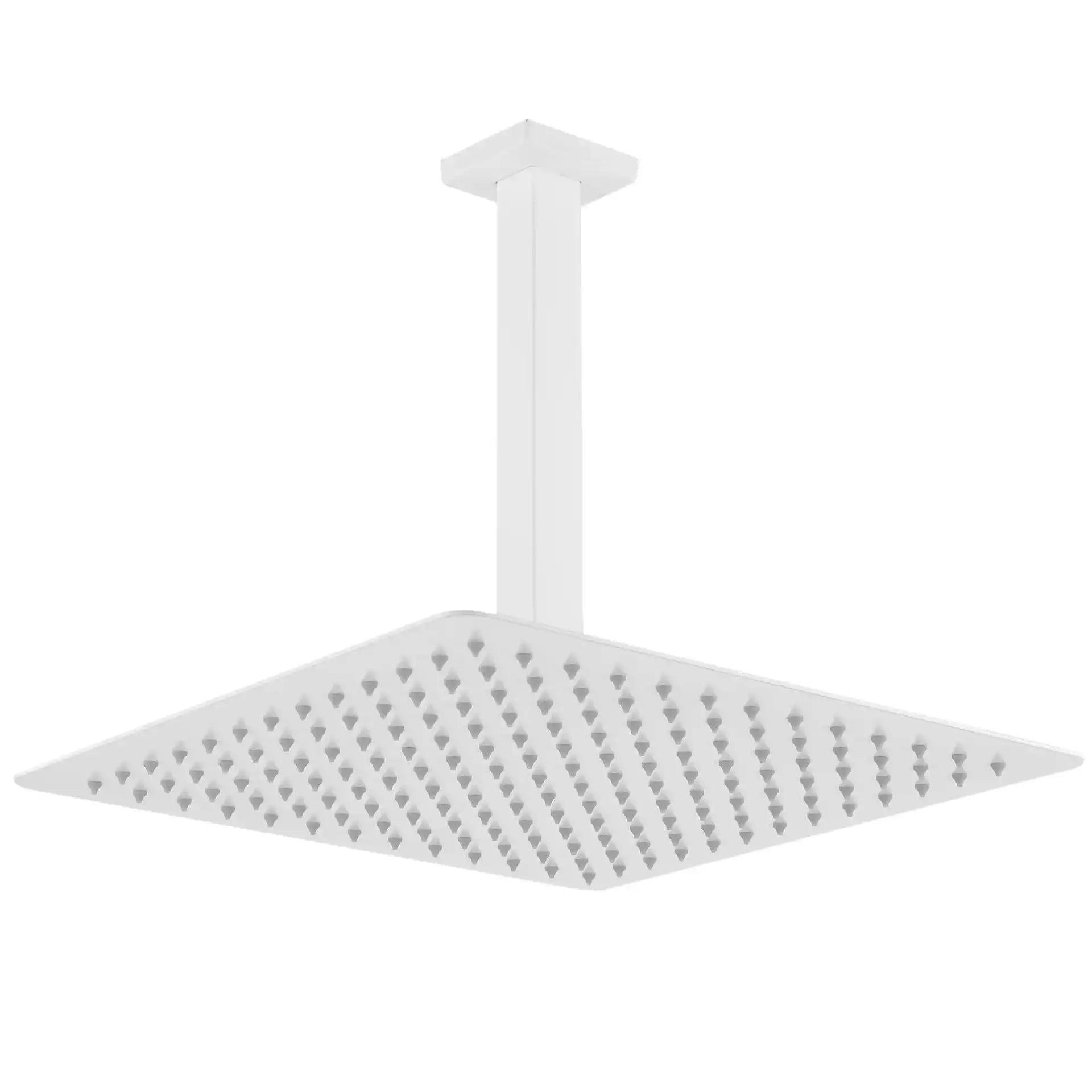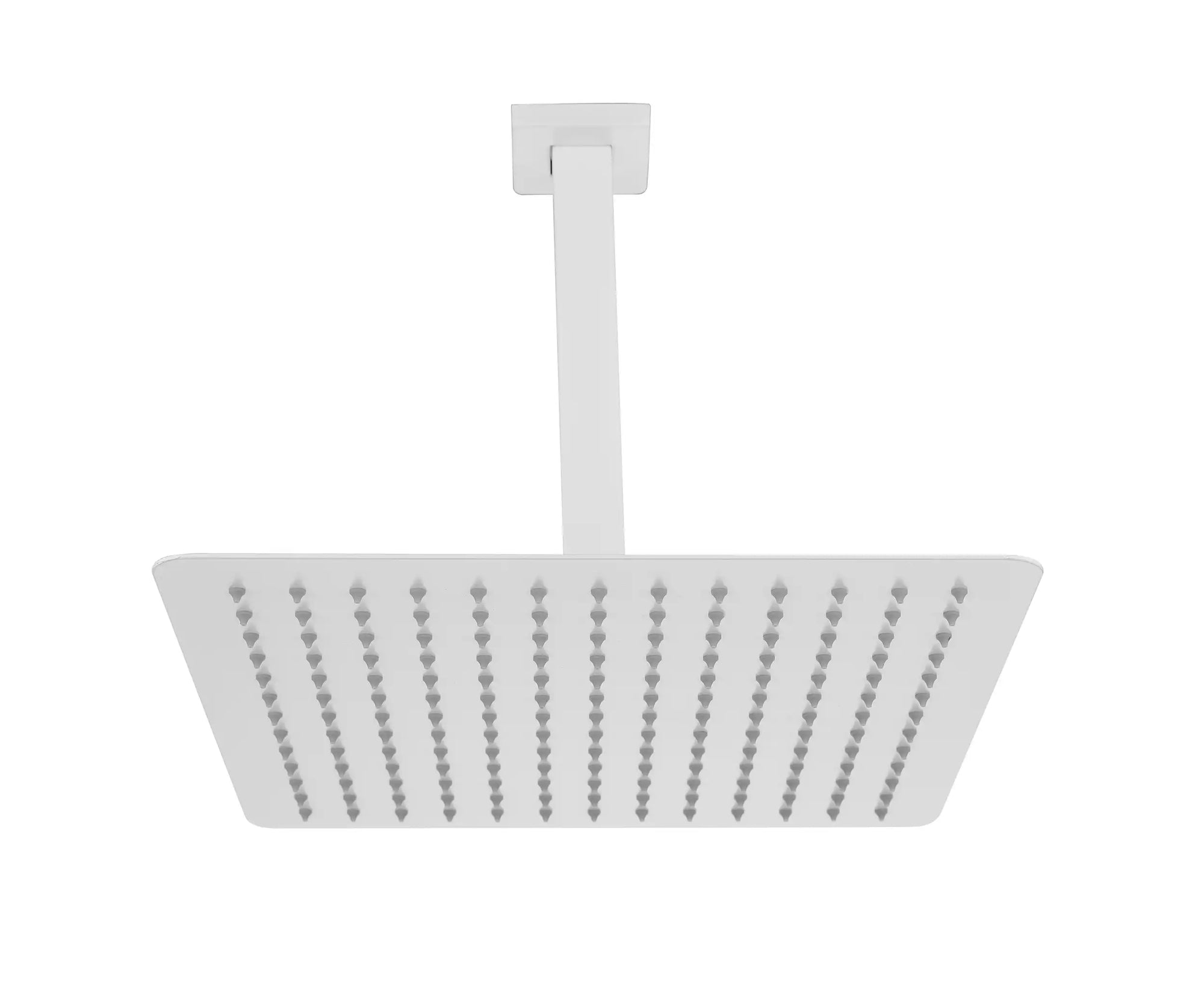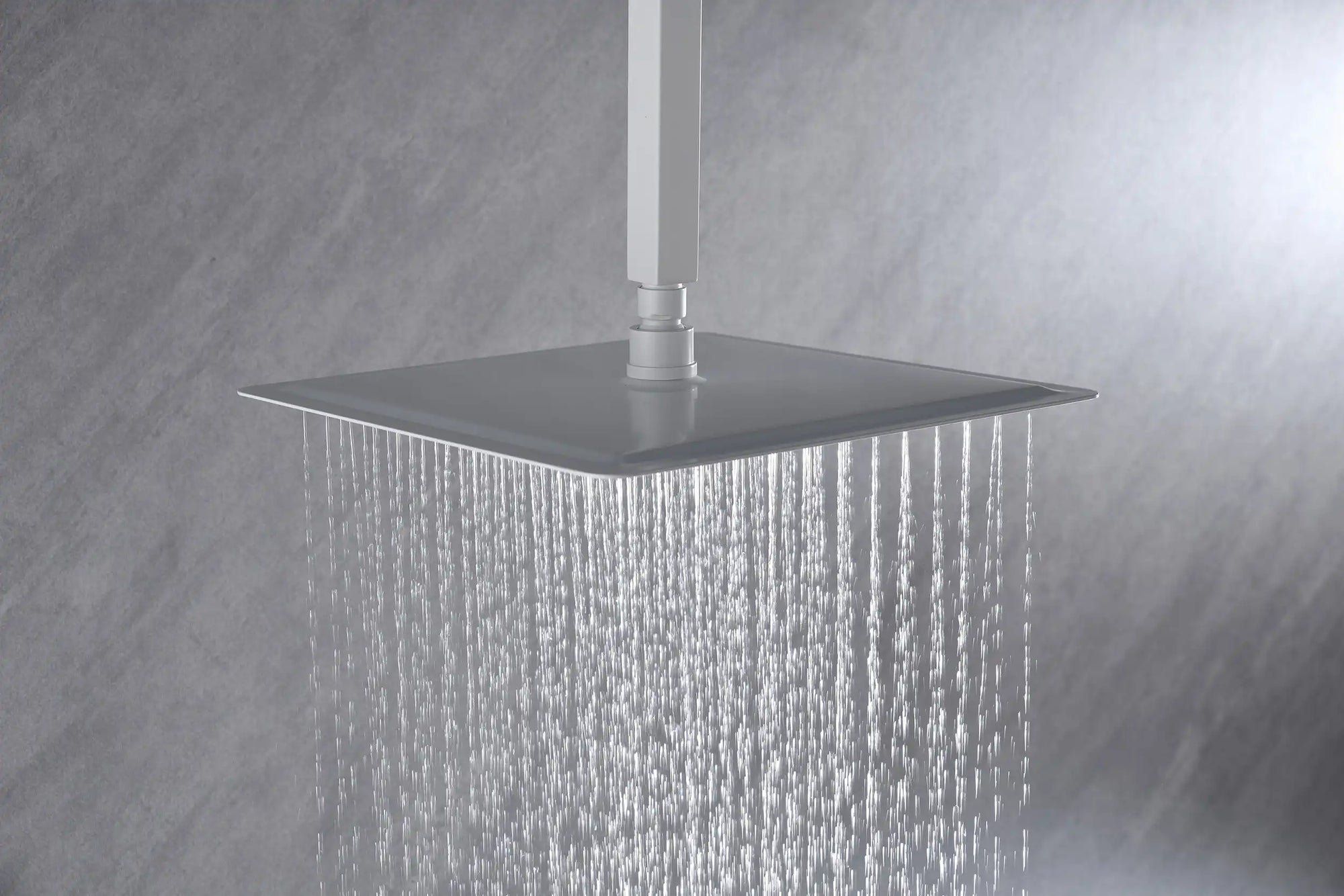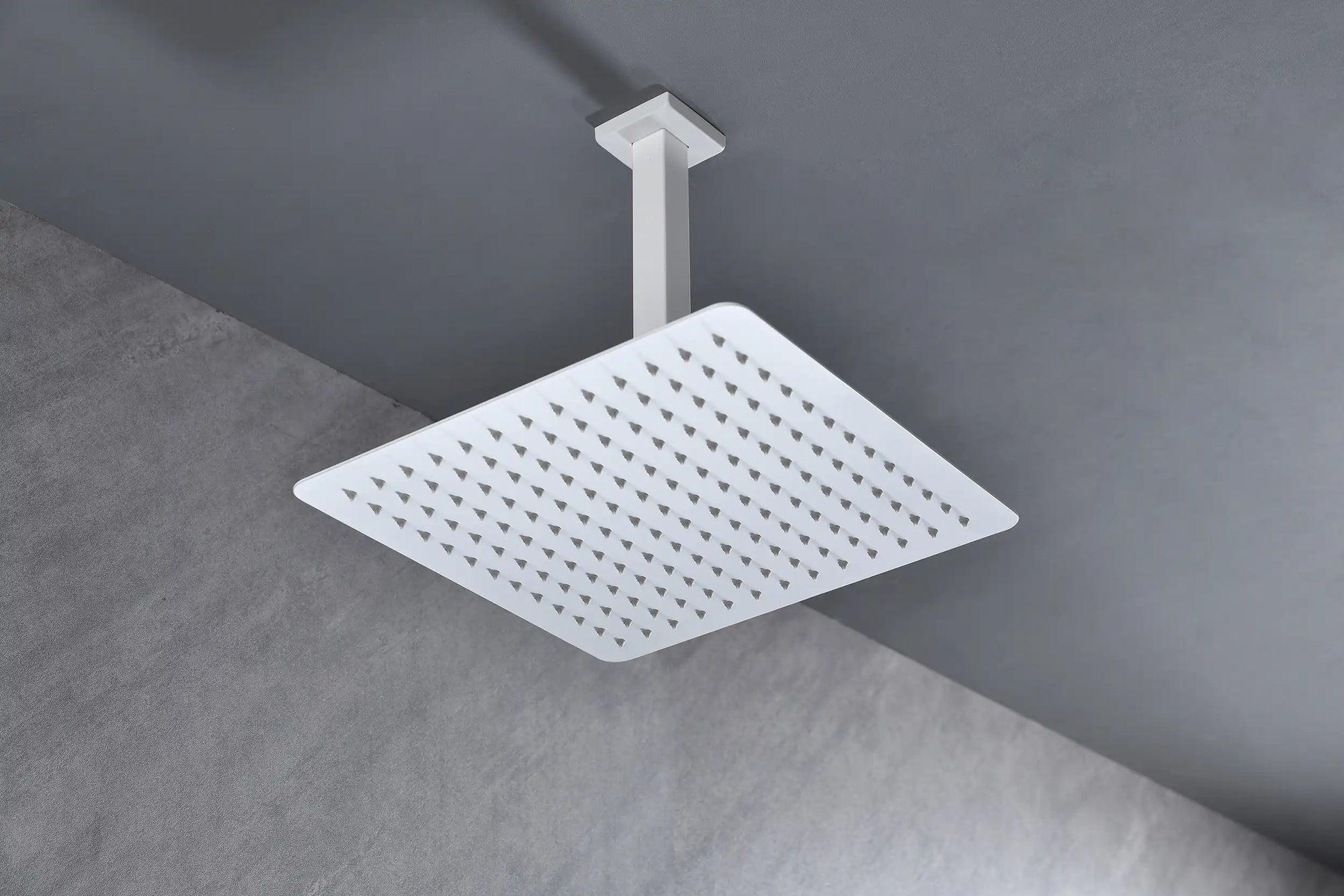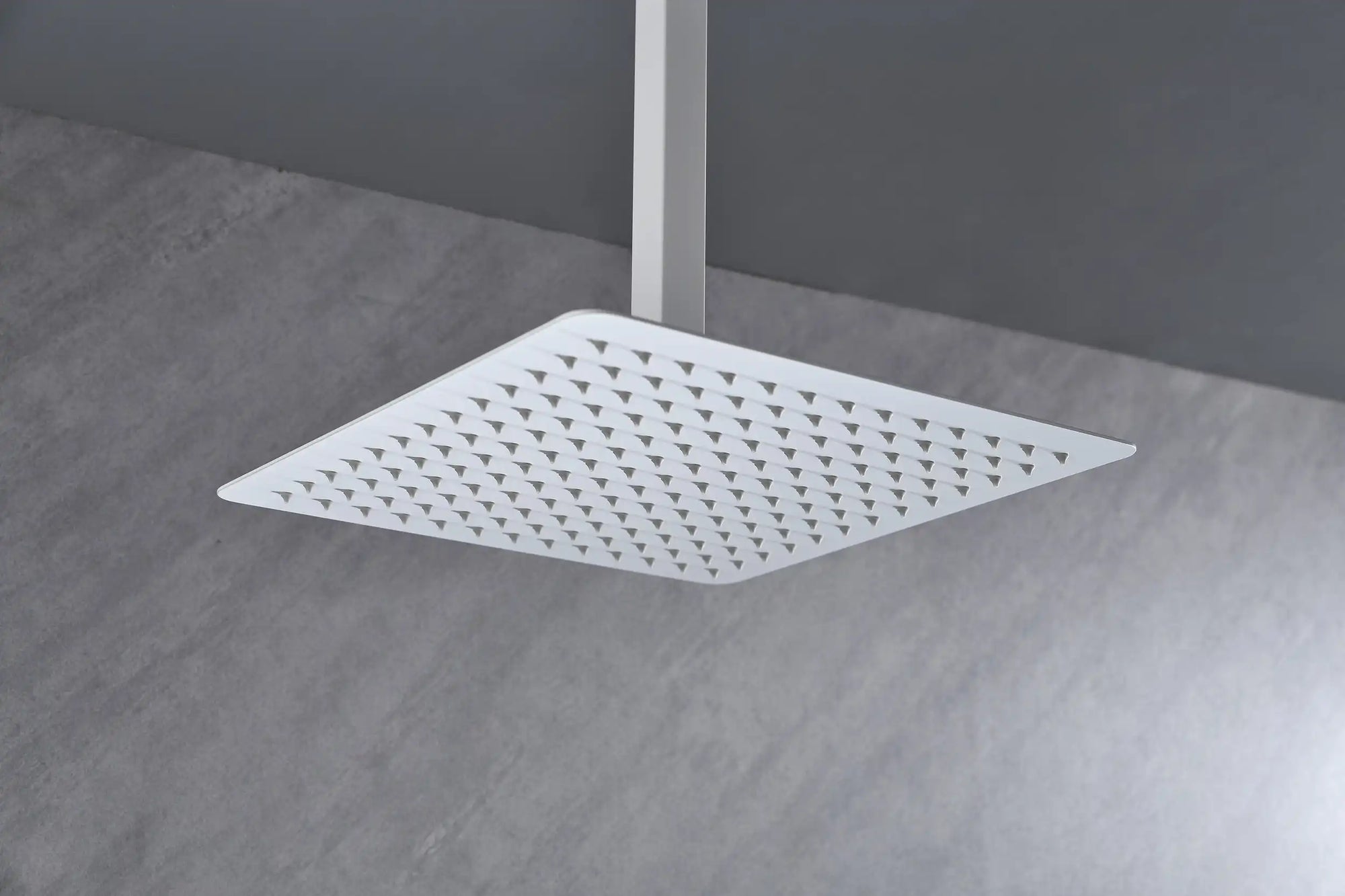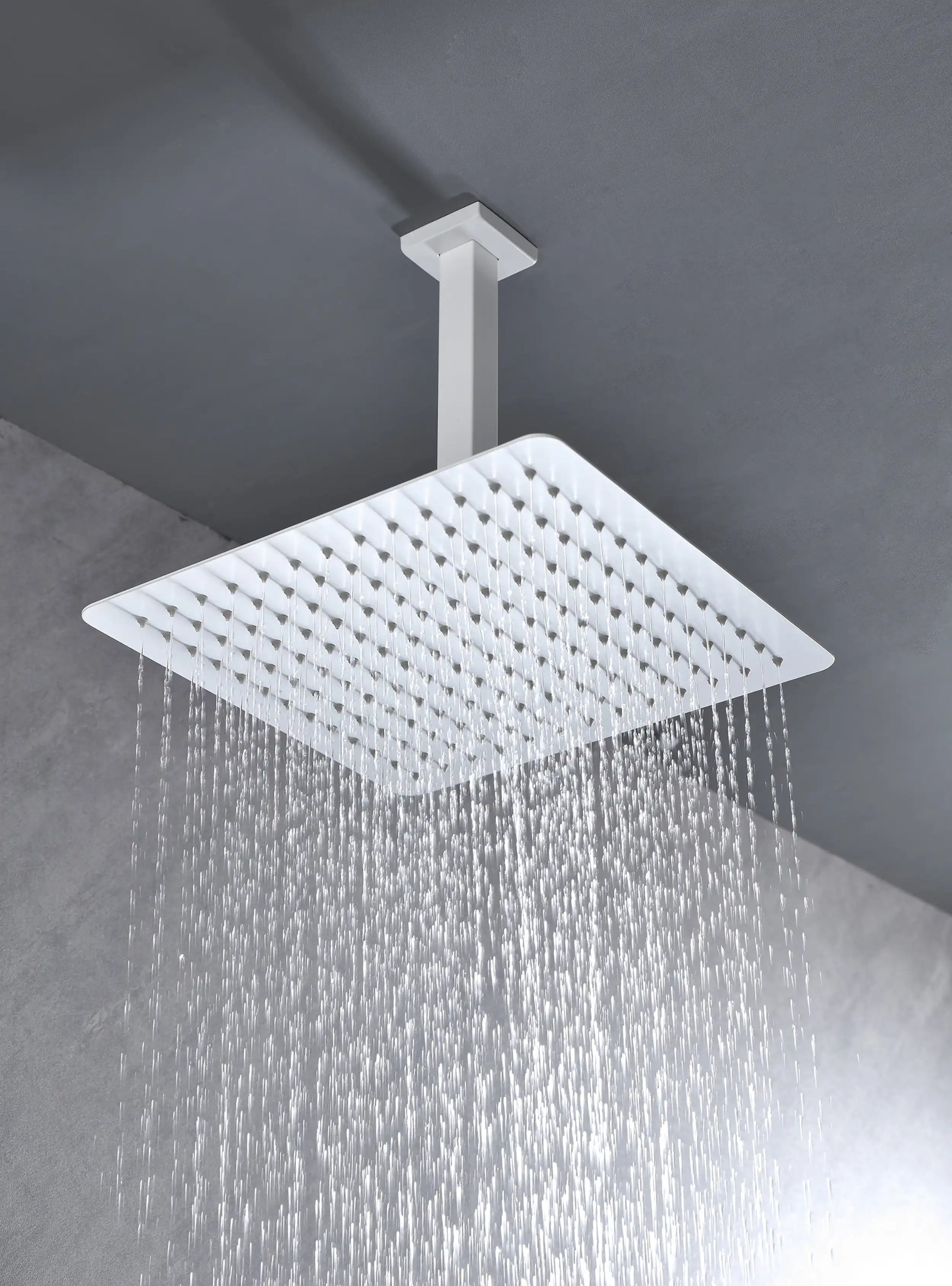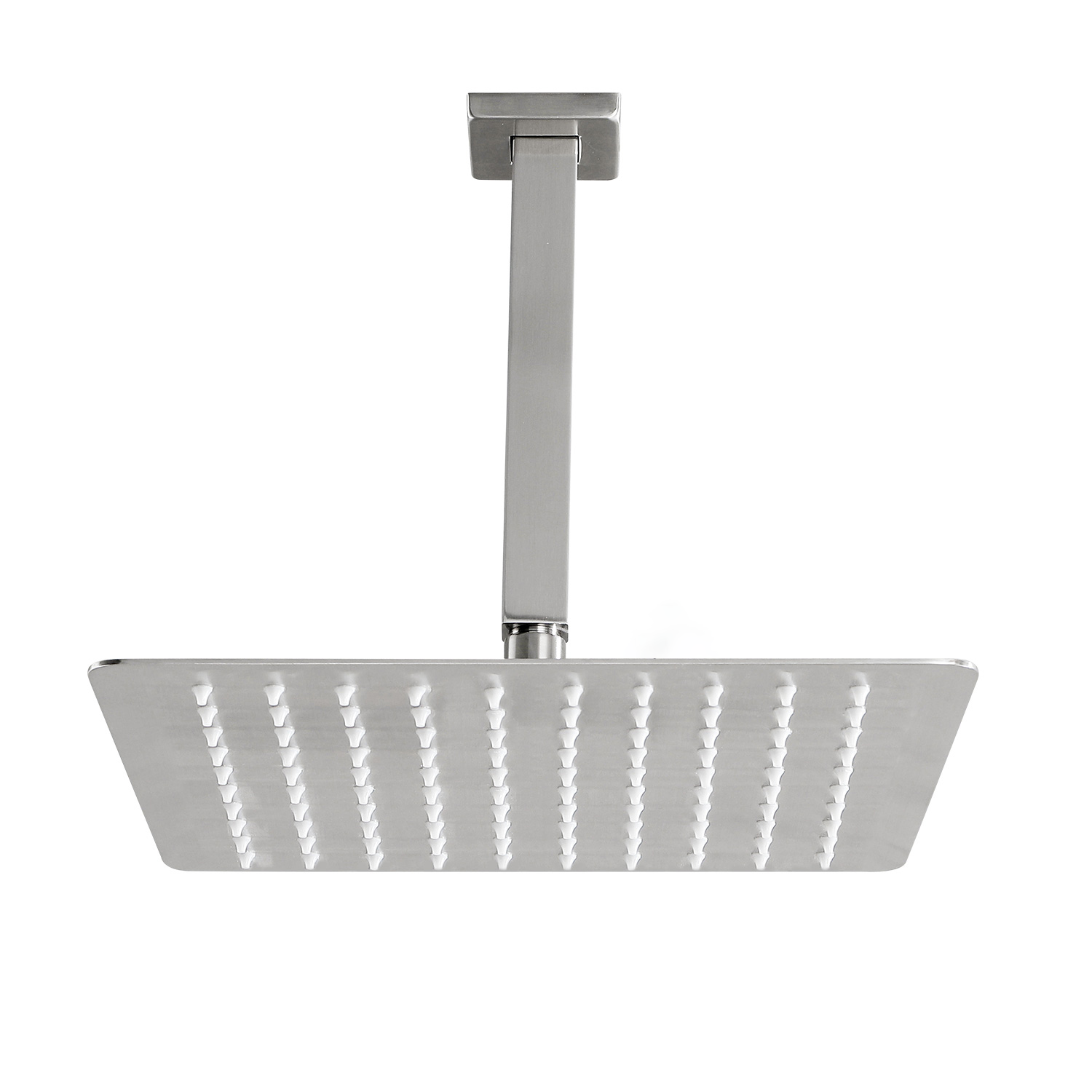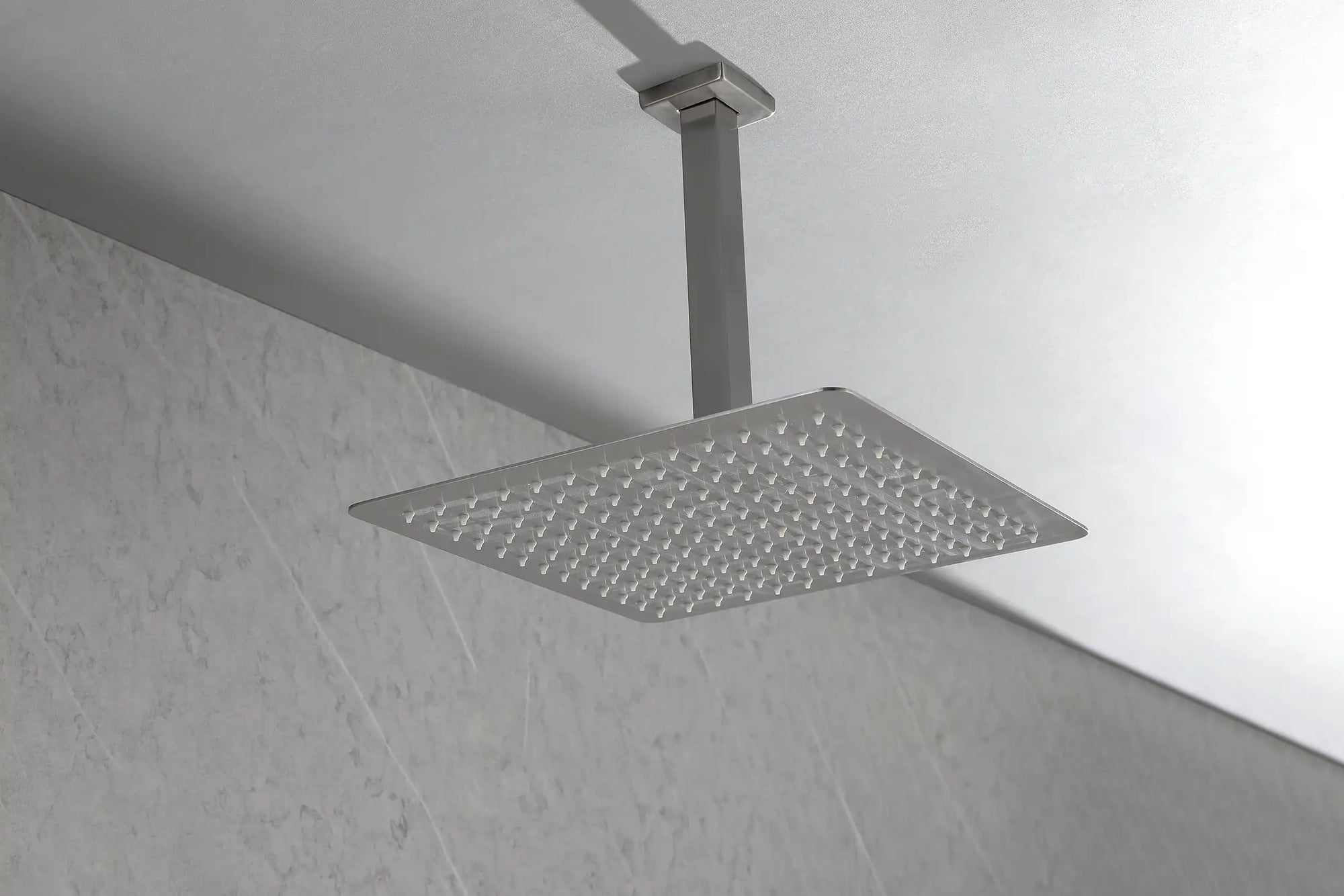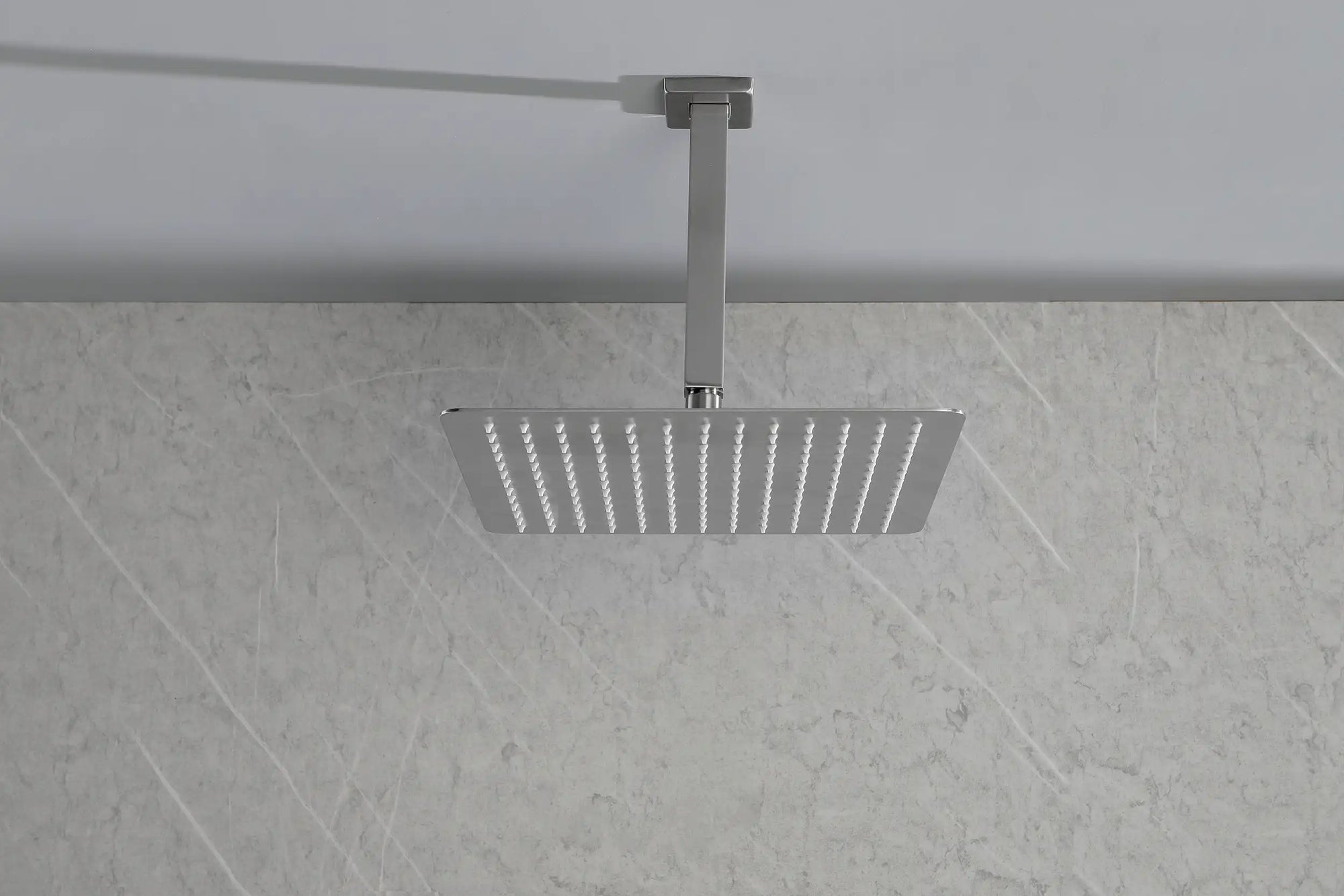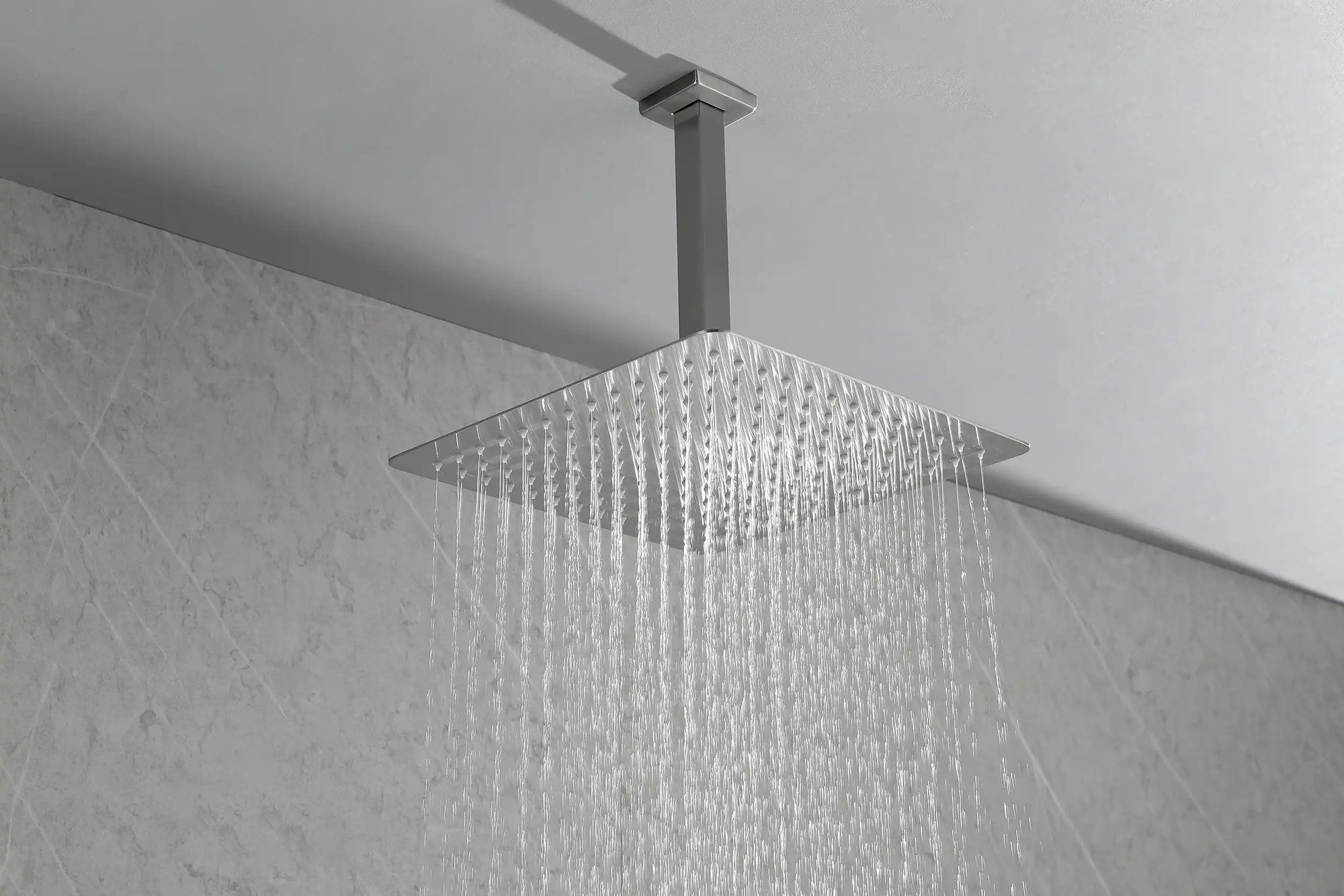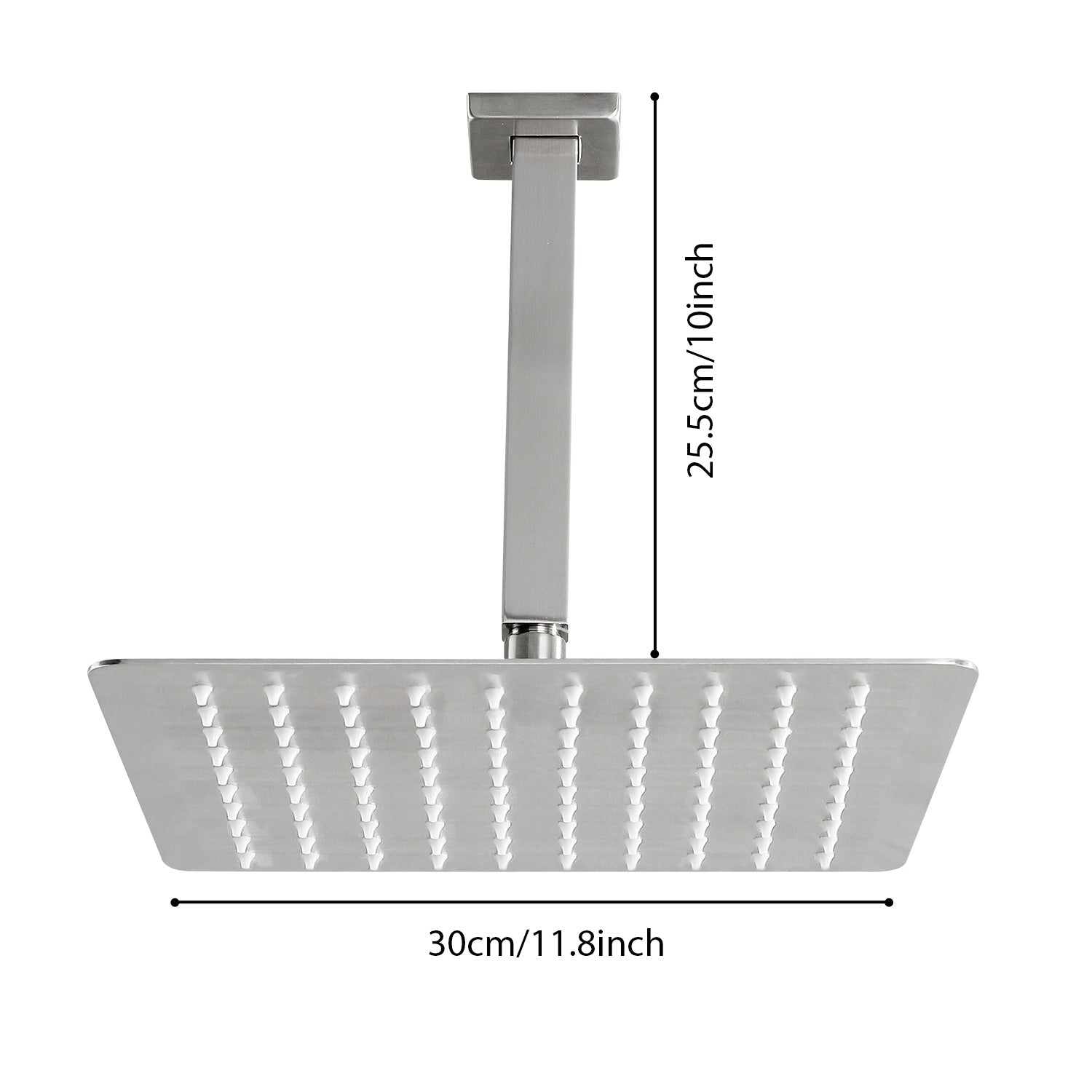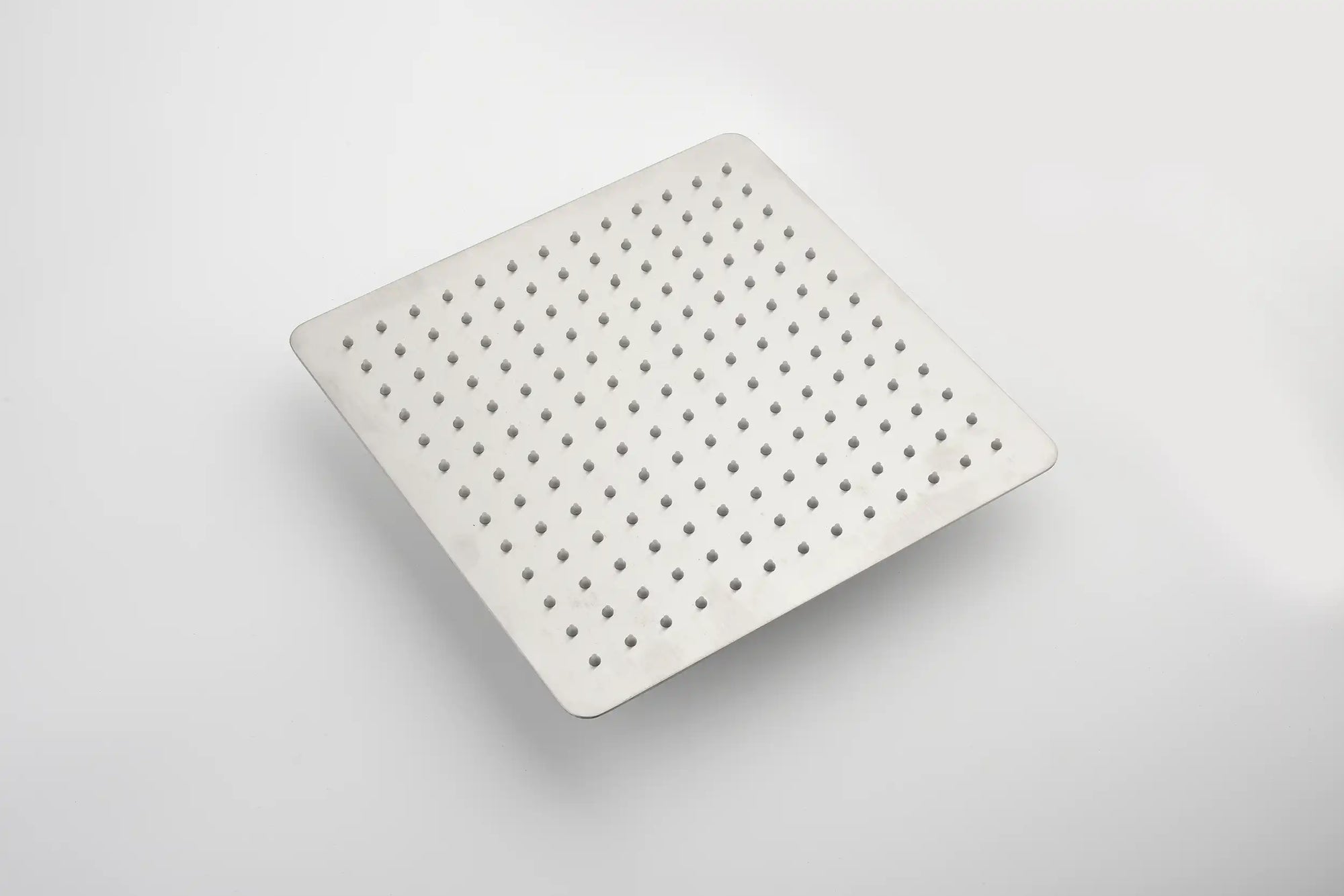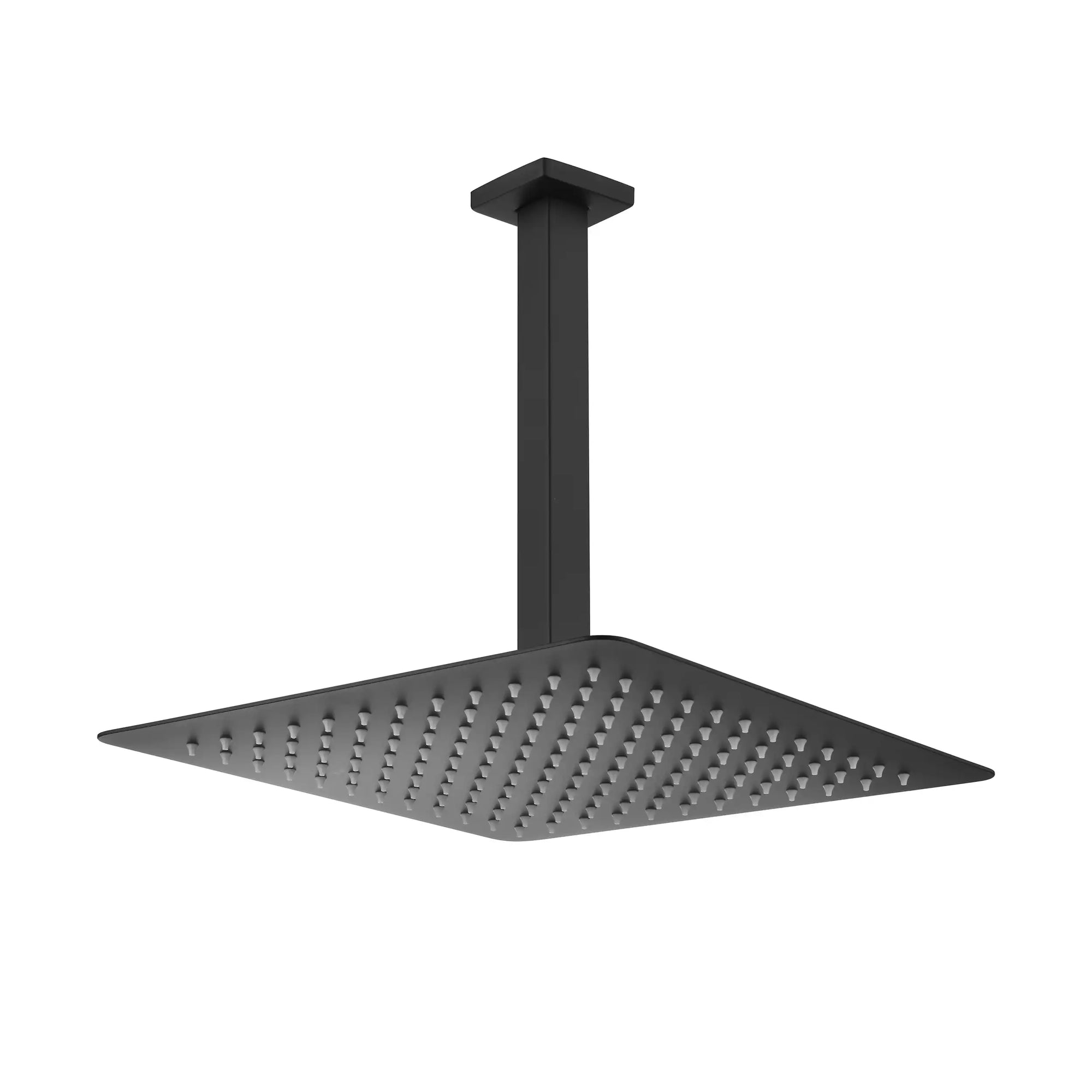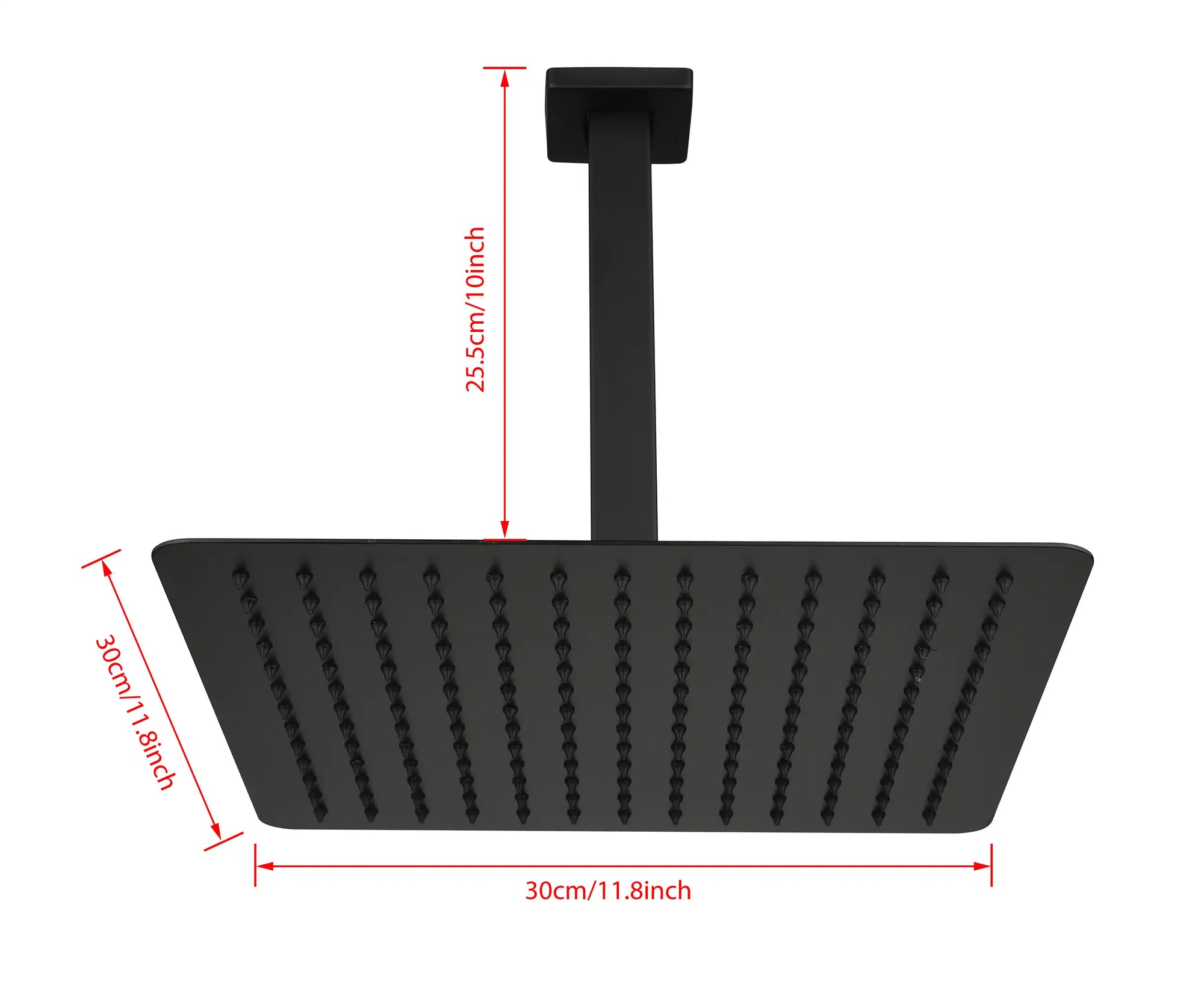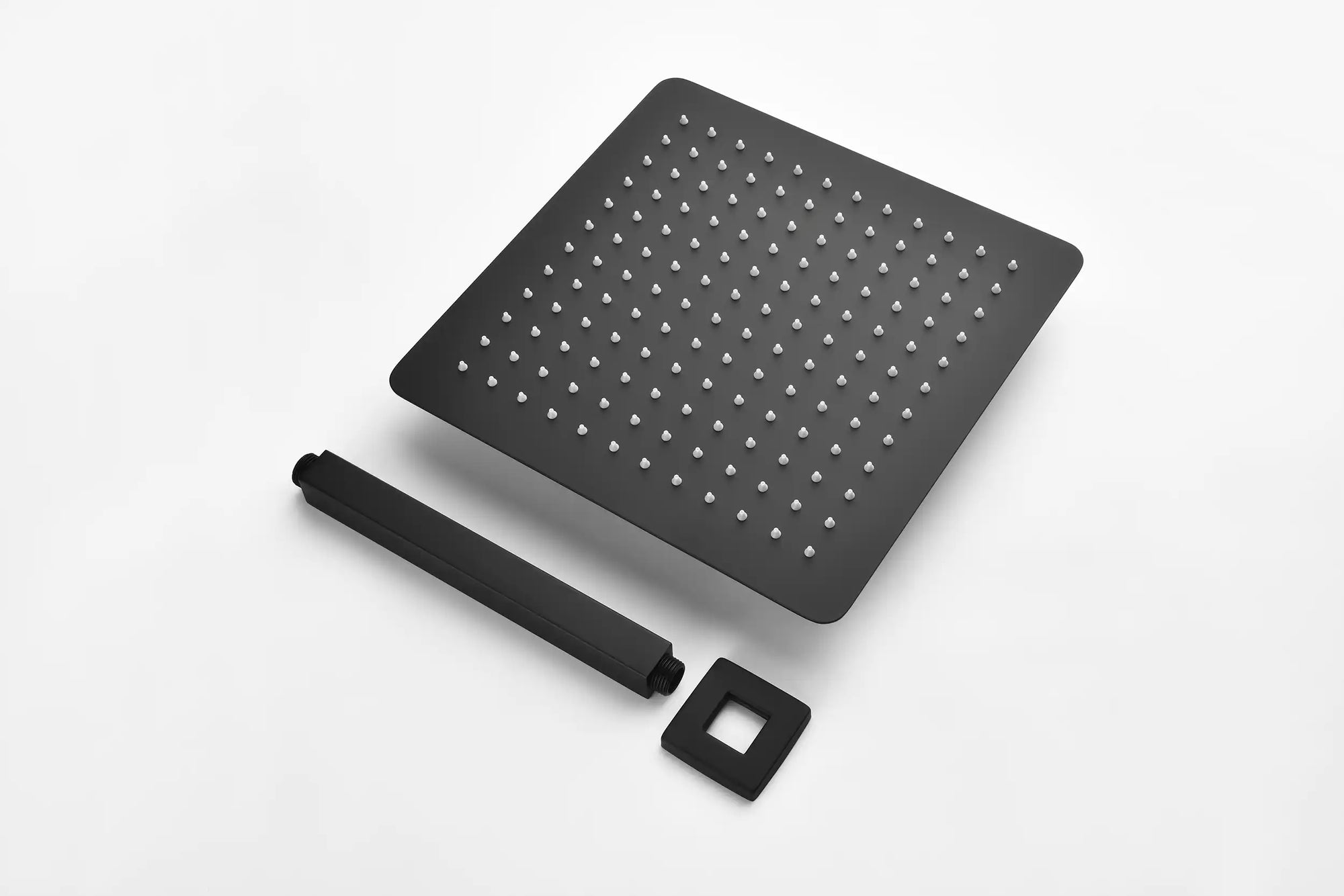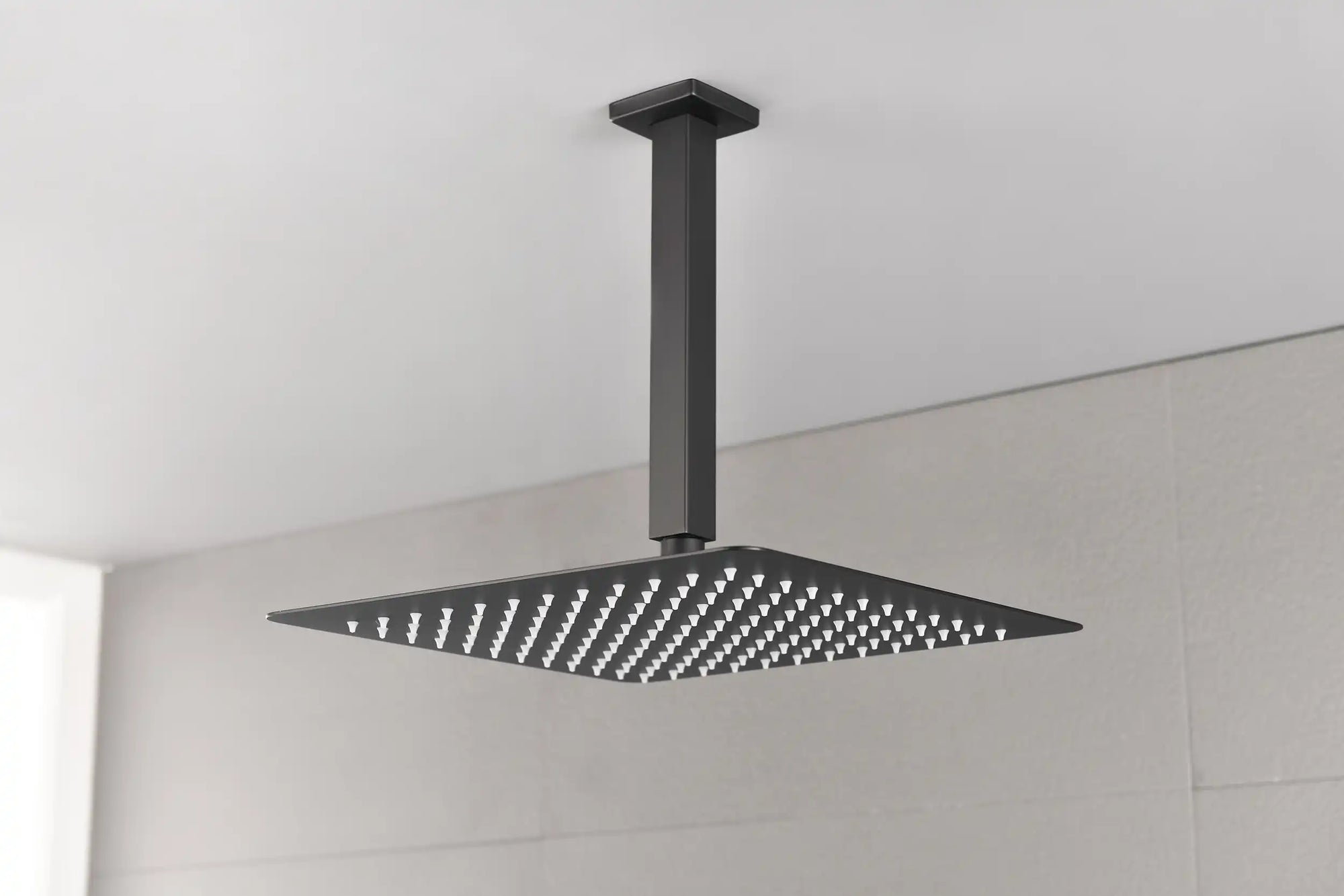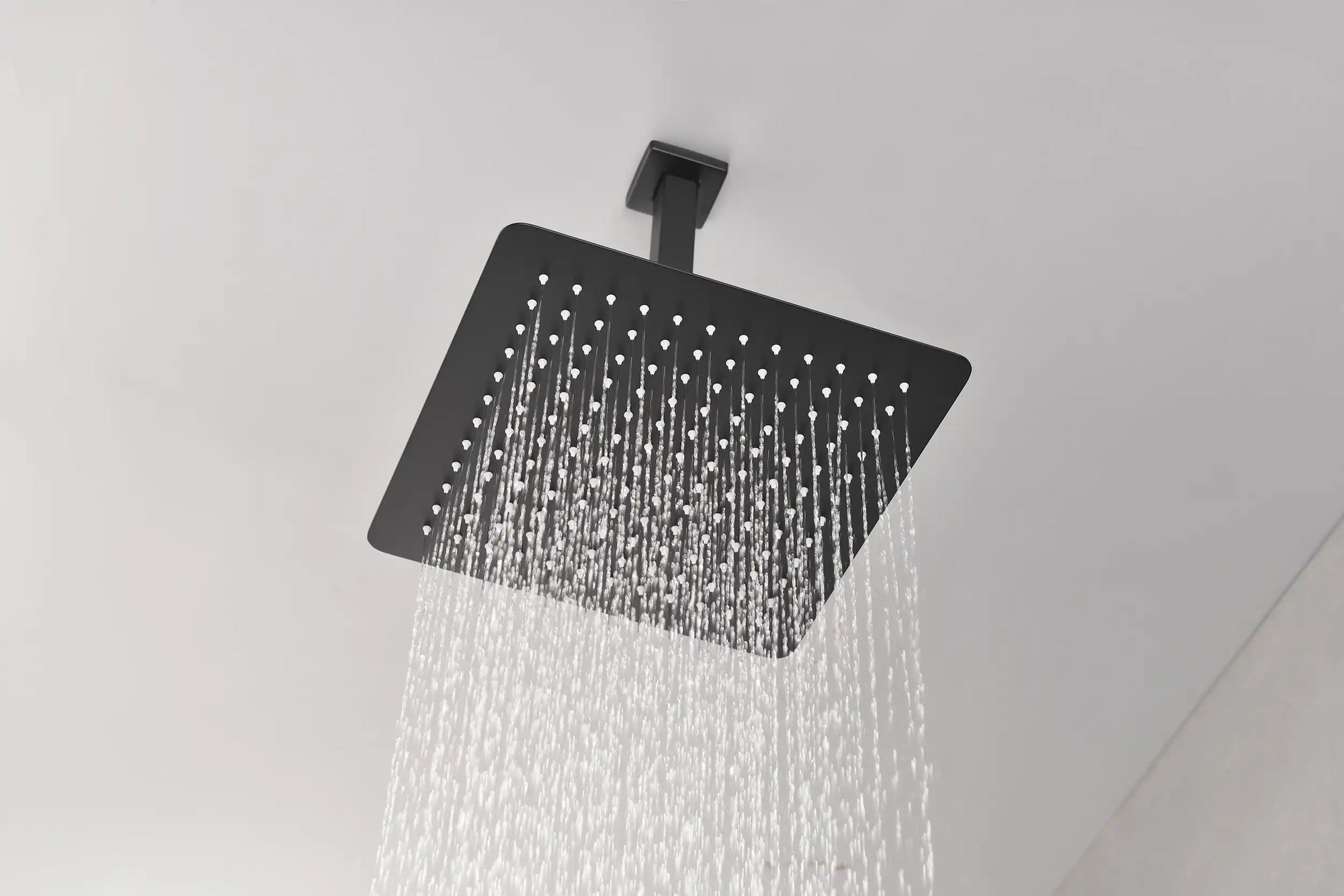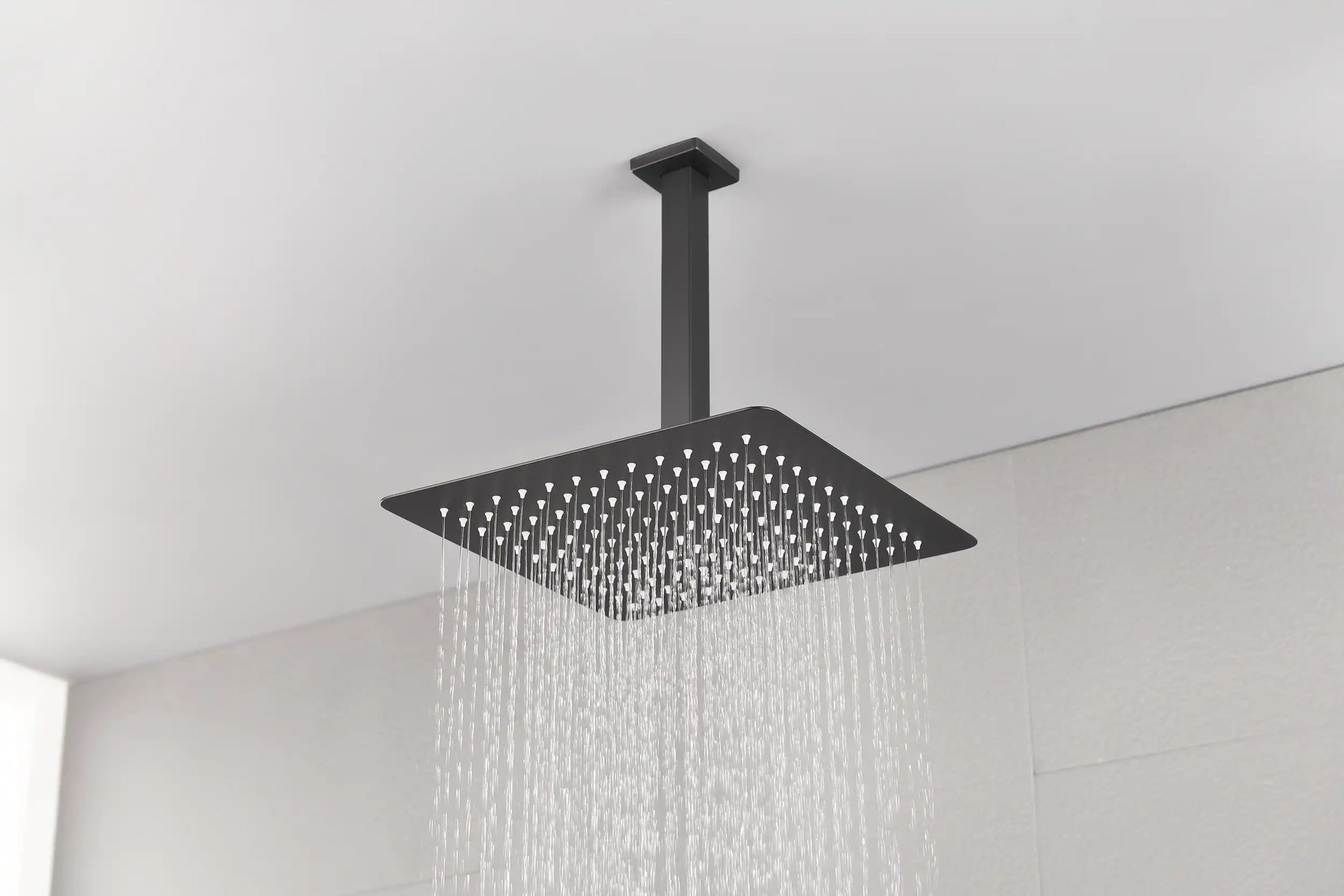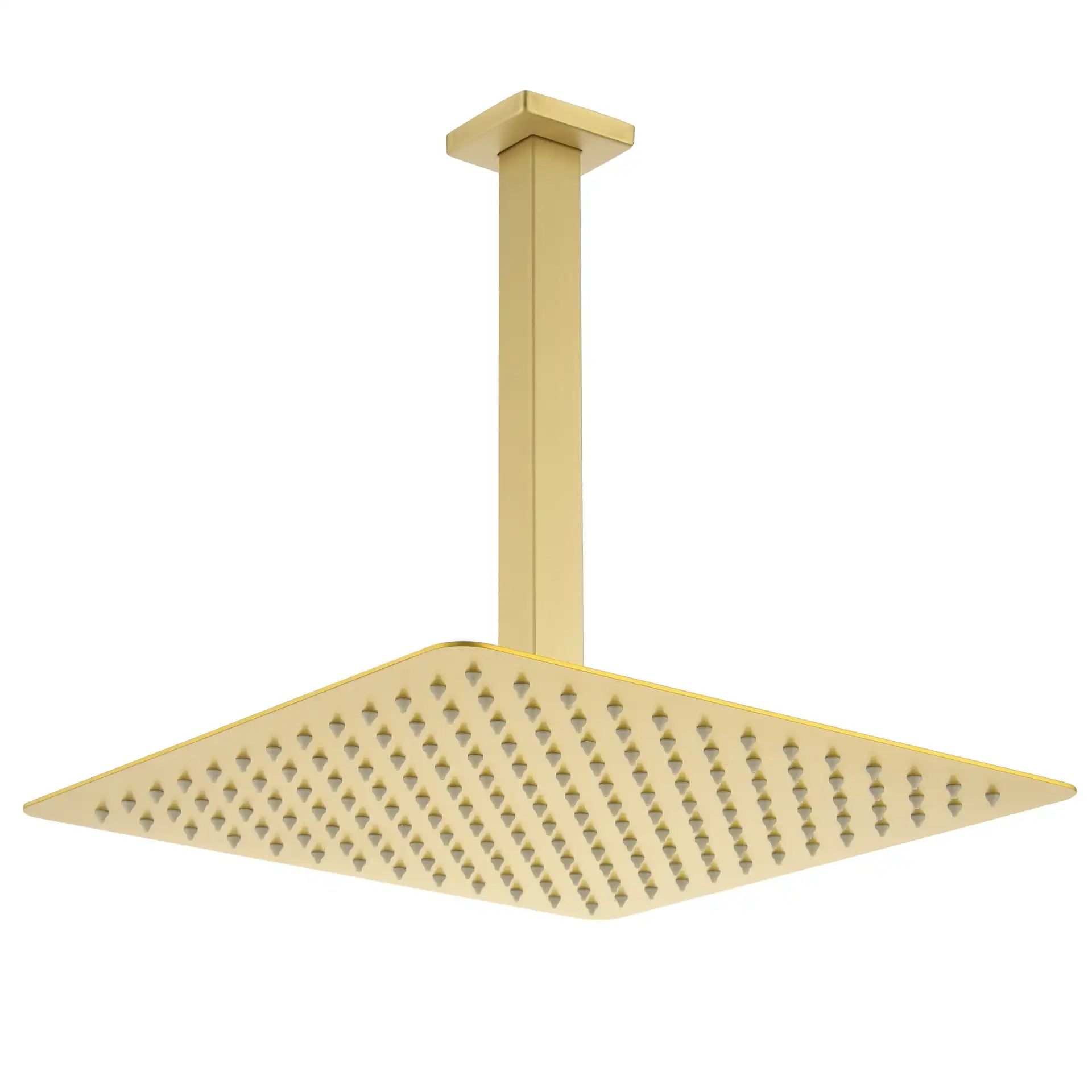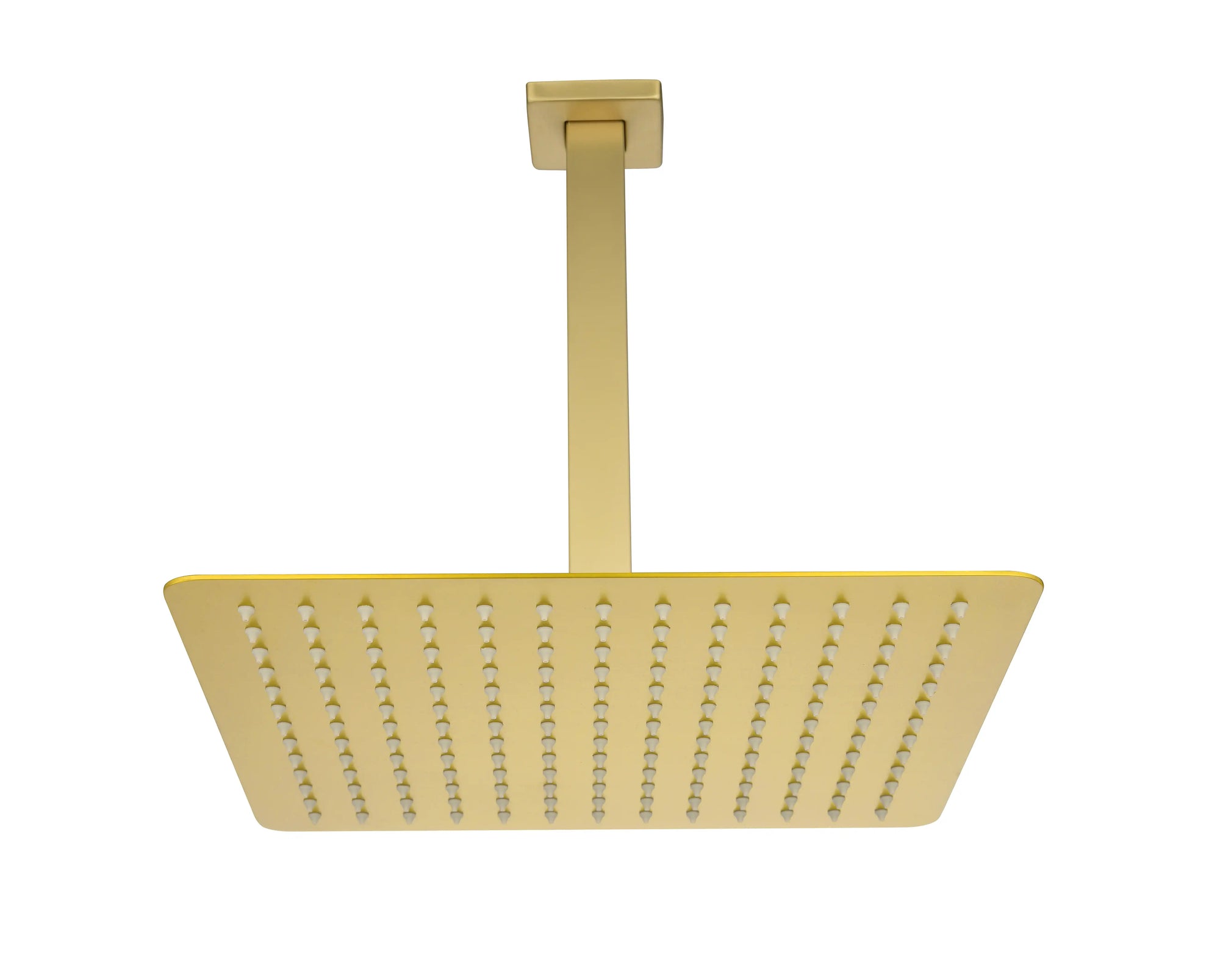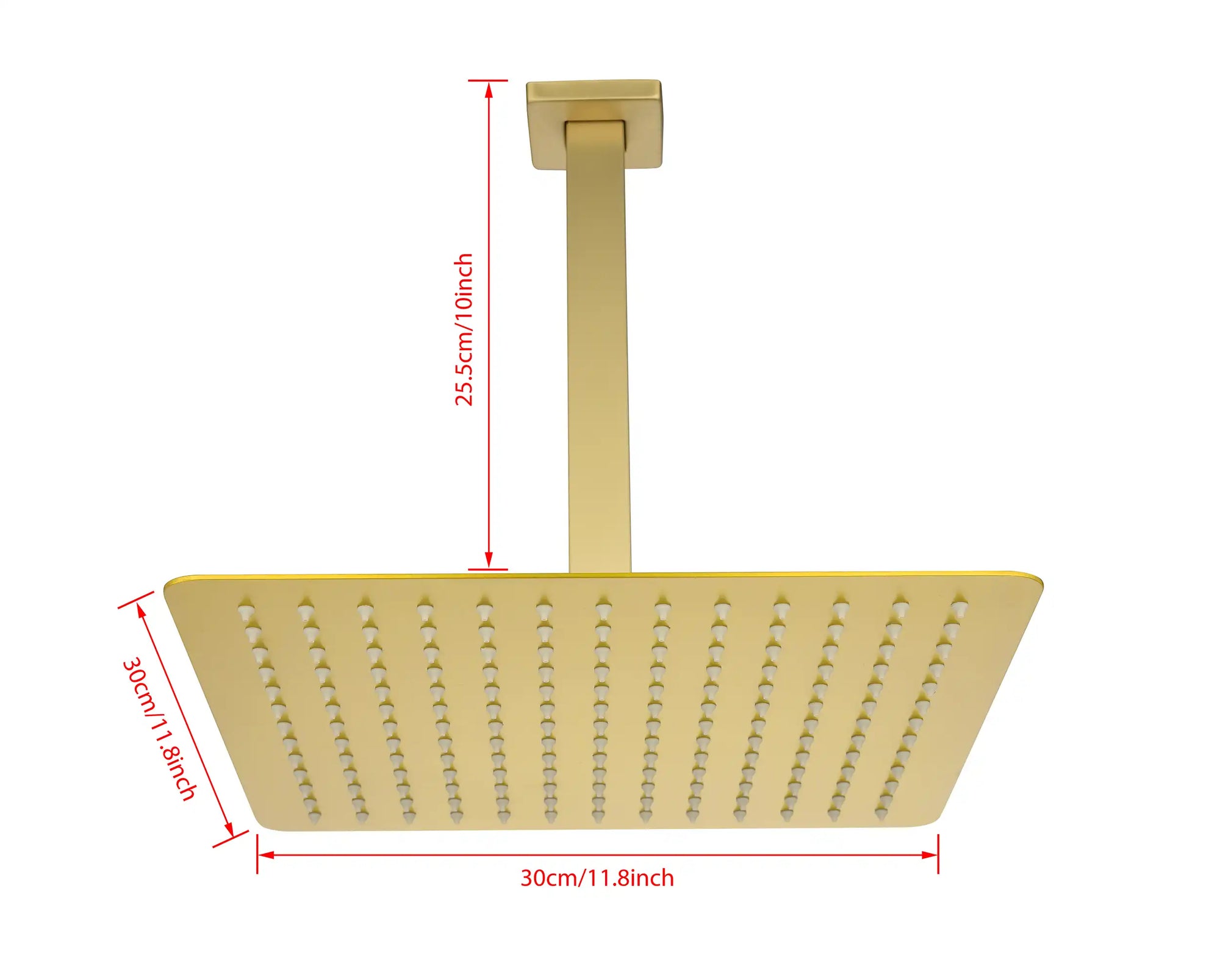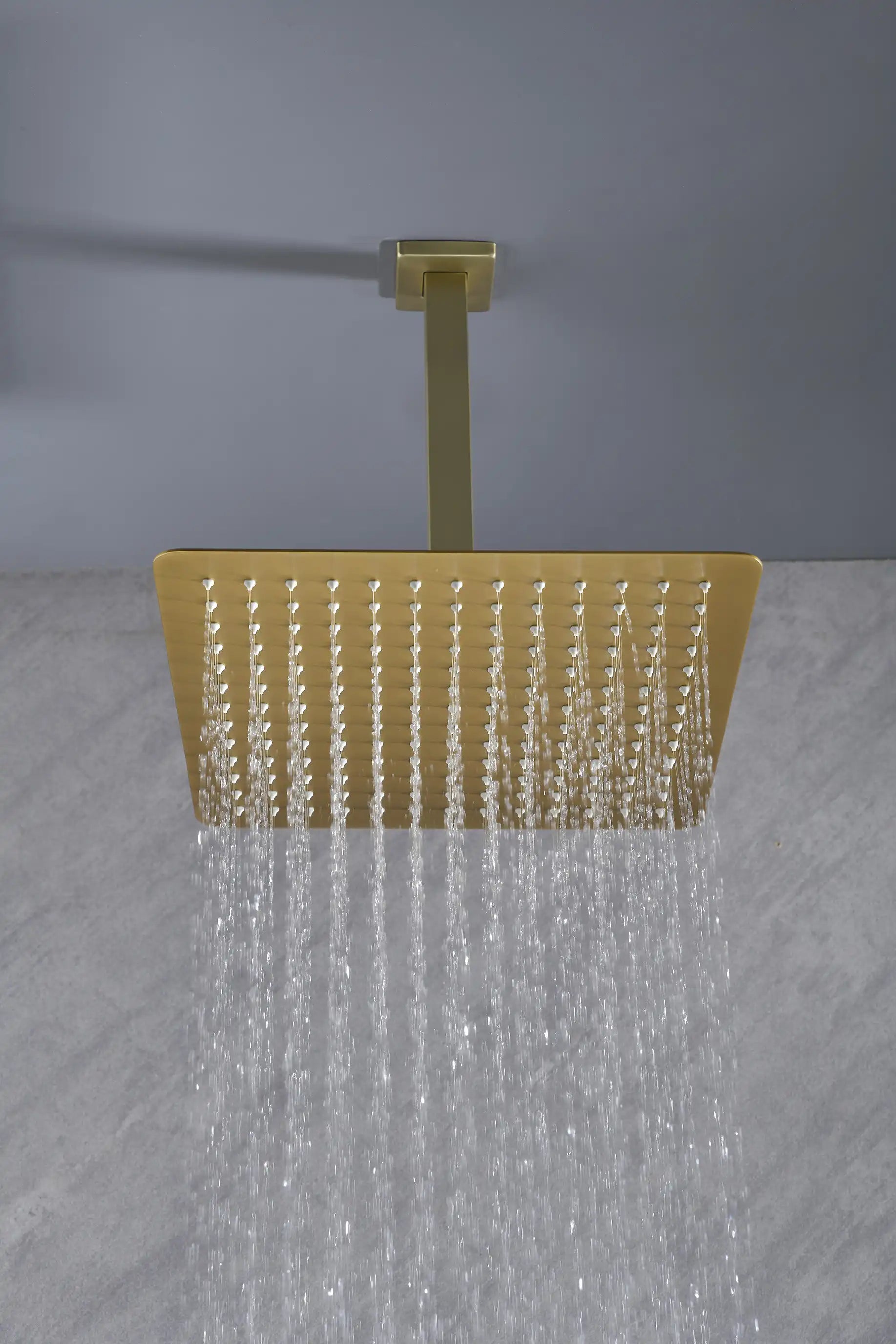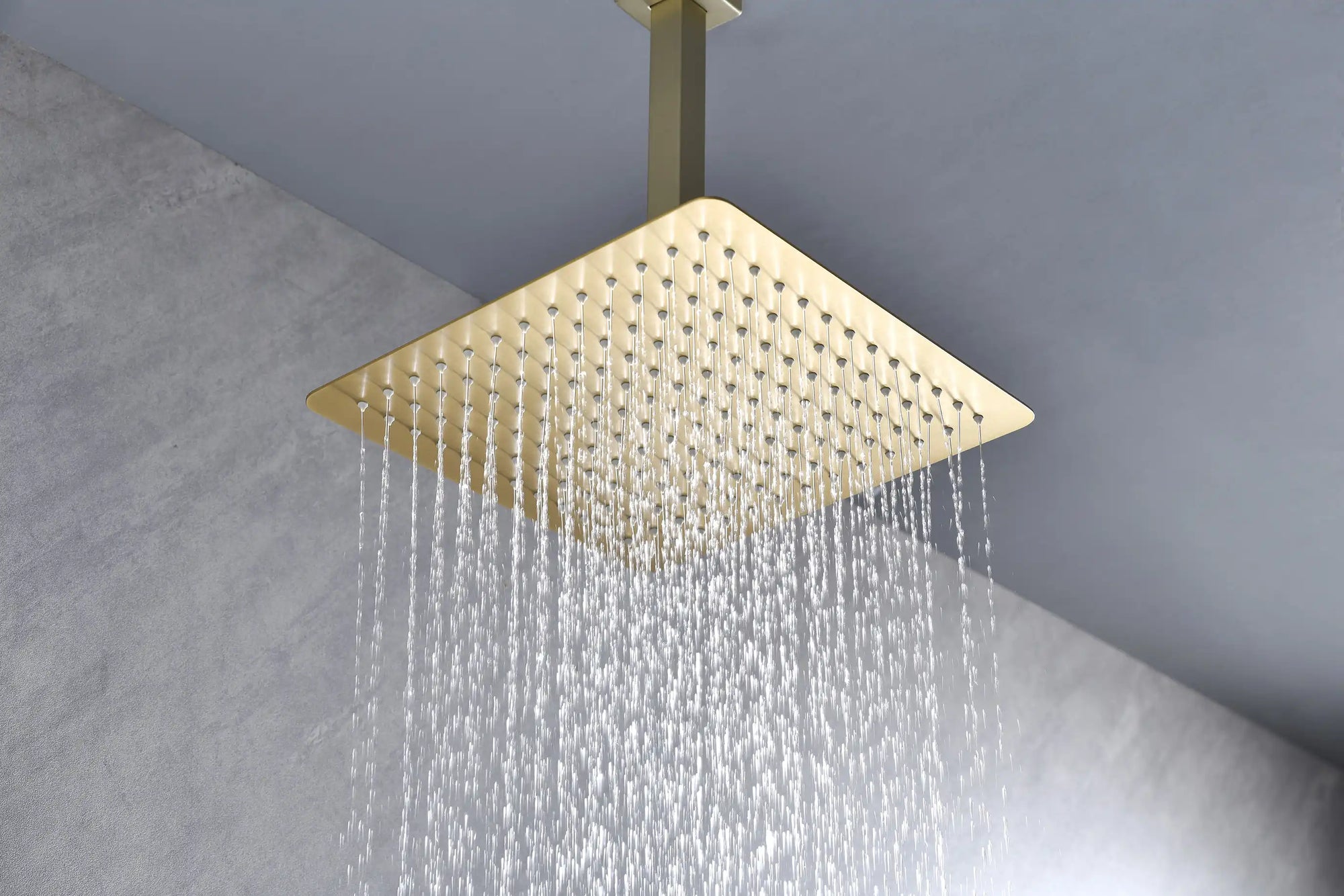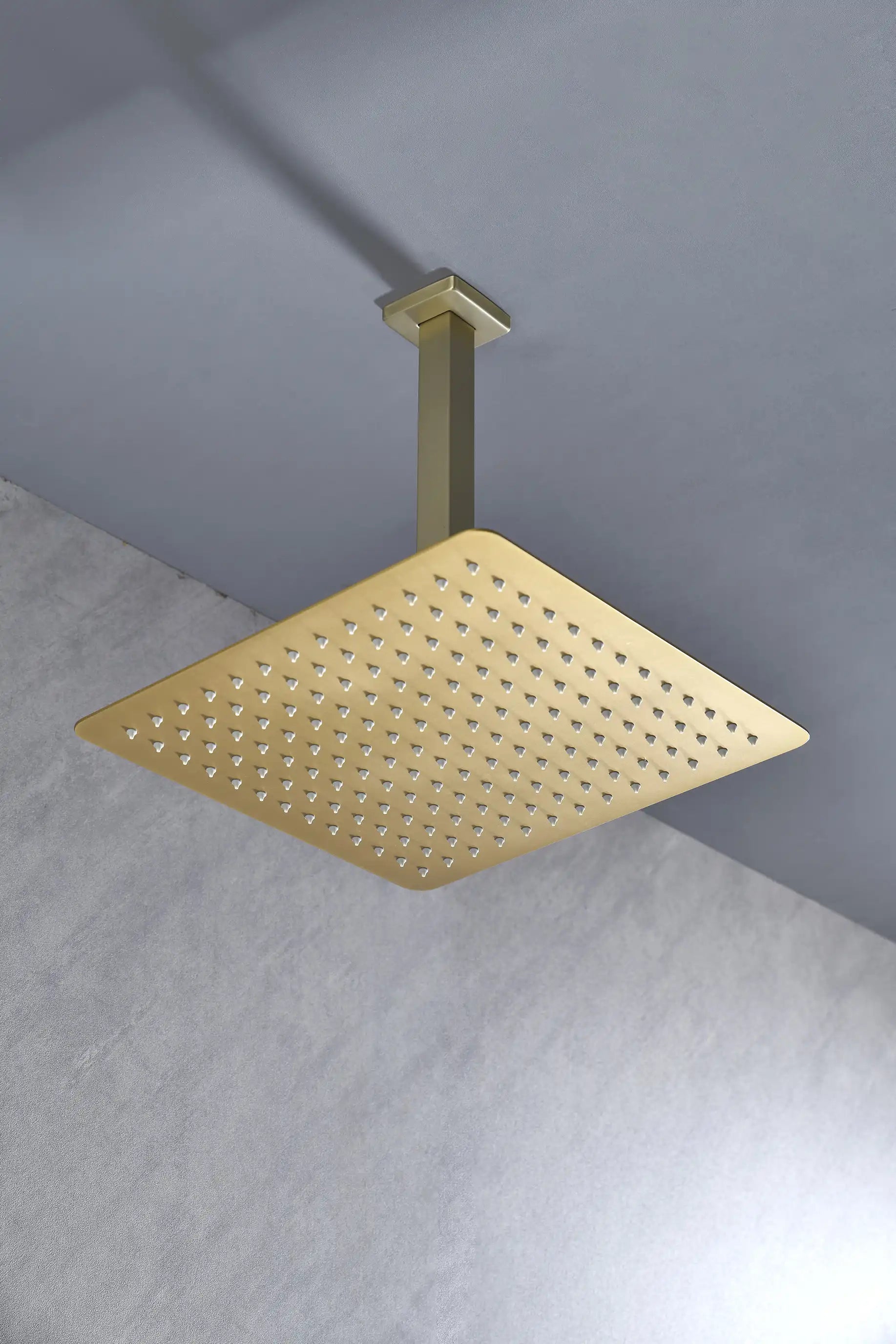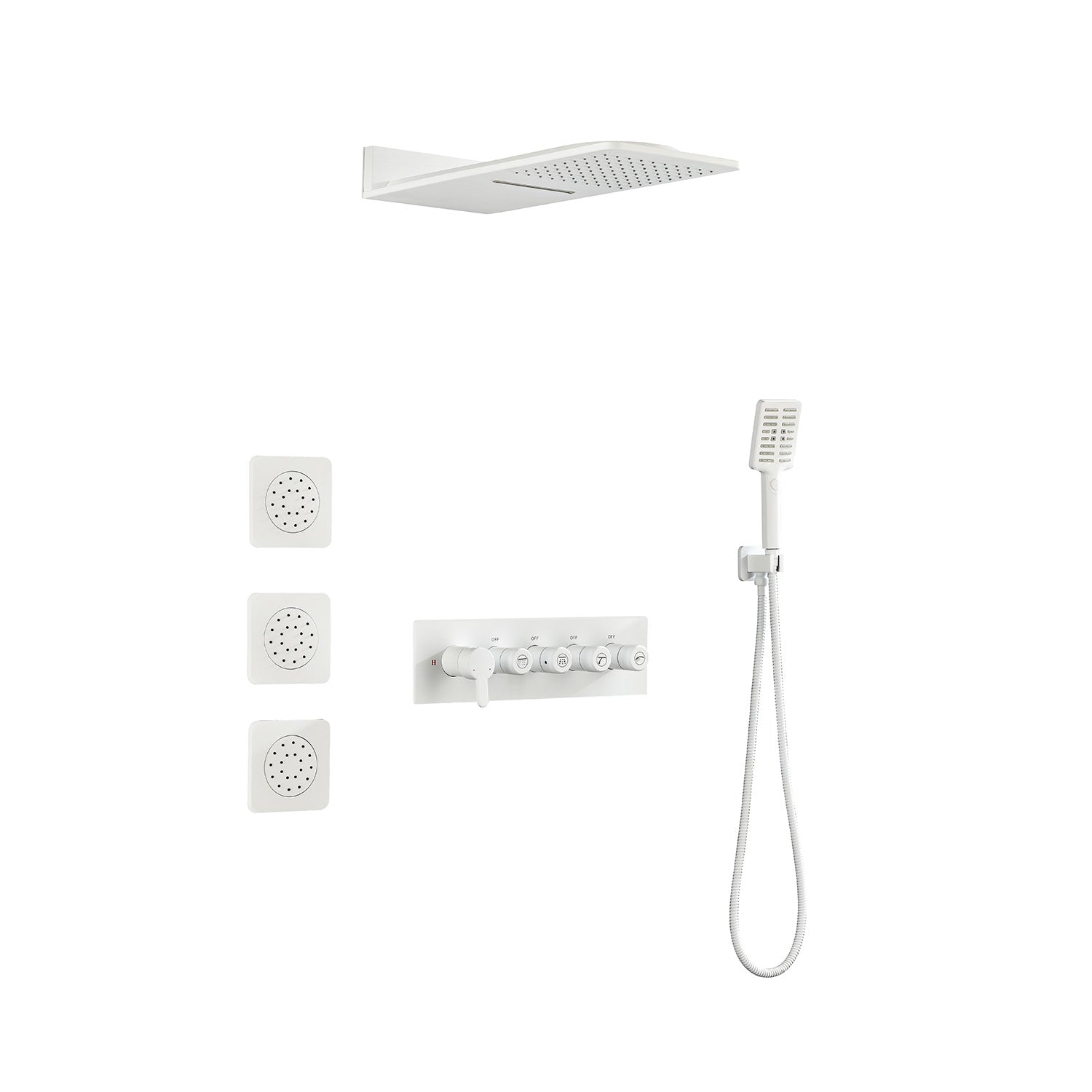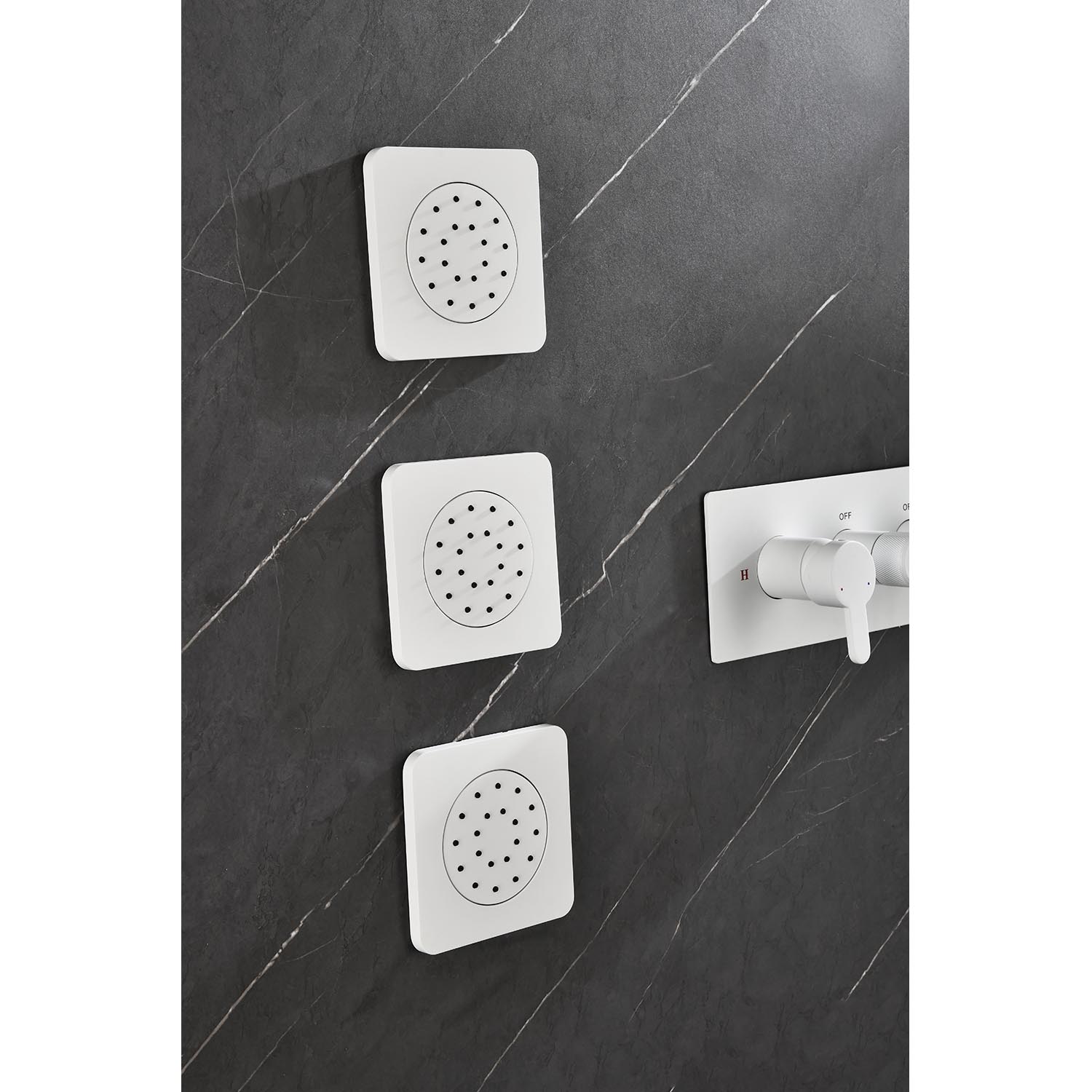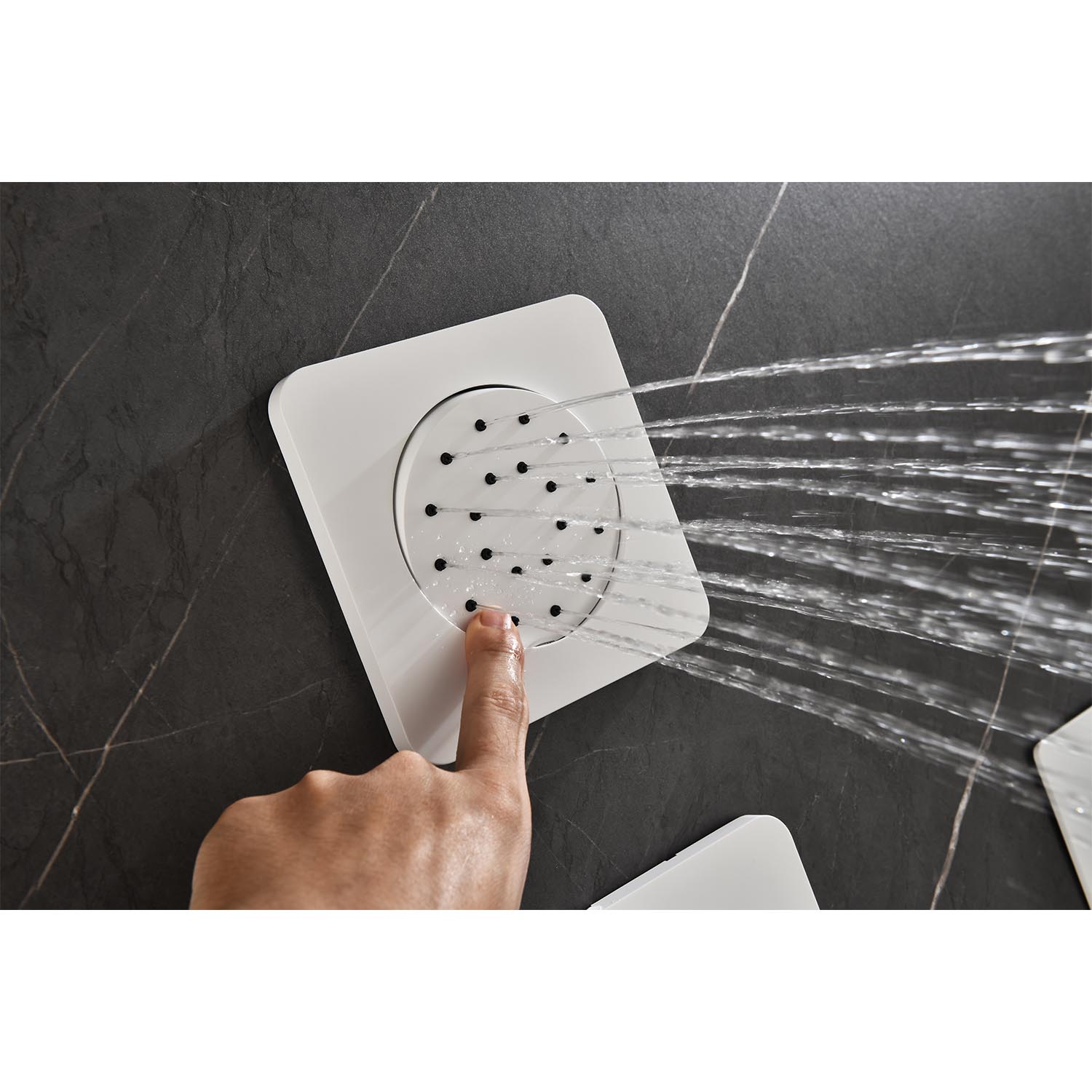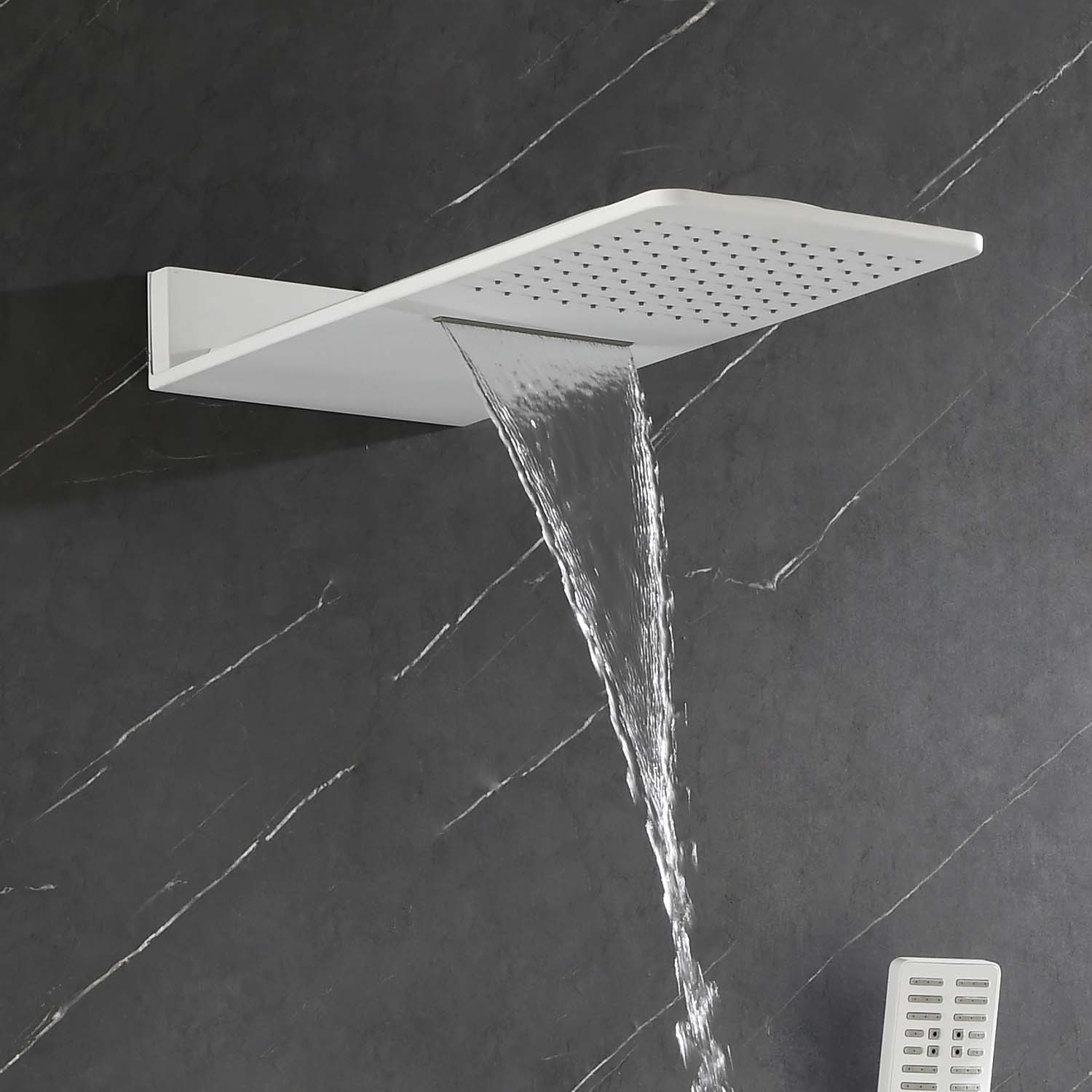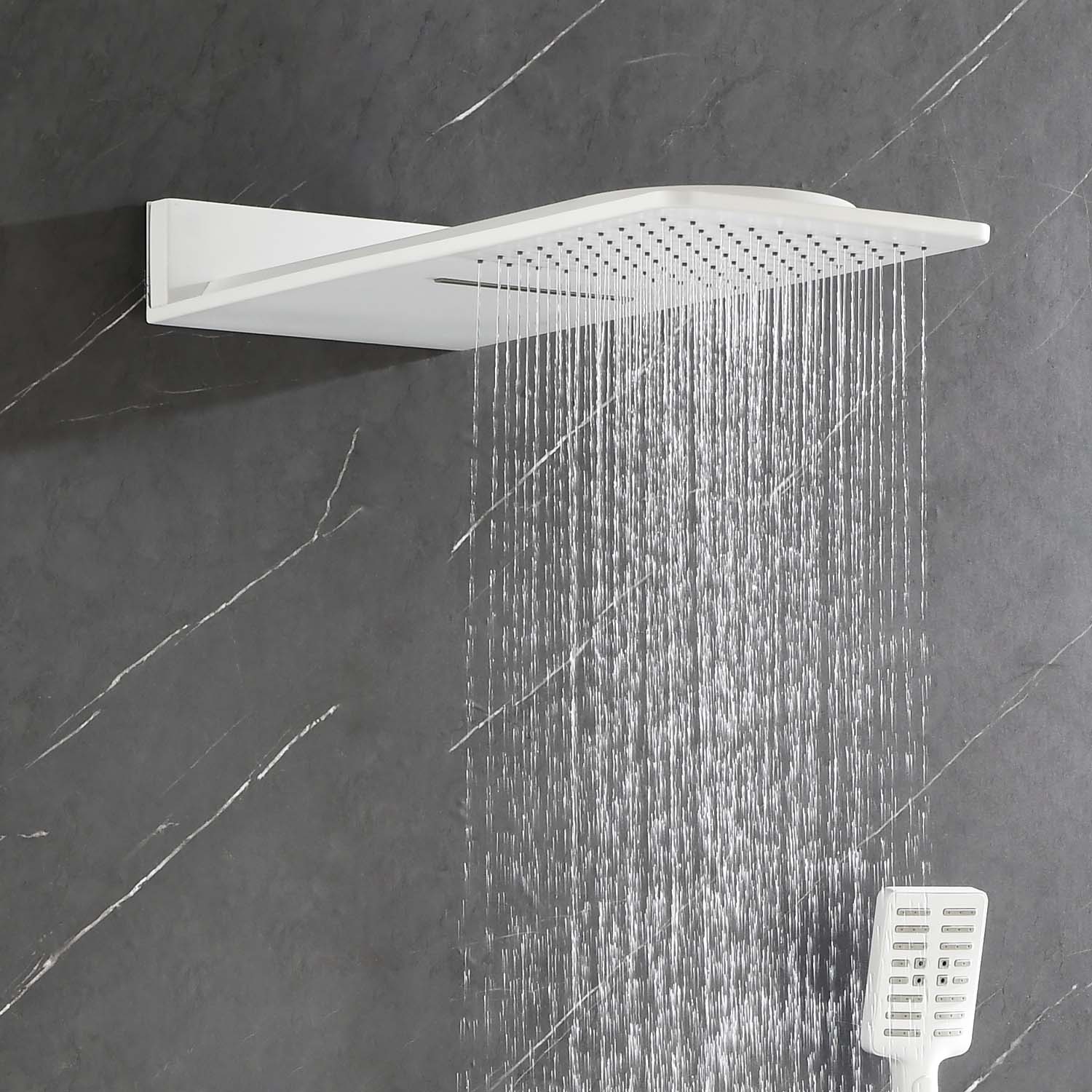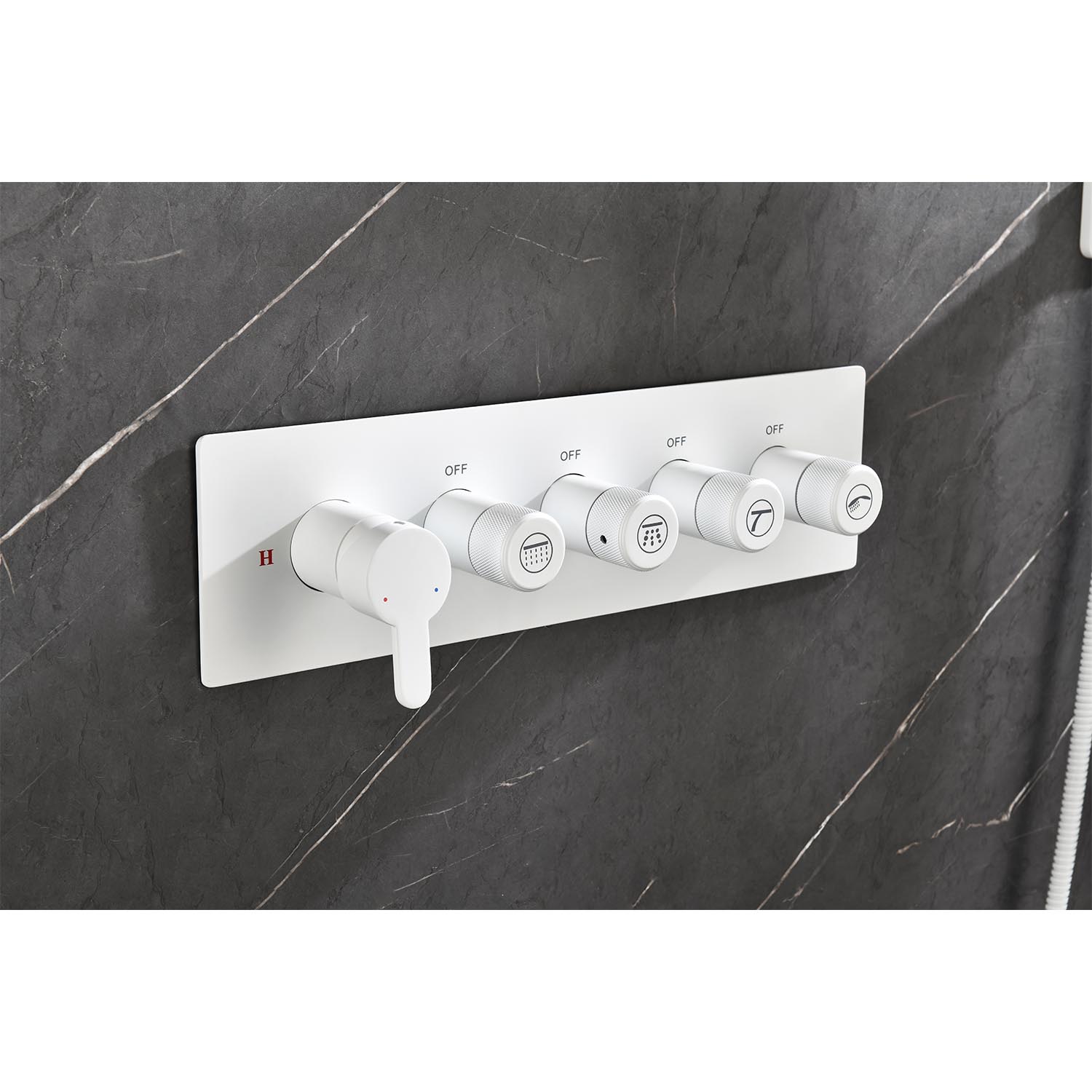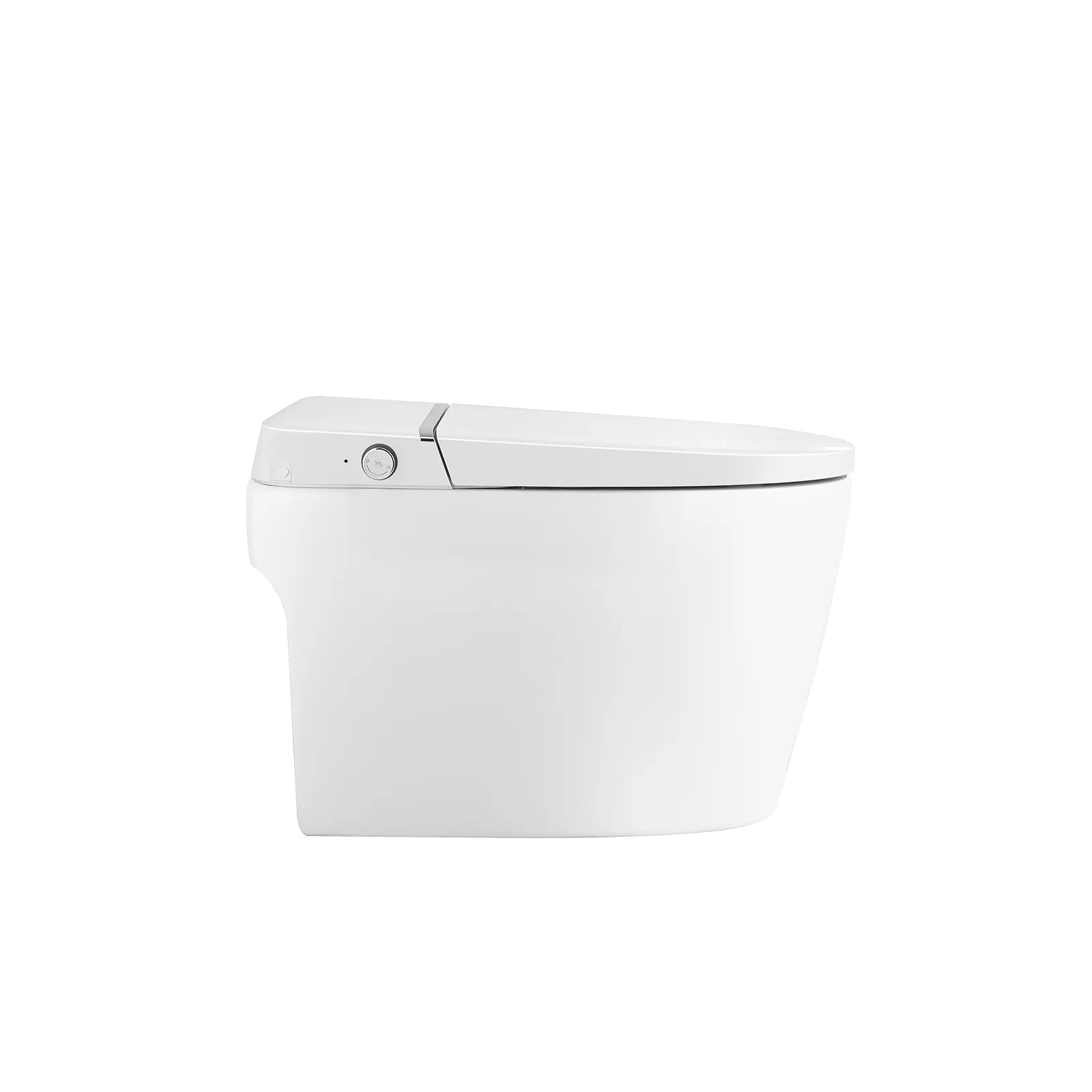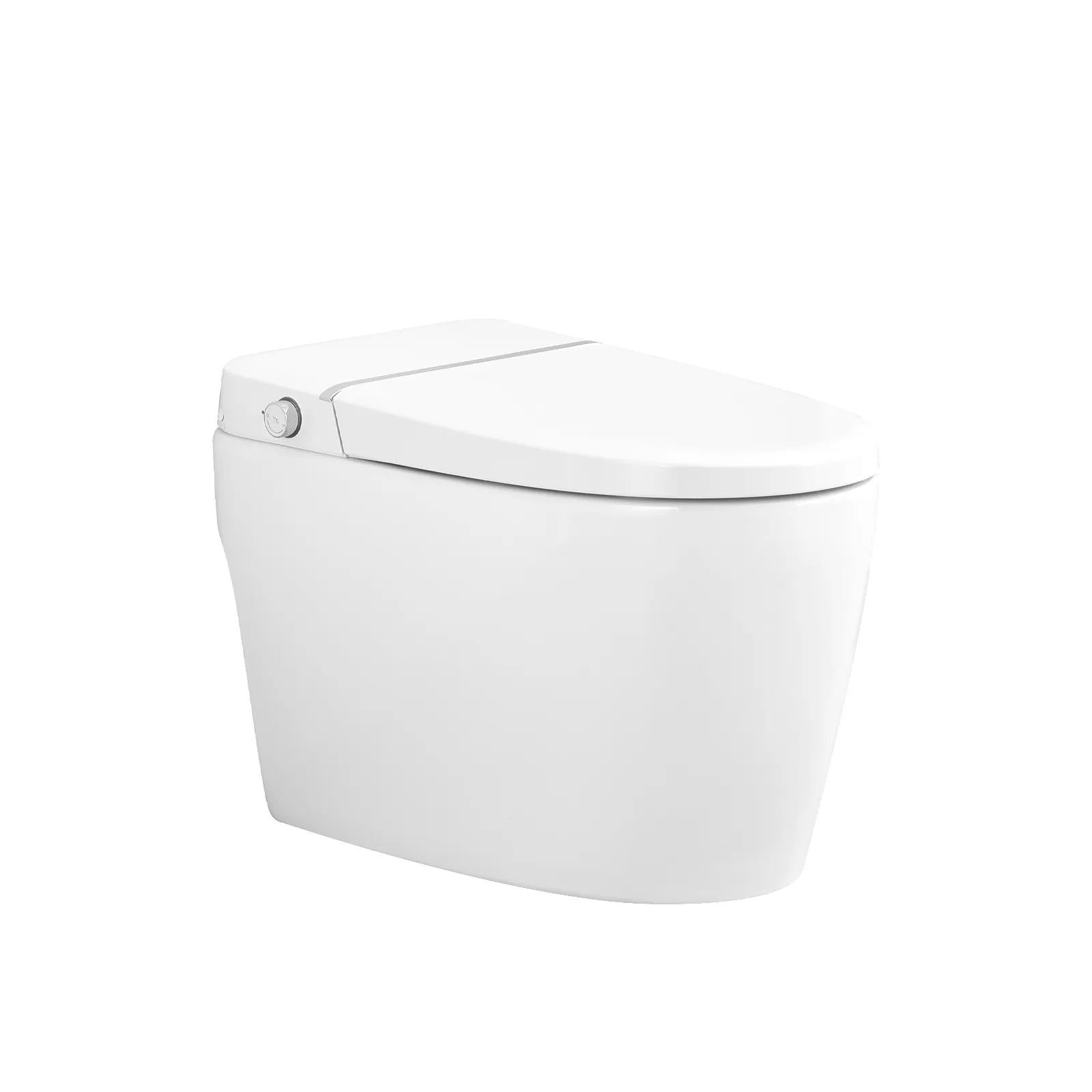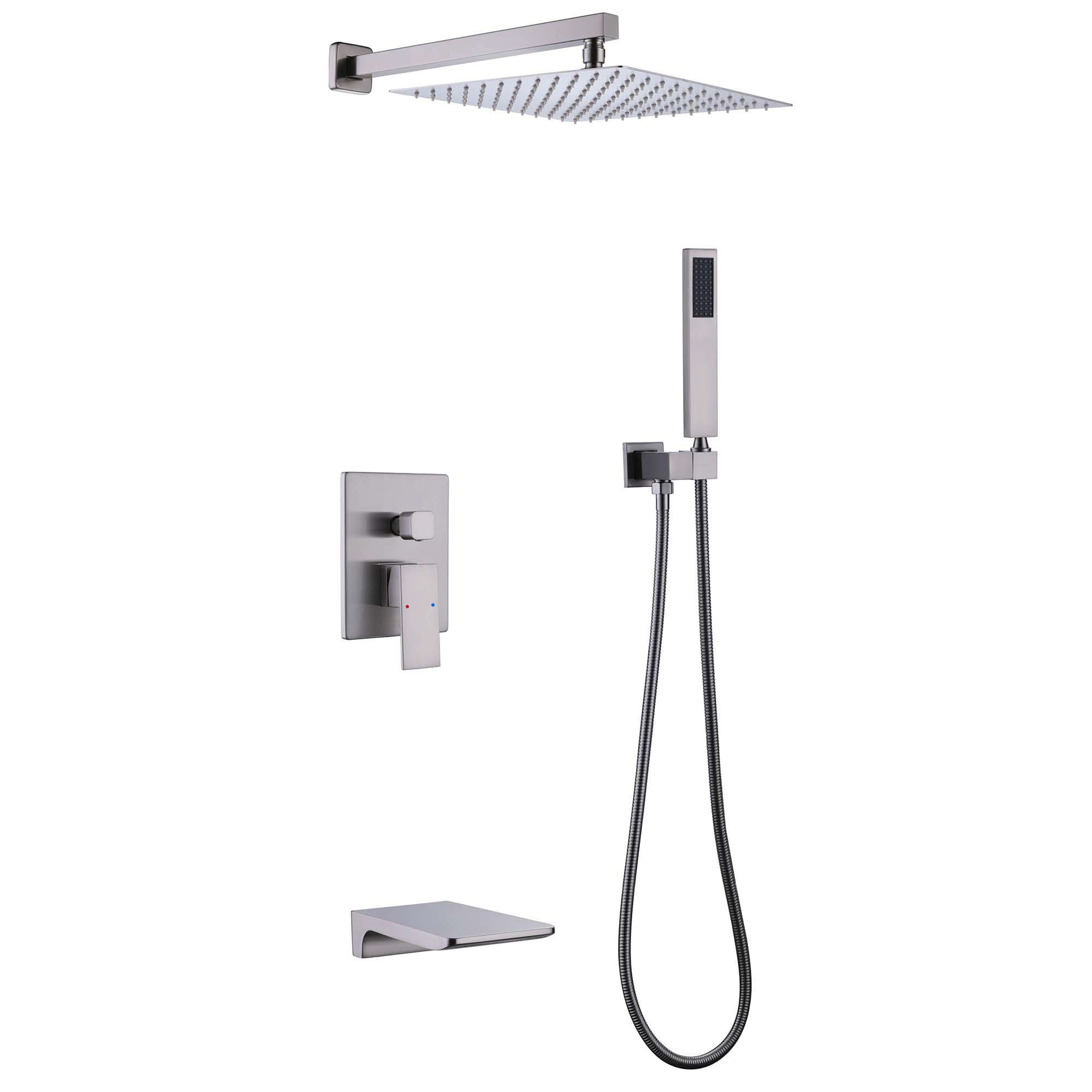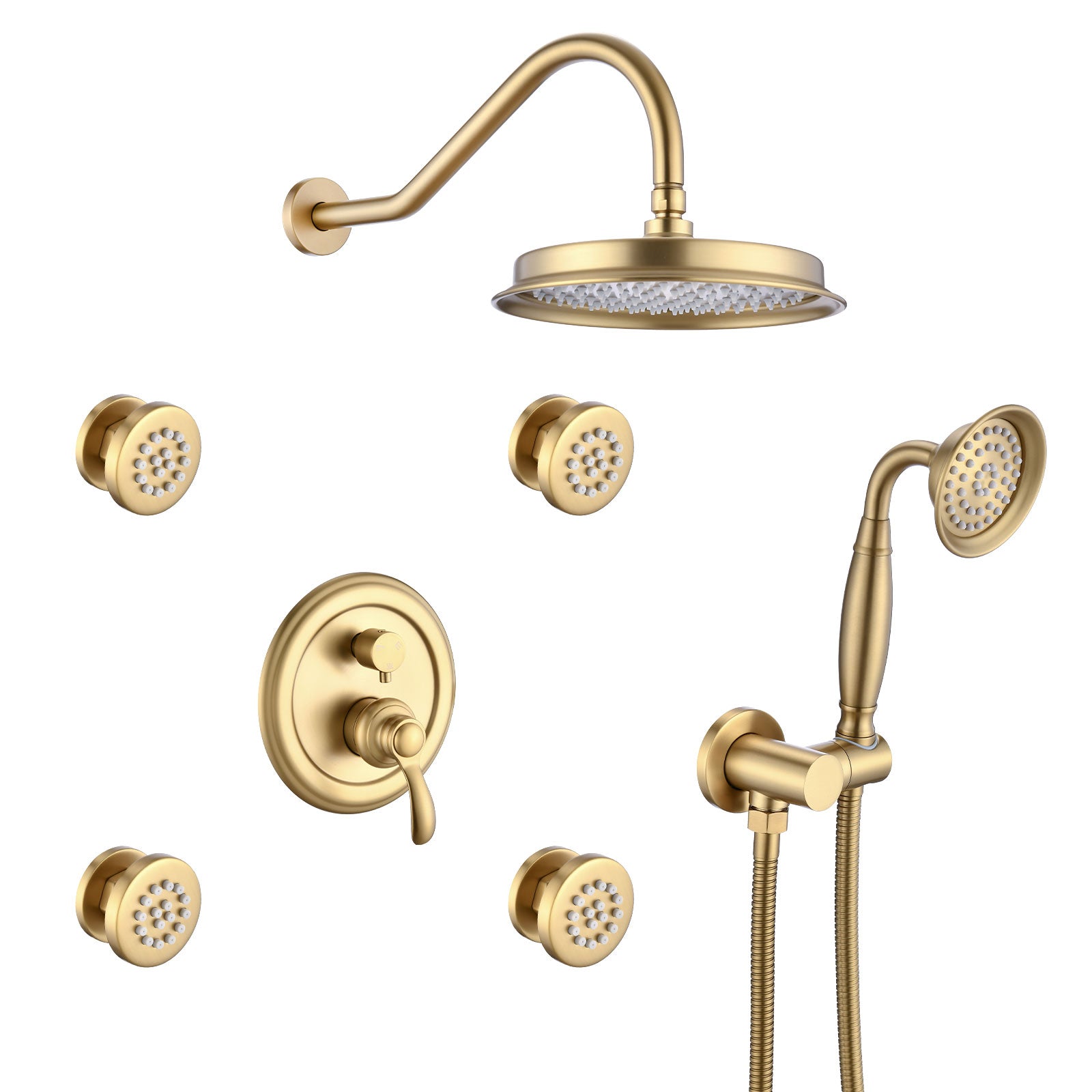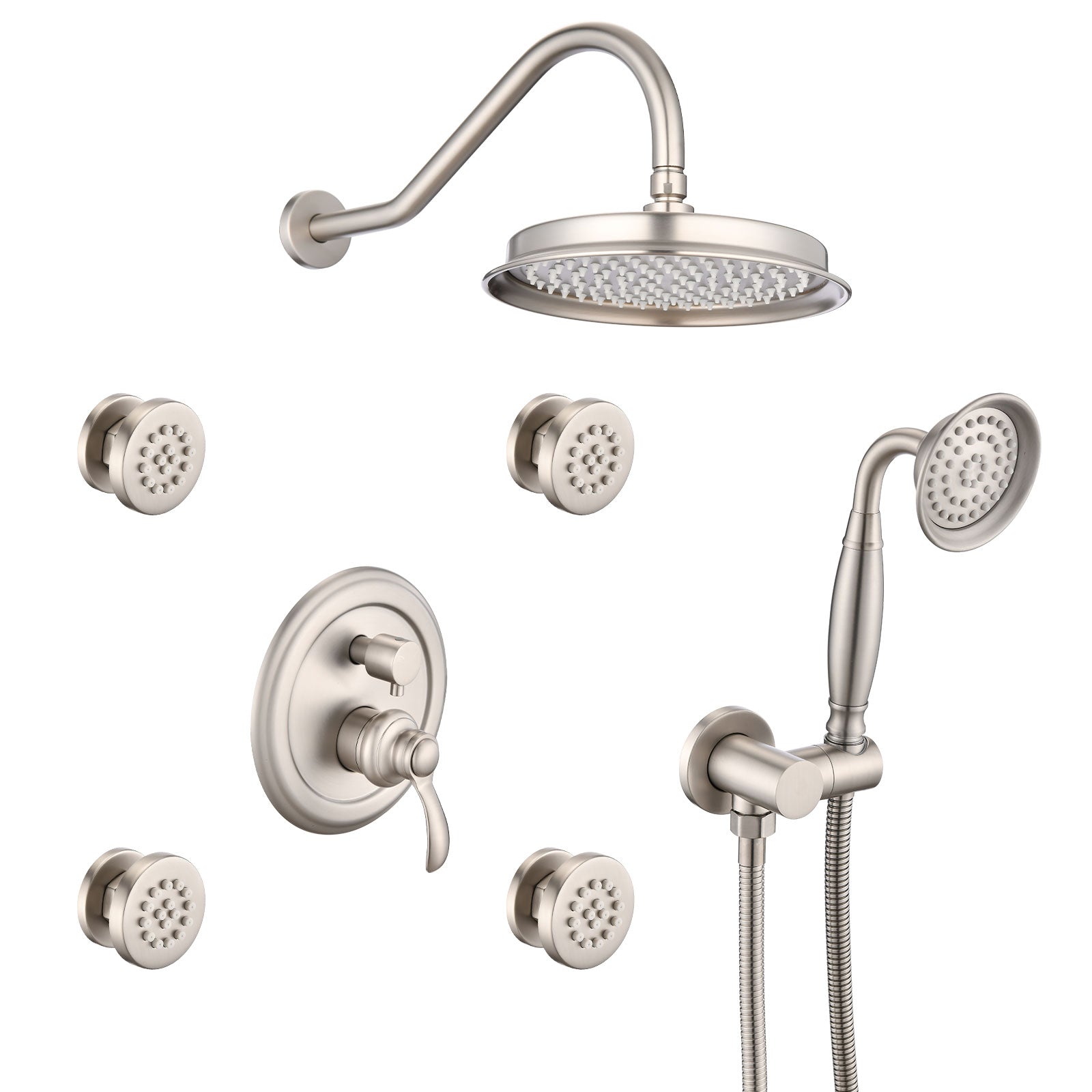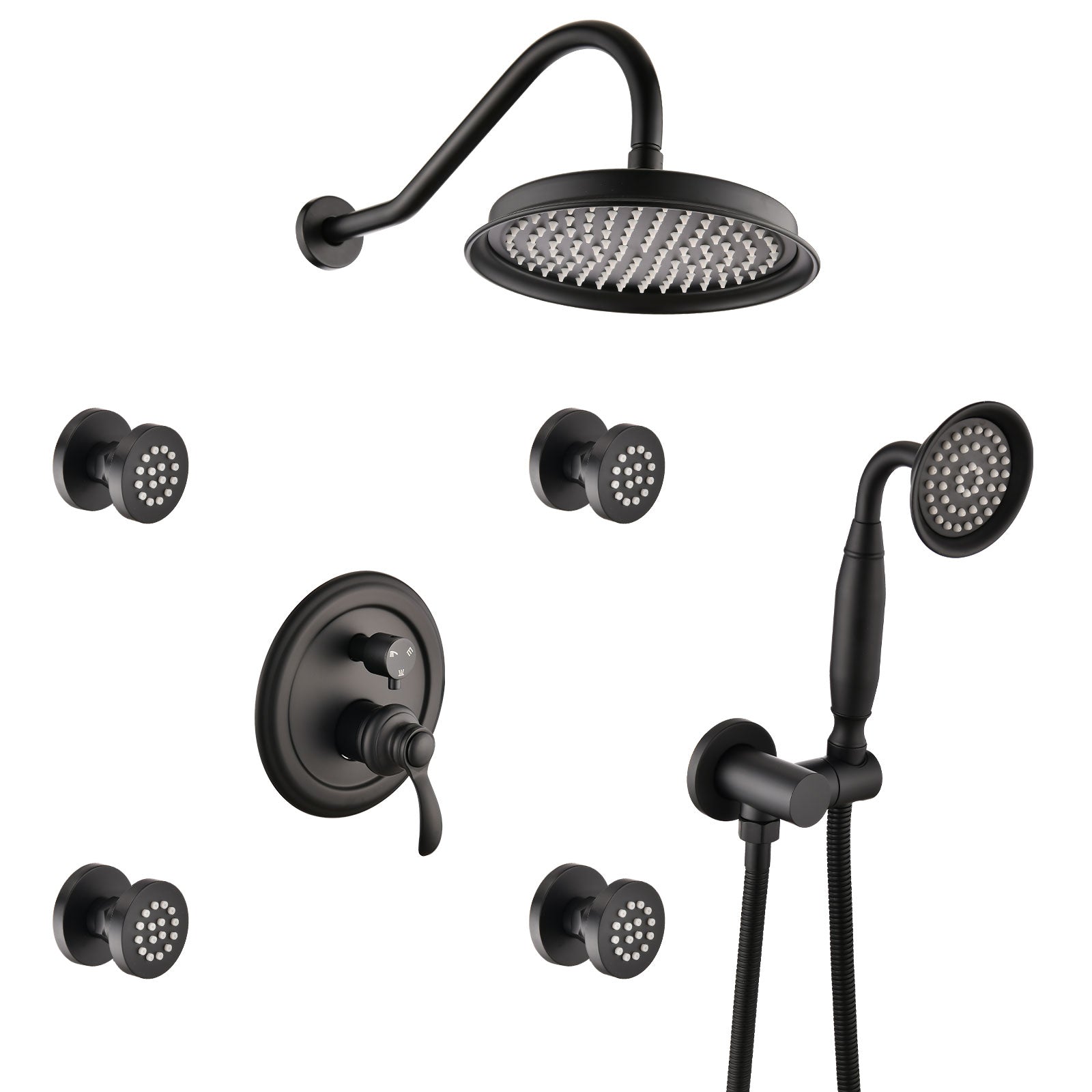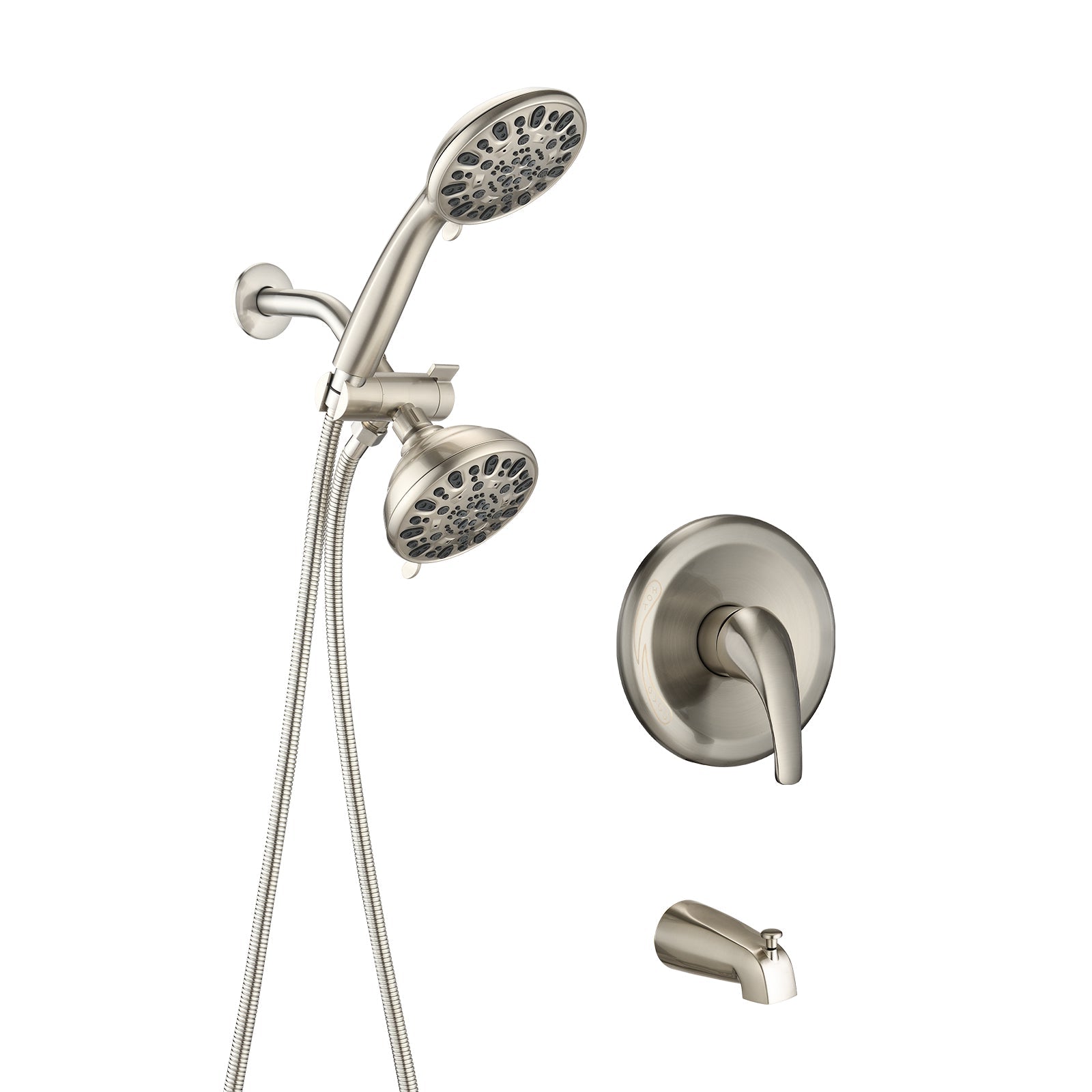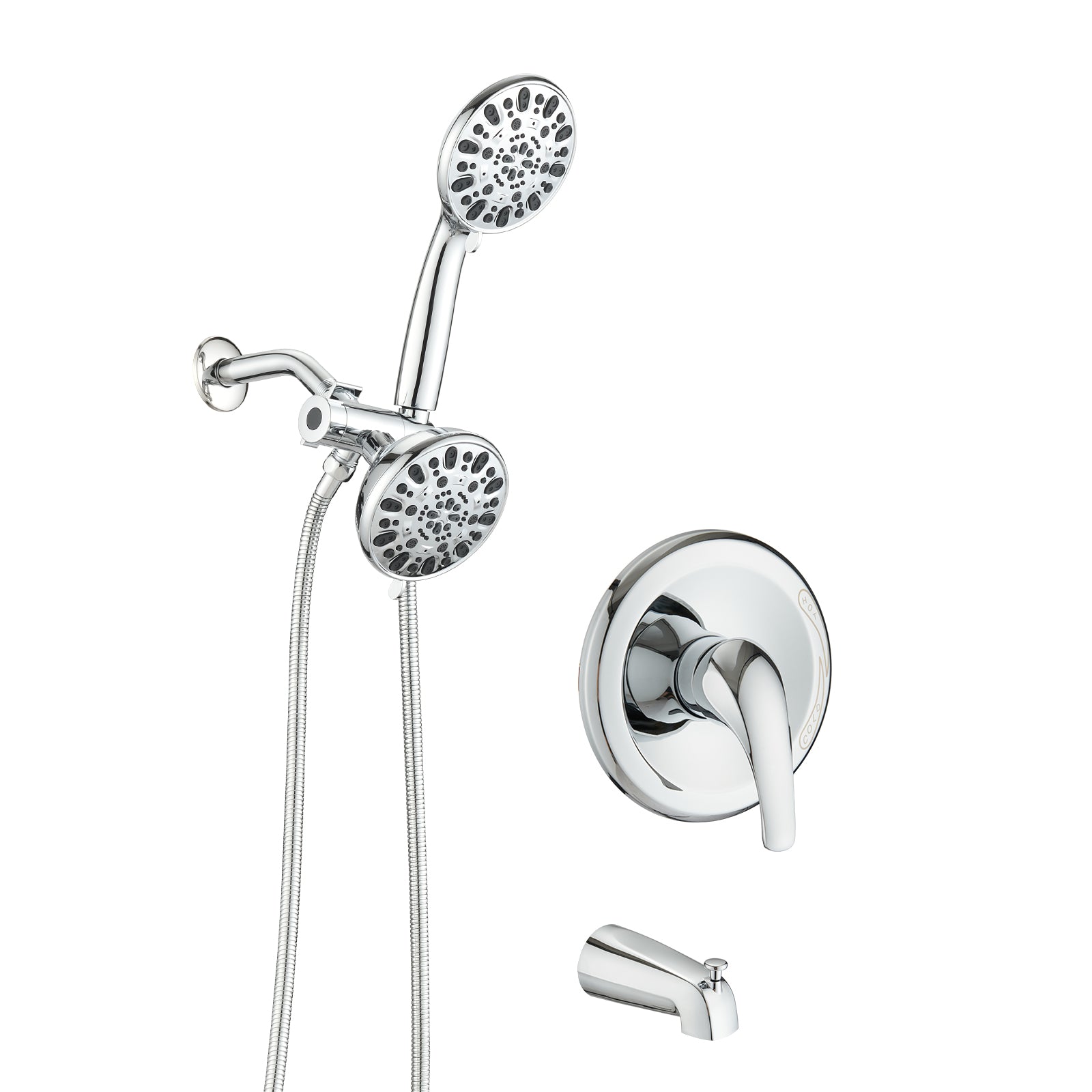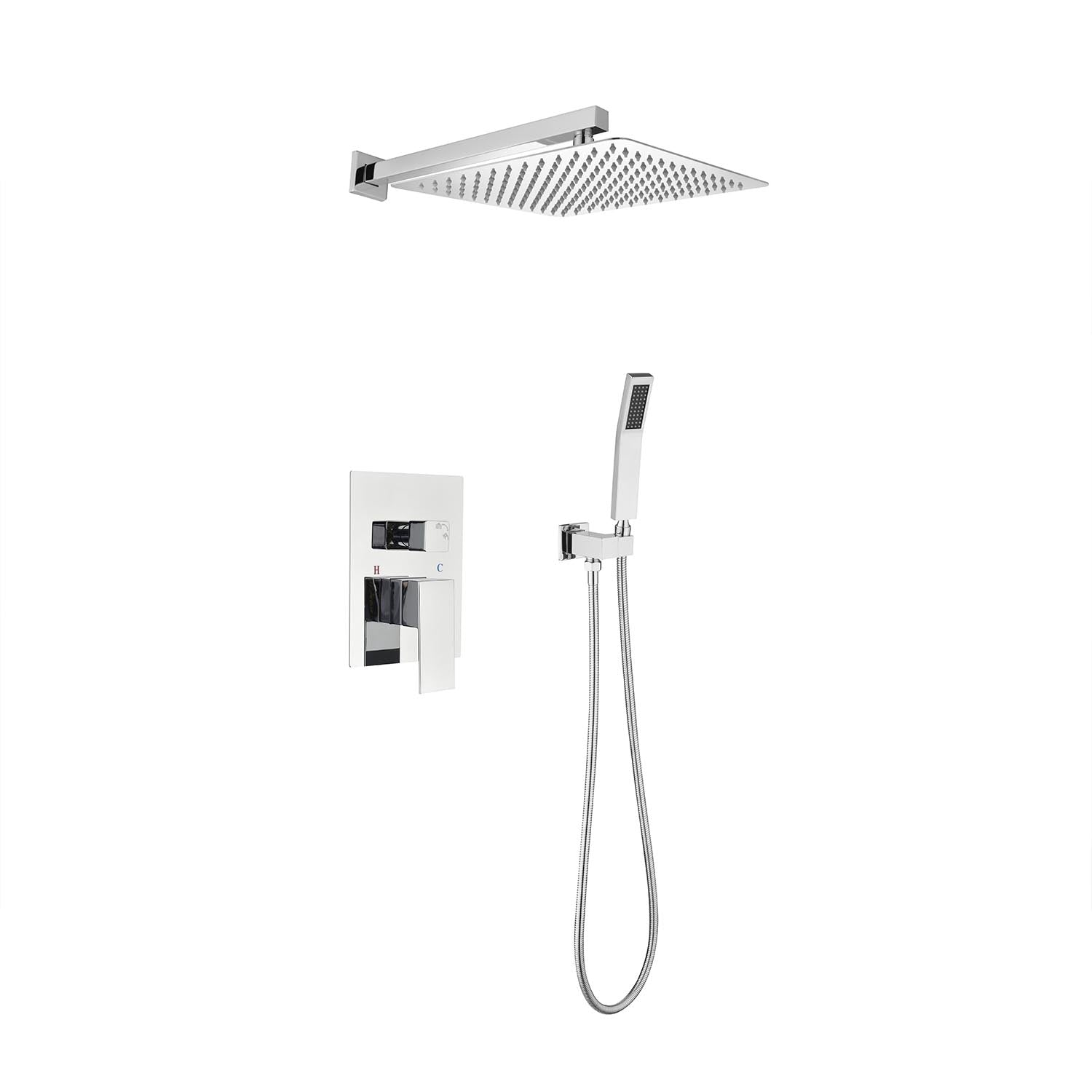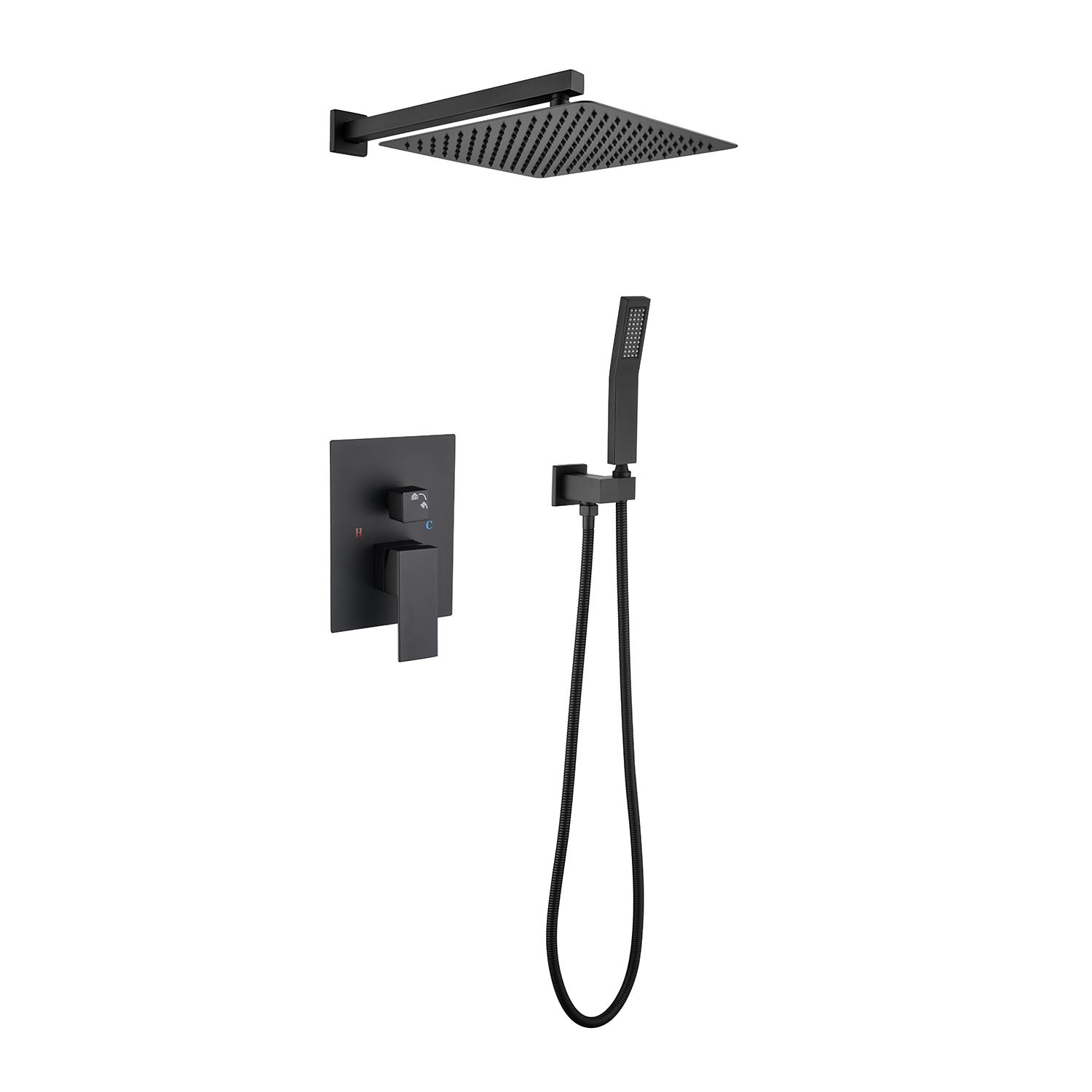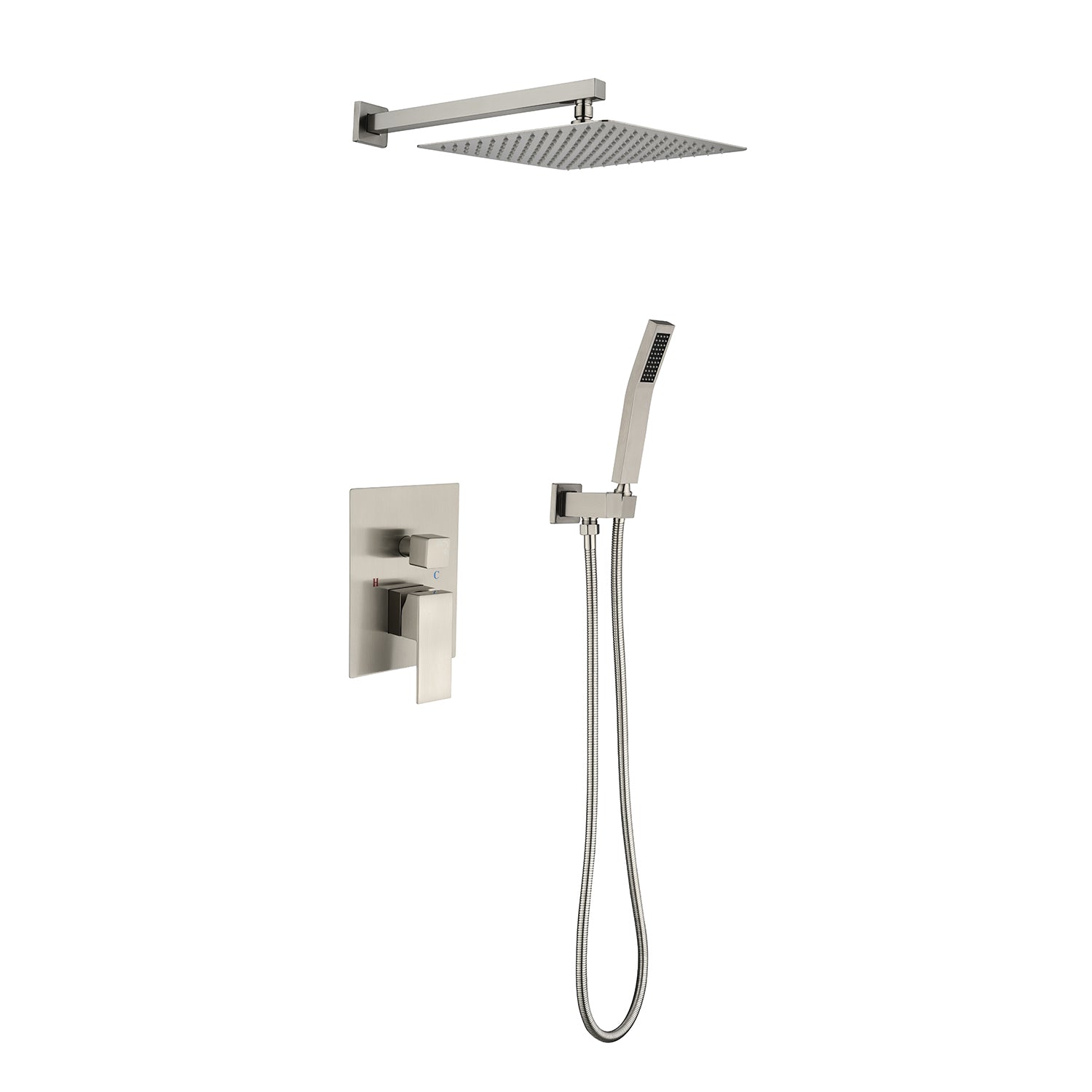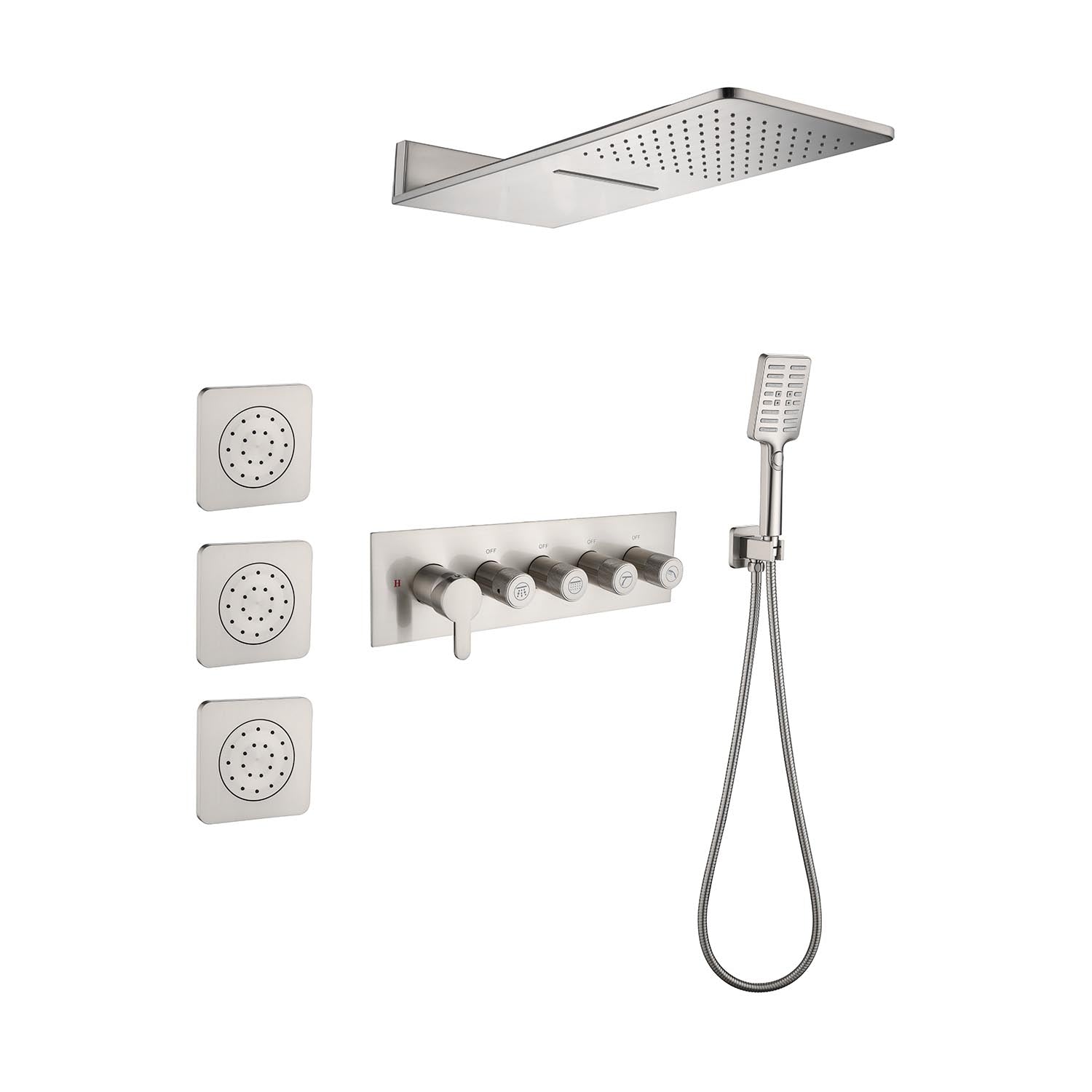Now, we all know transforming your basement into the ultimate bathroom sounds great on paper, right? Well, that is until you reach the plumbing hurdle. You know what I mean: gravity. Or rather, the lack of it. And that’s where a basement shower upflush system come in.
In this post, we are going to peel back the curtain on what this plumbing wonder is, why it should concern you, and how it works. Keep reading if you are in the process of remodeling, doing things yourself, or just seeing how to make your house worth more (and finally use that basement for something other than all those Halloween decorations).
Table of Contents:
- 1. No More Jackhammers: Easy Installation Without Breaking the Floor
- 2. It Works Where Gravity Doesn’t: How It Handles Basement Drainage Like a Pro
- 3. Flexible Layouts: Design Freedom You Never Knew You Had
- 4. Cost-Effective and Budget Friendly (Yes, Really!)
- 5. Low Maintenance, High Reliability
- Conclusion
- FAQ: Expert Answers to Your Burning Basement Shower Questions
1. No More Jackhammers: Easy Installation Without Breaking the Floor
You hear "basement shower," and your mind probably jumps to jackhammers tearing up concrete like a construction site from a movie. Enter the upflush system, which makes installing a shower in the basement more straightforward because it doesn't involve digging through the home's foundation. Not even a single crack in your beloved basement tiles, seriously.
These systems are placed above or behind your shower and use a small macerator pump to route waste water upwards to your main drain line. The result? You get a fully functioning shower without turning your basement into a dusty war zone. It’s like installing magic plumbing—no mess, no chaos, and no surprise budget busters from digging-related damage.
If you have been putting off renovations because you were worried about the mess or the cost, then this system is your sign to get going.

2. It Works Where Gravity Doesn’t: How It Handles Basement Drainage Like a Pro
Okay, now we get into the technicalities (don’t worry, not so technical, I promise). Gravity is the principle behind traditional plumbing systems, which carry waste downward. Still, in basements the plumbing fixtures are usually lower than the main sewer line. Well, unless you found the secret to reverse gravity, you could use a bit of assistance.
And this is where the basement shower upflush system comes into its own. It features a small but strong pump that kicks into gear whenever the system detects water flowing through it. The pump moves the water up, and out horizontally in small-diameter pipes to your house’s main drain.
It’s discreet, efficient, and smarter than the average pipe. And don’t worry—it’s not noisy. These days, most models are silent so the only thing you'll hear in your new shower is your favorite podcast or you singing off-key (we are not judging).

3. Flexible Layouts: Design Freedom You Never Knew You Had
One thing I learned the hard way is that traditional plumbing cages you in very rigid layouts. That walk-in shower in the corner of your spa? If the pipes don't want to do it, then it's not going to happen. But your design vision gets a whole lot more freedom with an upflush system for basement shower.
Your shower (and/or toilet, and/or sink) can go almost anywhere in the basement, since it doesn’t need to connect to existing gravity-fed lines. Looking to tuck a full-bath into a spare corner? Done. Want to create a sleek wet room look? Go for it. It works well with unconventional floor plans and creative ideas.
Good news for homeowners and renovators: you no longer have to settle for function over design.

4. Cost-Effective and Budget Friendly (Yes, Really!)
Basement renovations can get expensive fast. An upflush system for basement shower? It avoids the digging, keeps labor costs down, and usually takes less materials and time to install. That makes a project quicker, cheaper, and with fewer surprises. And believe me, the only renovation surprise you want is a tile you love on clearance.
For many a homeowner, an upflush system is usually a DIY install, assuming they are comfortable with basic plumbing. Even so, it still s cheaper overall than the traditional methods, even if you hire a professional. Or, in other words, more money for nicer tiles, a much better showerhead or a pizza party post-reno.
5. Low Maintenance, High Reliability
I get it — adding “maintain plumbing pump” to your already packed to-do list sounds like a hassle. But good news: these systems are built to last and require very little upkeep.
Upflush systems are sealed and most of the time have self-cleaning features to keep the unwanted odors away. And, today, model are made to deal with anything from shower water, to, depending on the model, other sources like the kitchen sink and washing machine greywater. A quick glance from time to time, and that is all.
And if things go wrong? It is easy to get to the unit when servicing it. No secret plumbing, no holes in the floor, just a clean panel and a screwdriver. You can manage this—and no, you are not going to have to become a plumber or a wizard to do it.
Conclusion
If you’ve been considering of converting your basement into a cozy living area, consider this your sign: an upflush system for basement shower is your new hidden shortcut. Installation is simple, it defies gravity, it saves you money, and it's flexible enough to bring your design wishes into reality.
So dream big for that basement of yours! The plumbing’s got your back.
FAQ: Expert Answers to Your Burning Basement Shower Questions
Q1: Can I really install an upflush system myself?
A: If you're handy and comfortable with basic plumbing tools. Most systems come with detailed instructions, and with a bit of patience, you can DIY it. Not confident? A plumber can get it done quickly and still cost less than traditional installations.
Q2: Is it safe and sanitary to use an upflush system?
A: 100%. These systems are sealed, odor-proof, and designed to meet plumbing codes. As long as it’s installed properly, it’s just as safe as your regular bathroom.
Q3: How loud is the pump when it’s running?
A: You might be surprised—modern units are whisper-quiet. You’ll hear a soft hum, if anything, and it only runs briefly when water is draining.
Q4: What happens if the power goes out?
A: Since the pump is electric, it won’t function during an outage. But you can still use the bathroom as long as water isn’t draining—just avoid showering or flushing until the power returns. For areas with frequent outages, consider a backup power supply.
Q5: Can I connect a toilet and sink to the same system?
A:
Basement Toilet and Shower Pump System Installation: Solve Drainage Problems Easily
